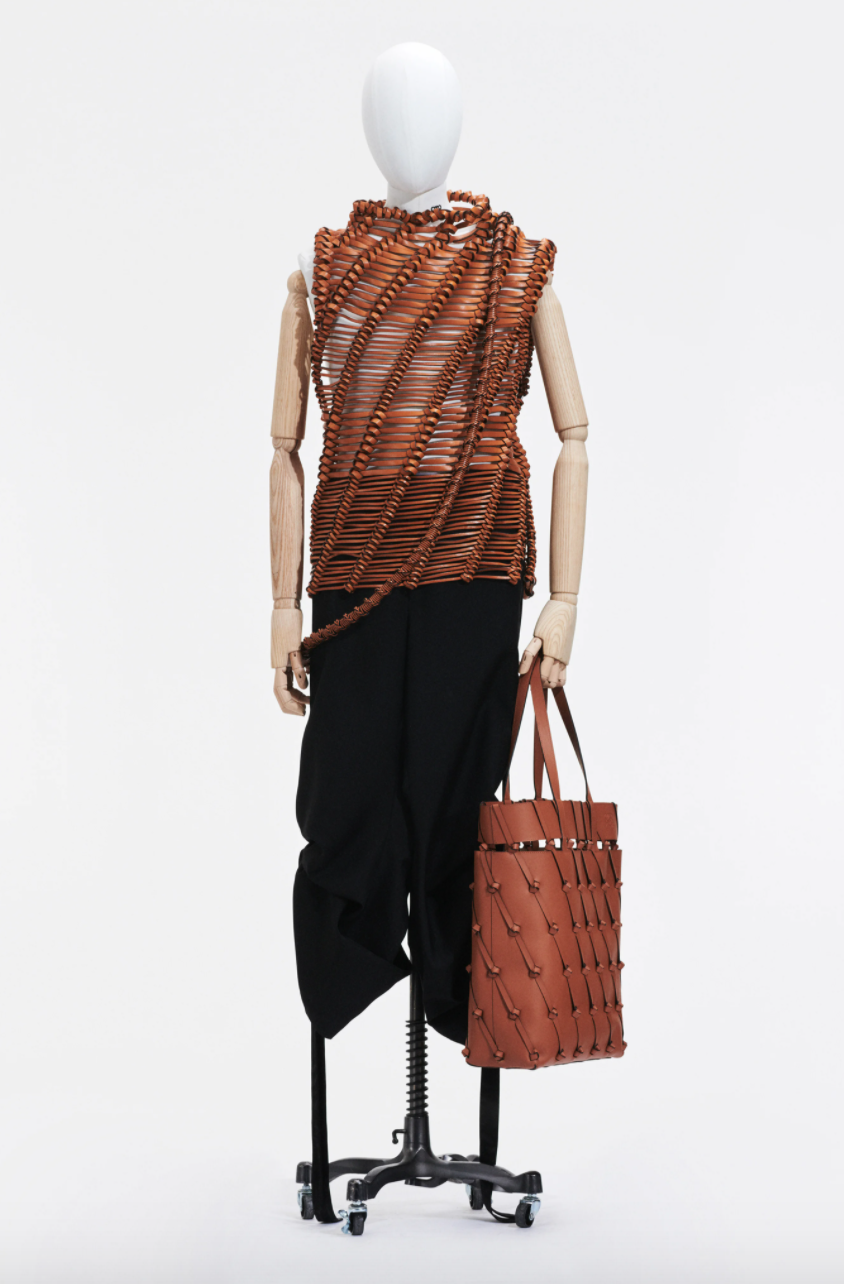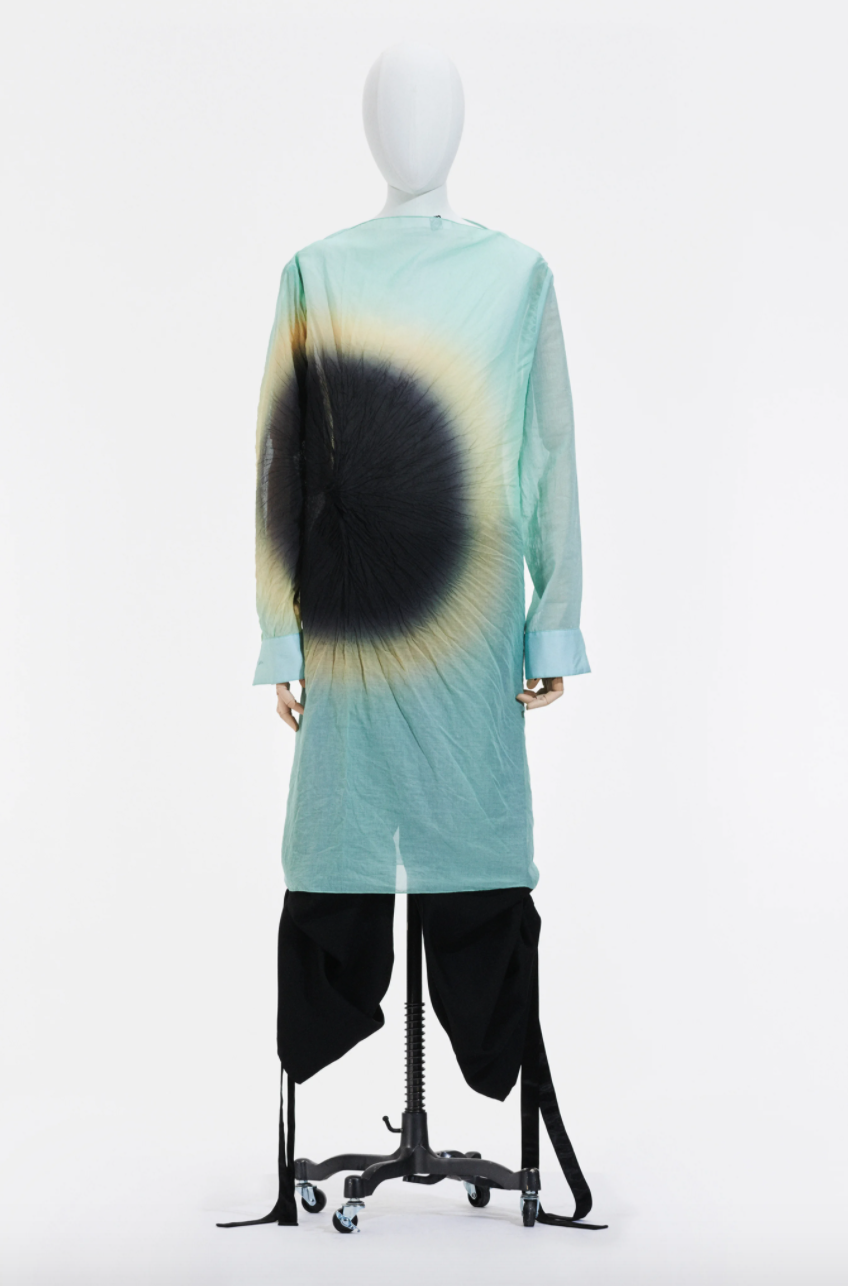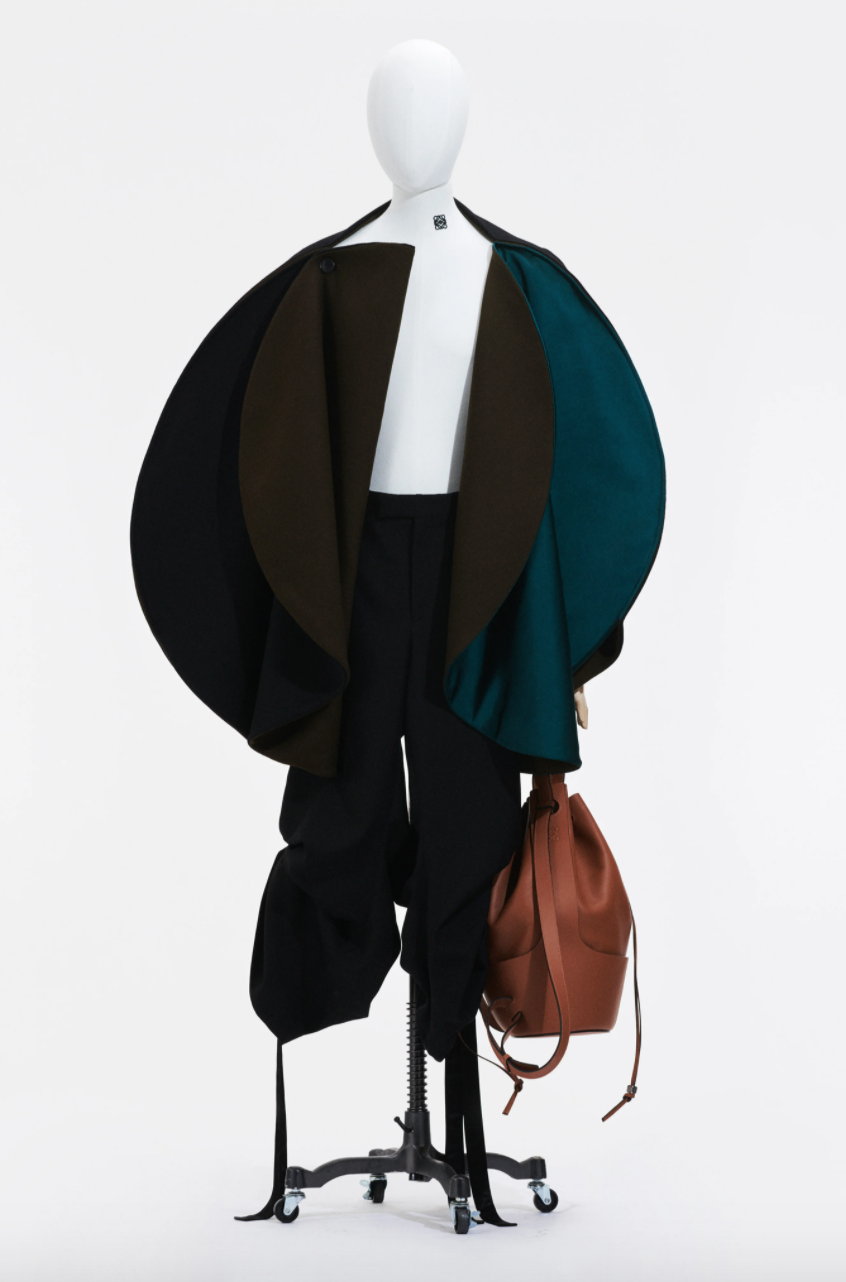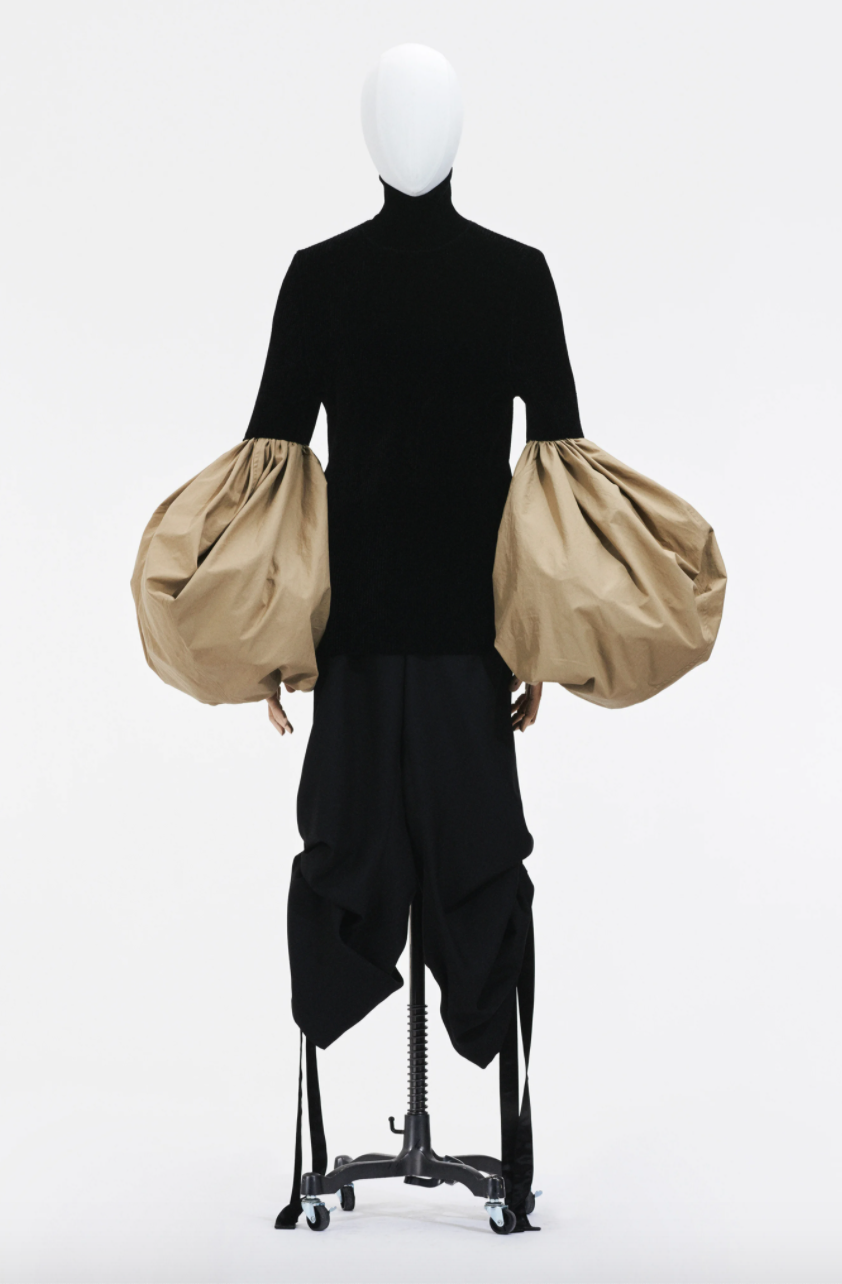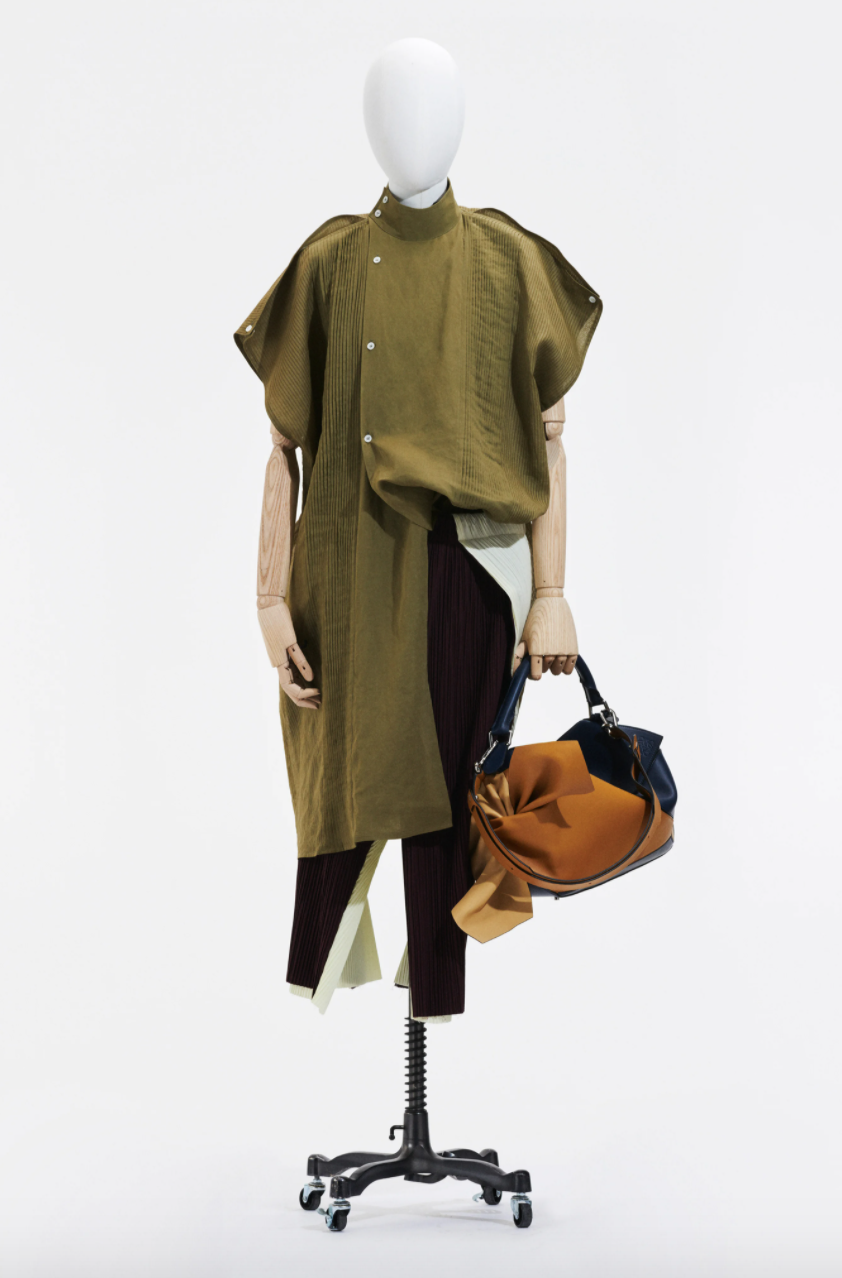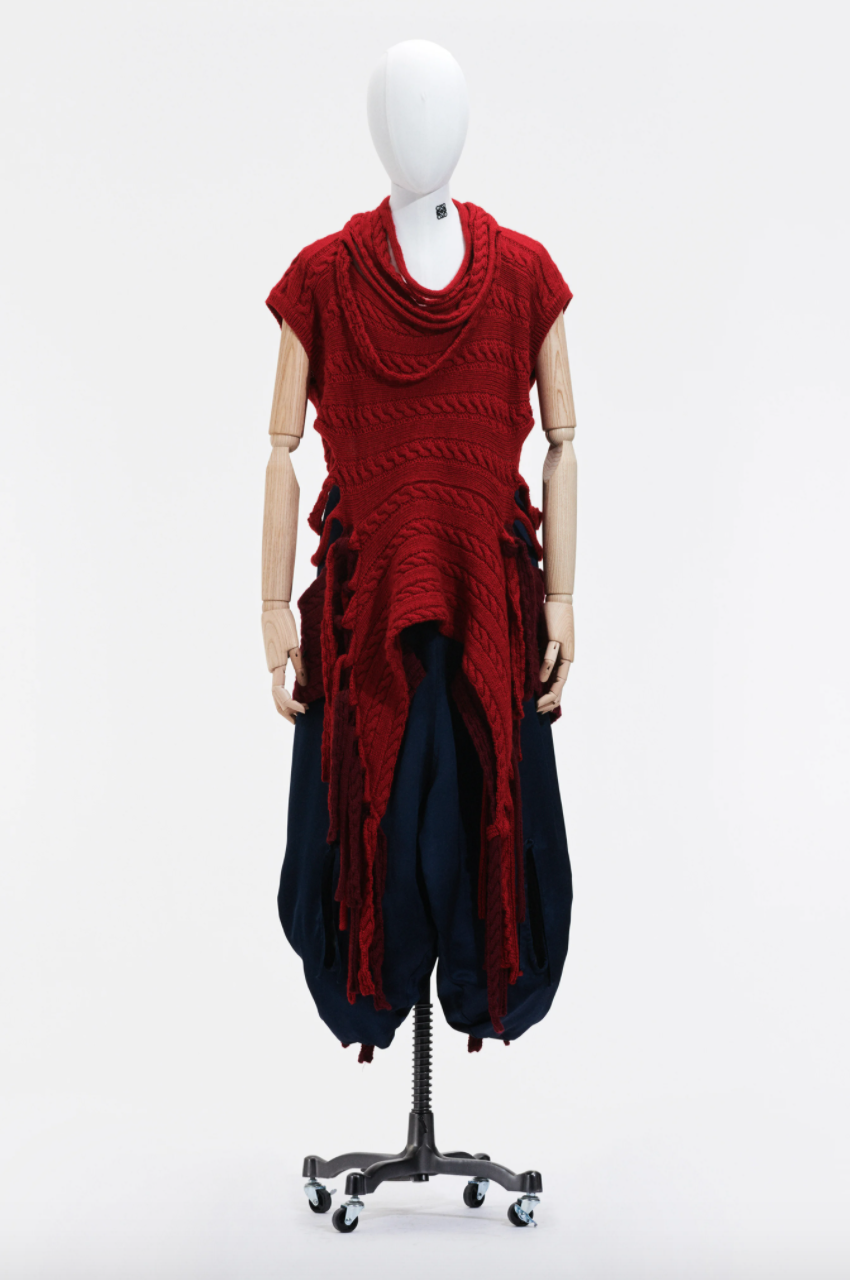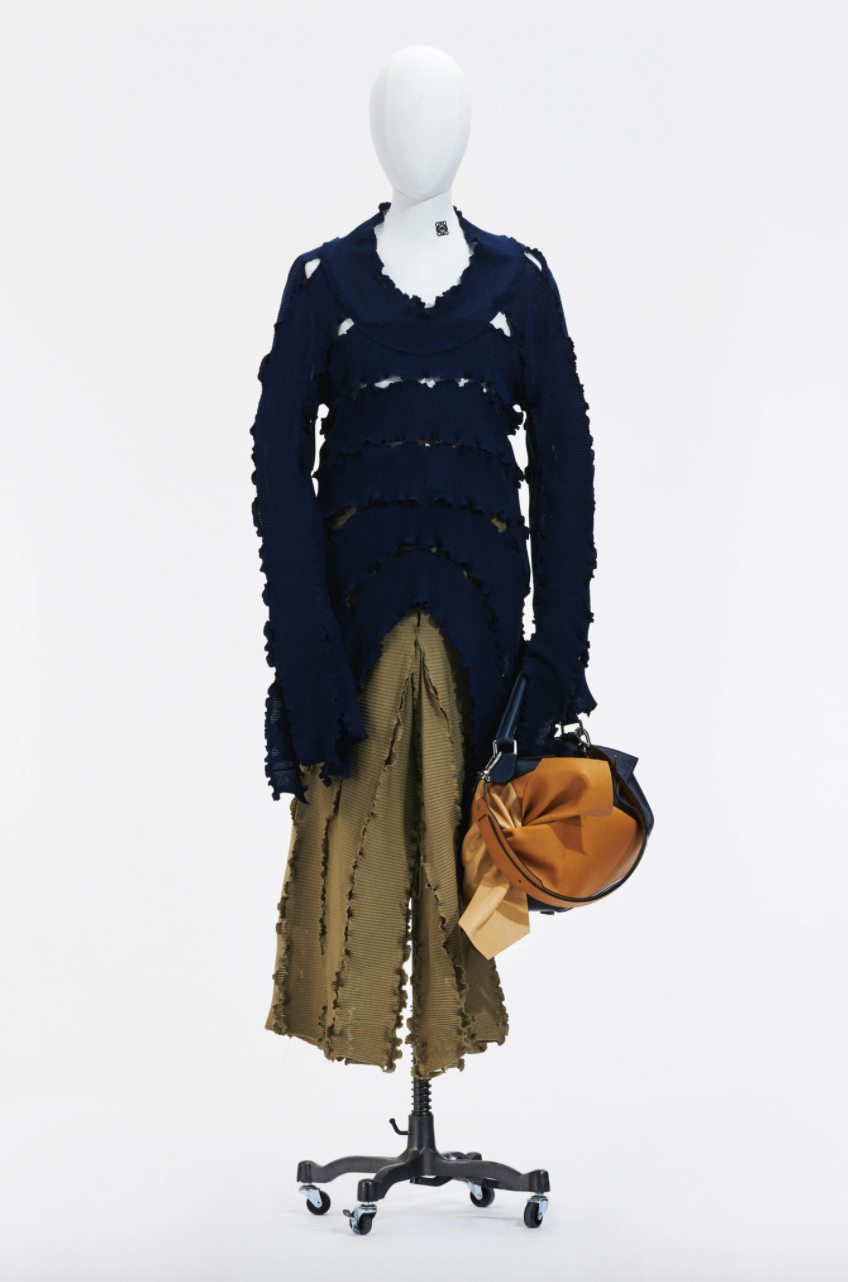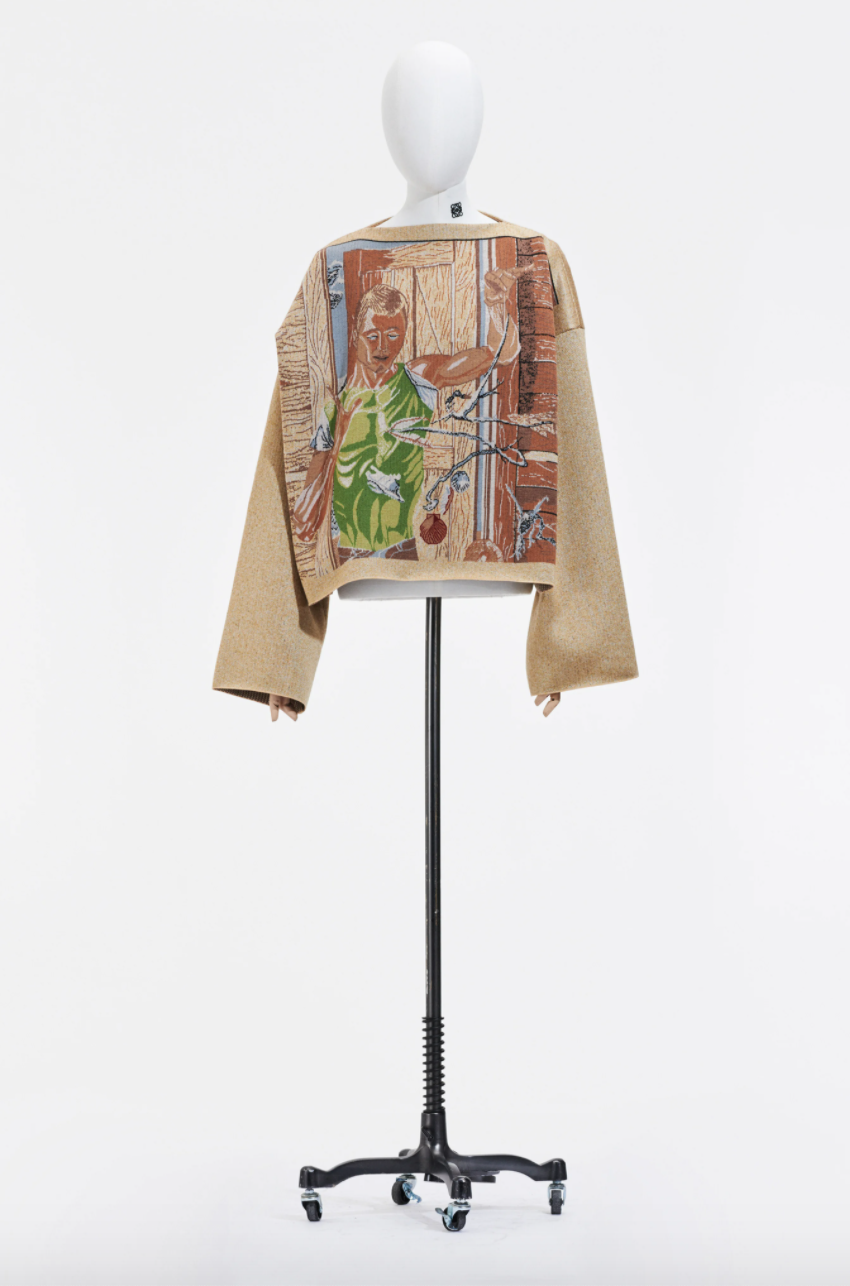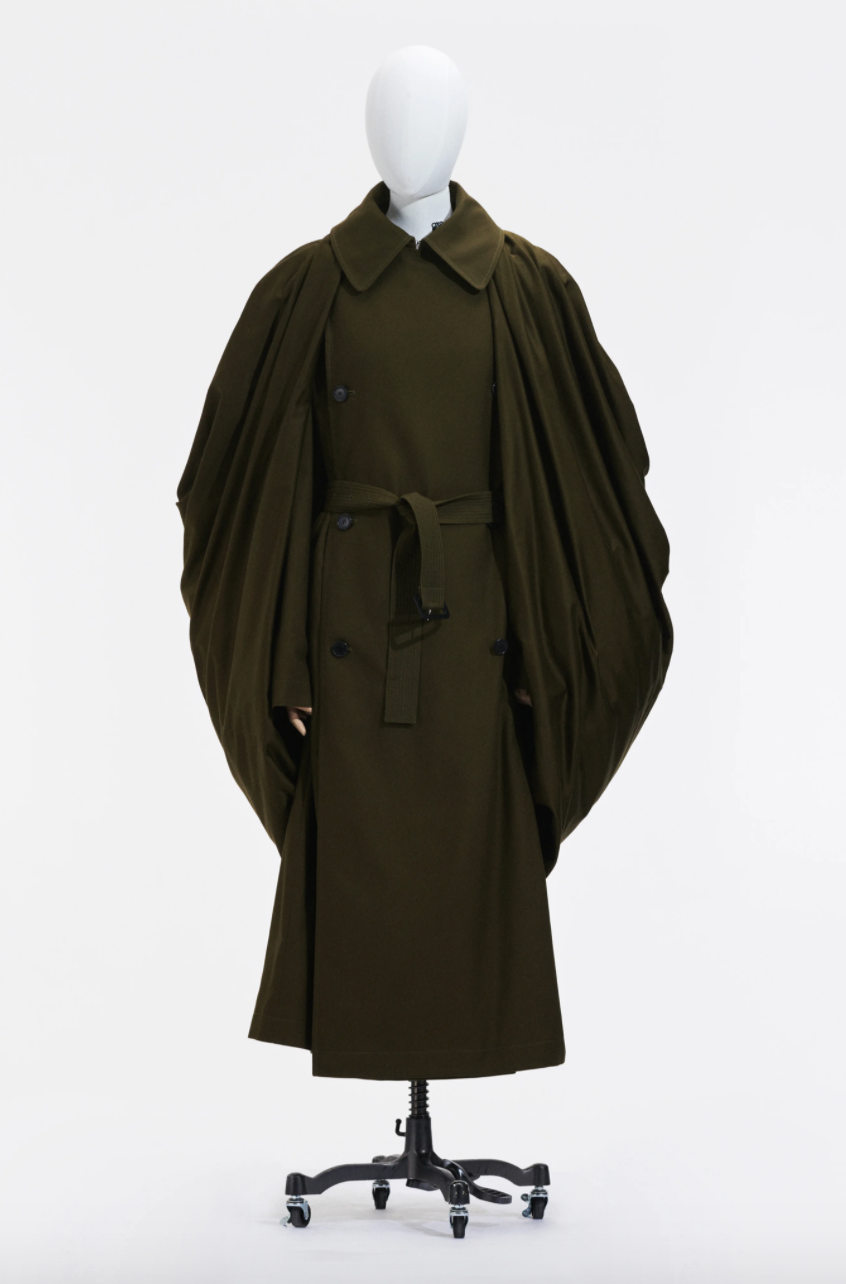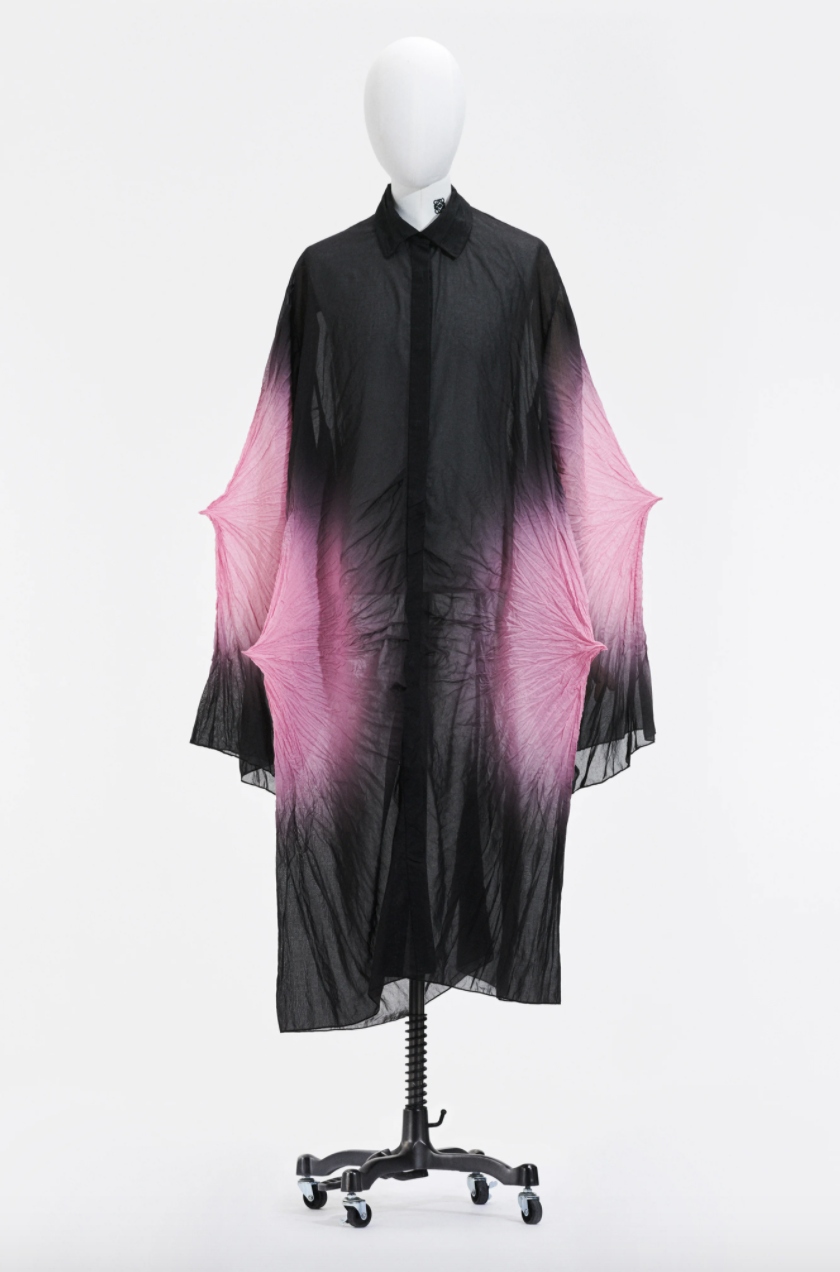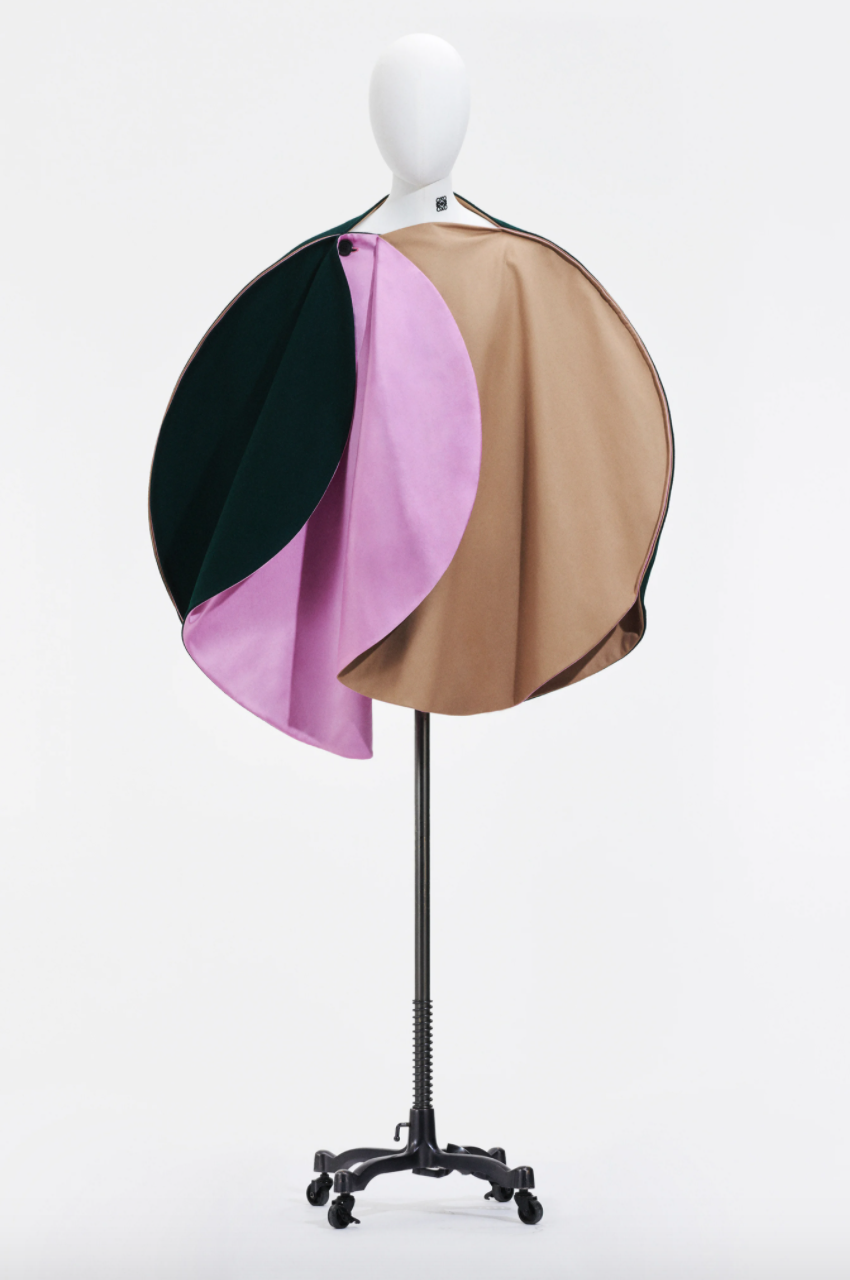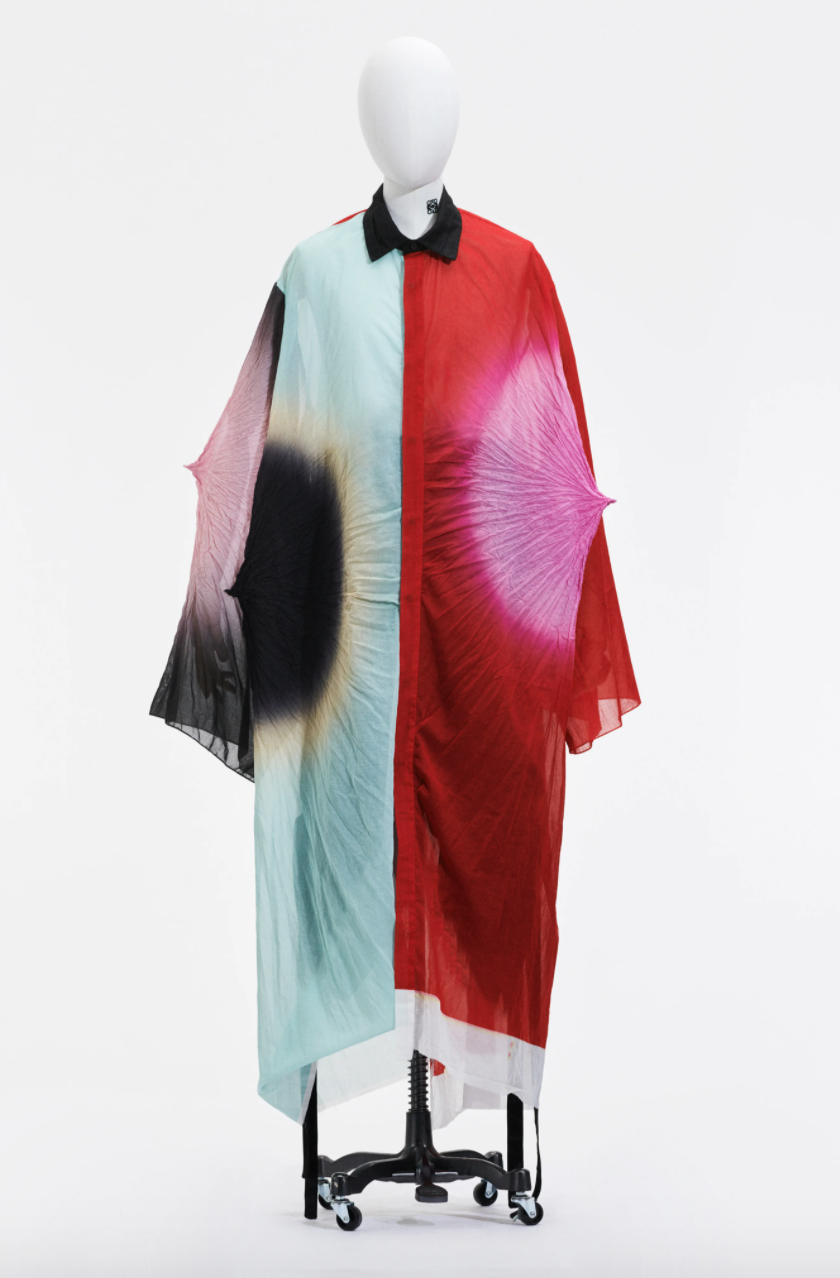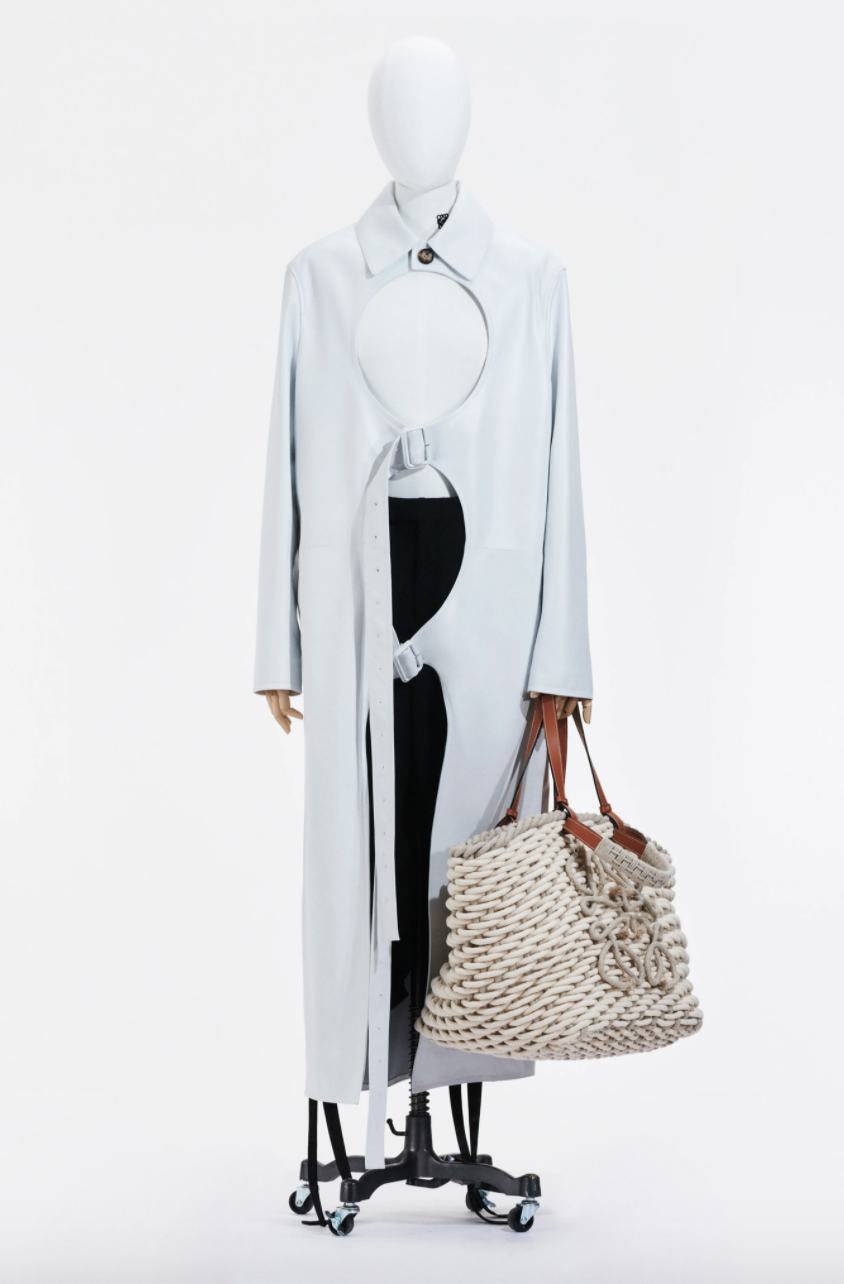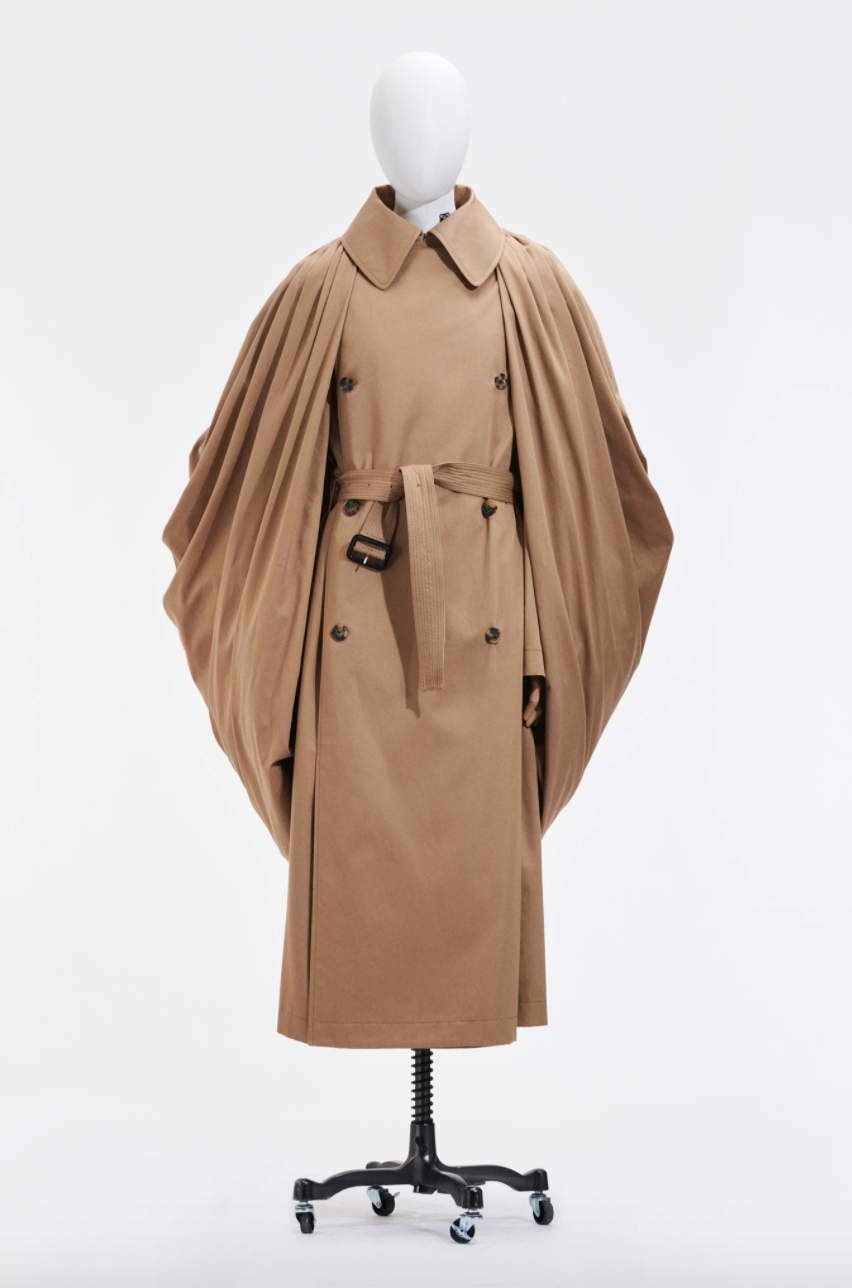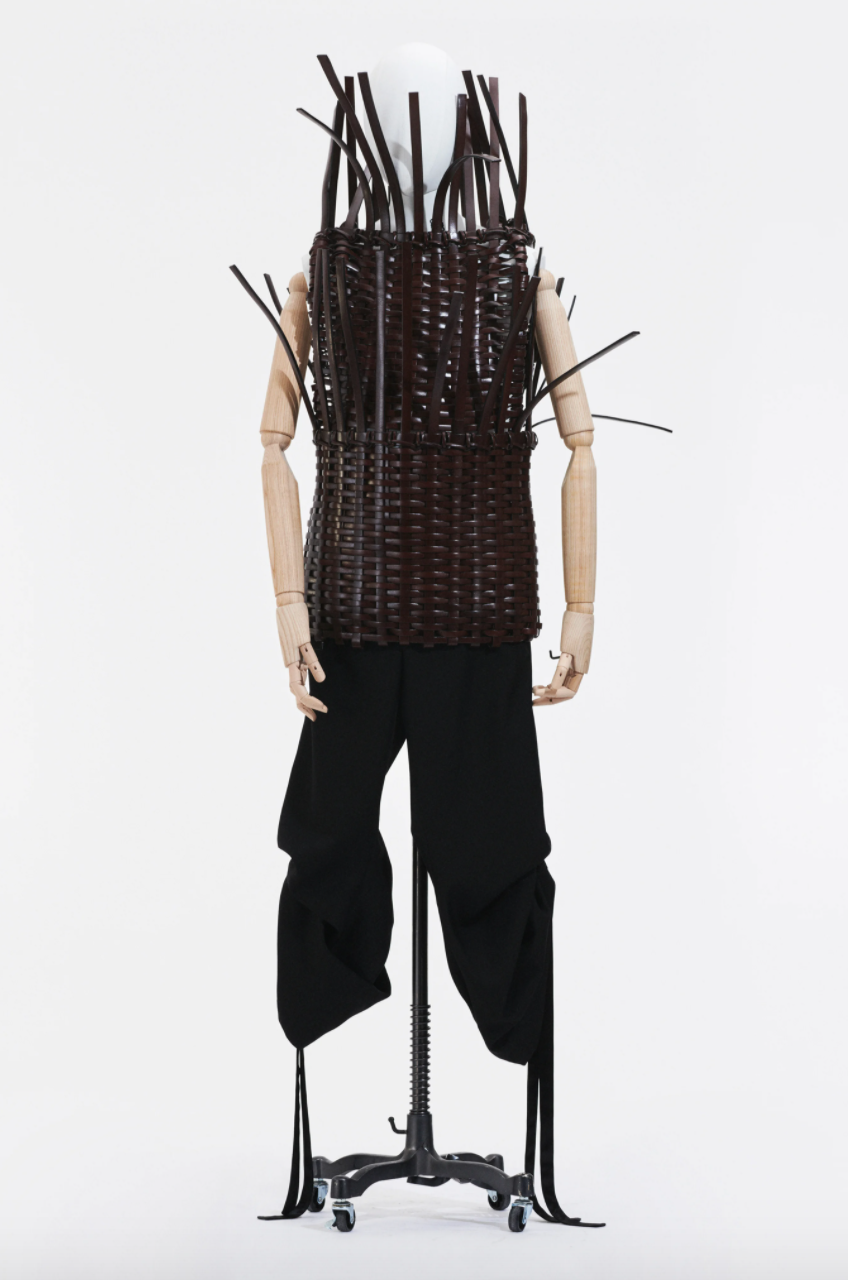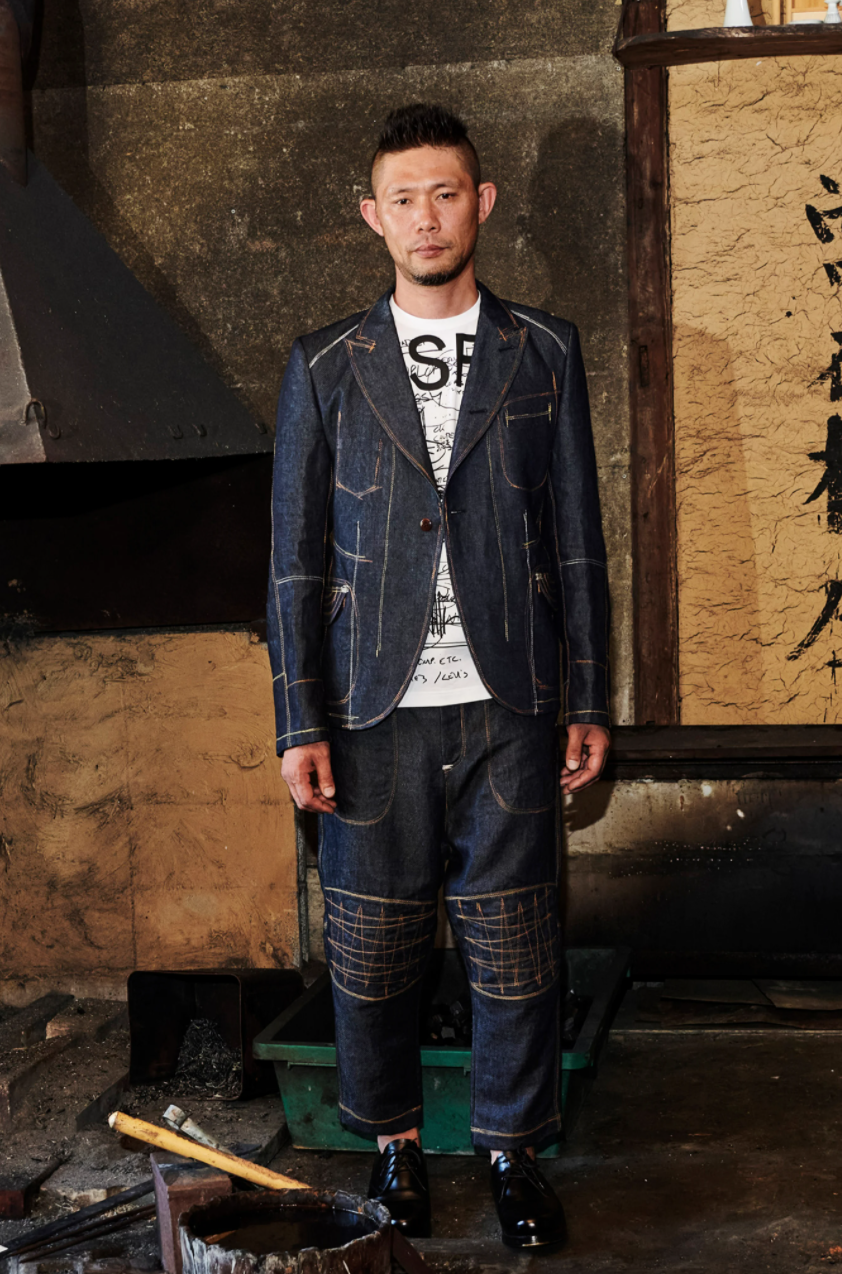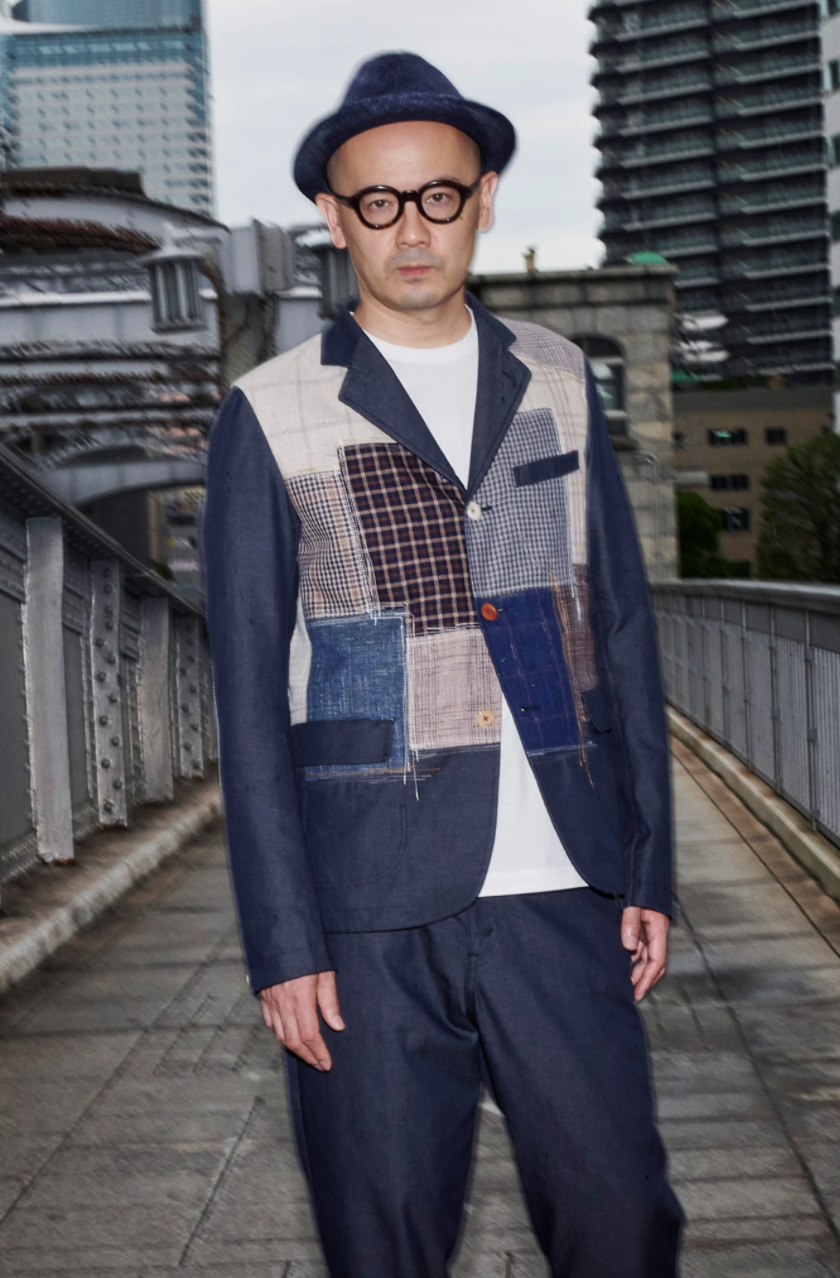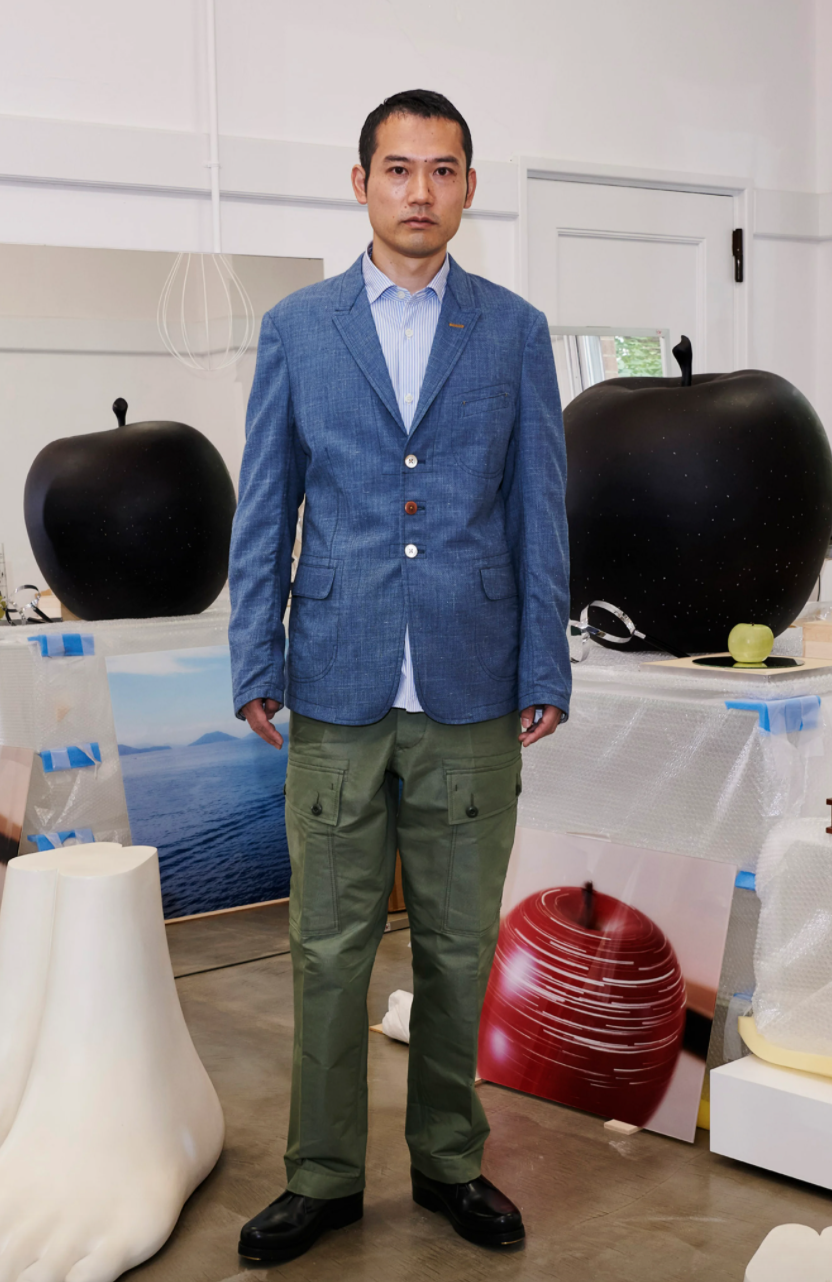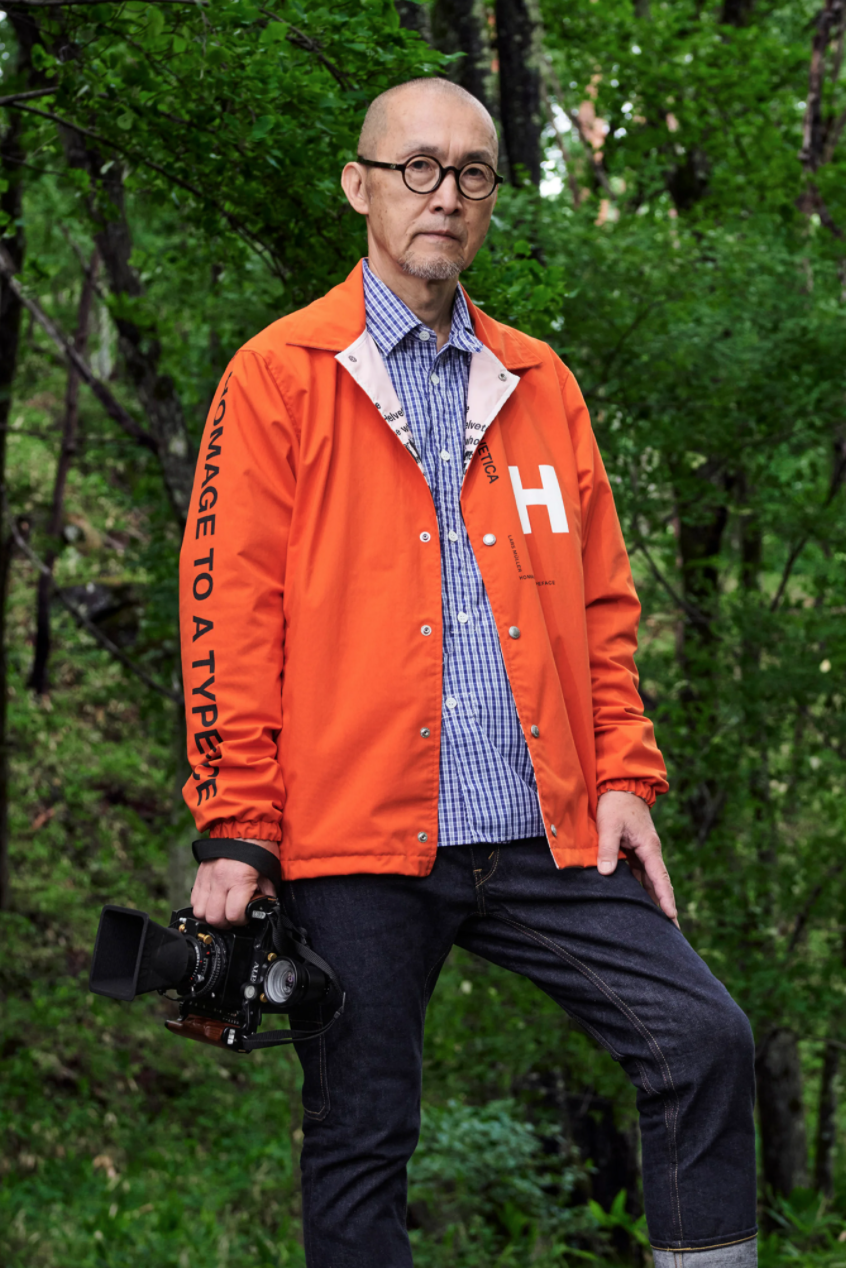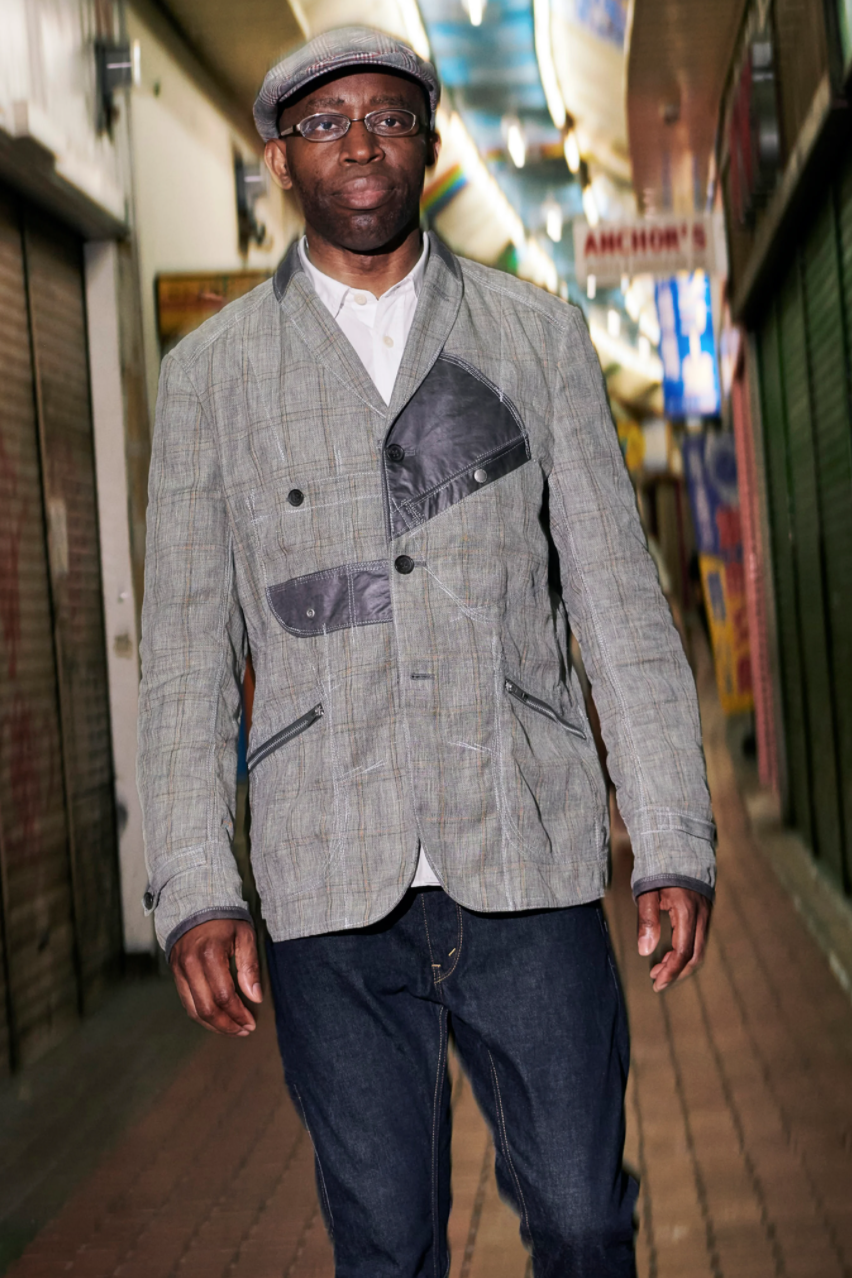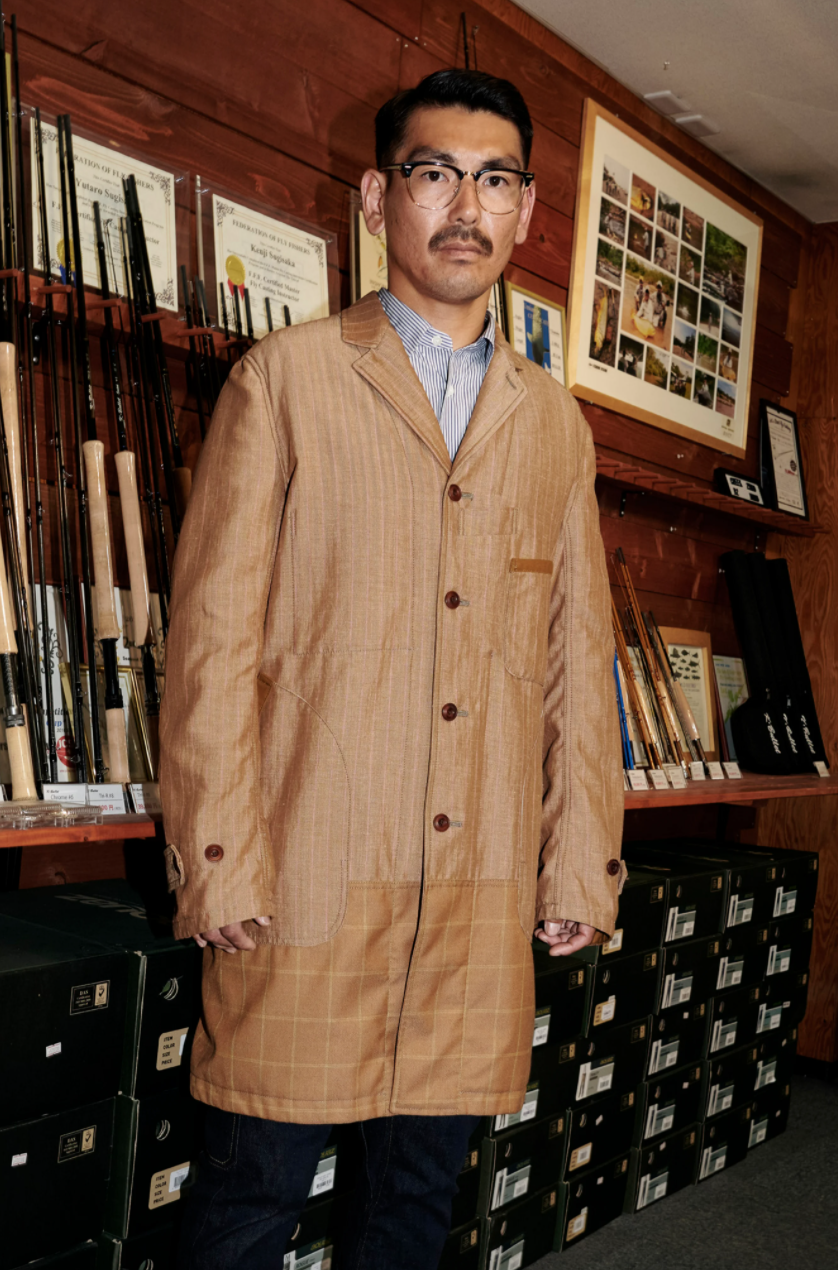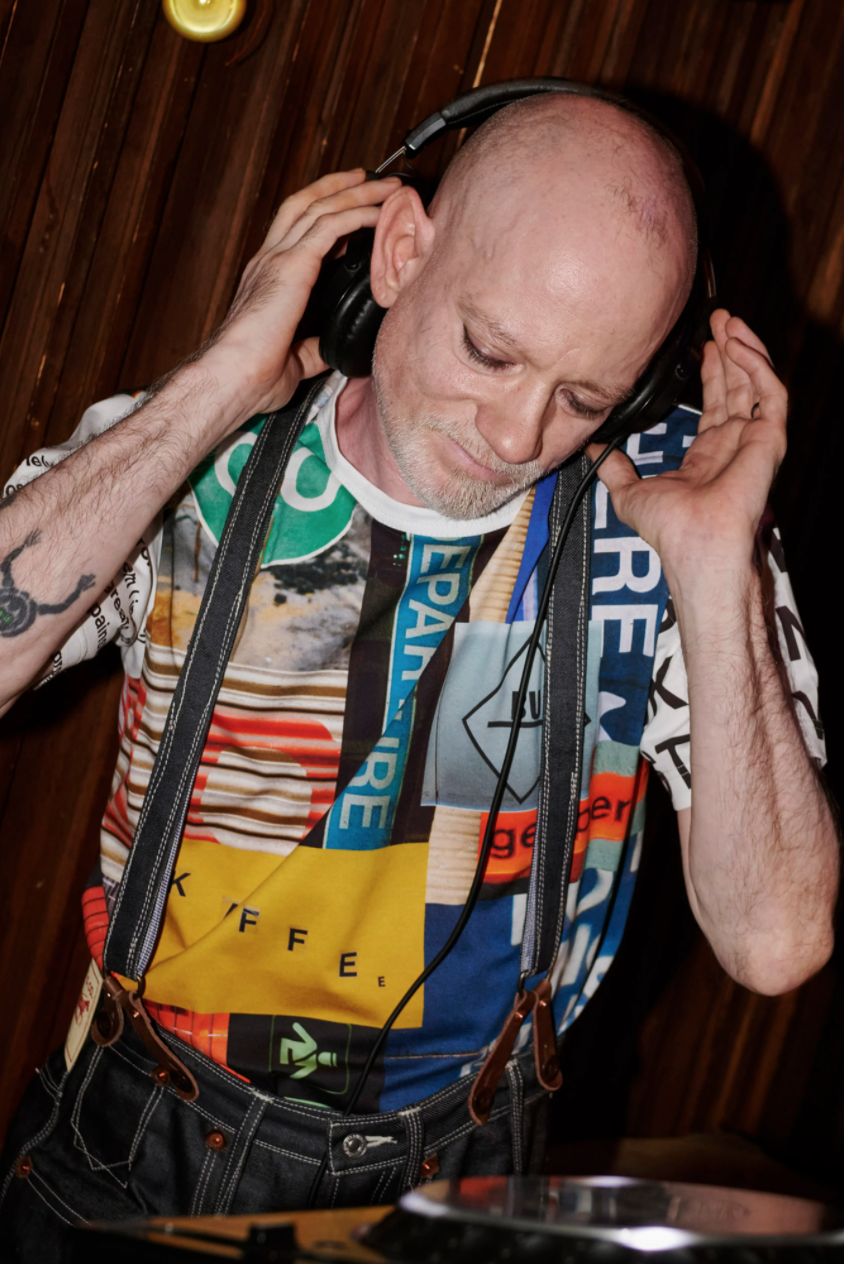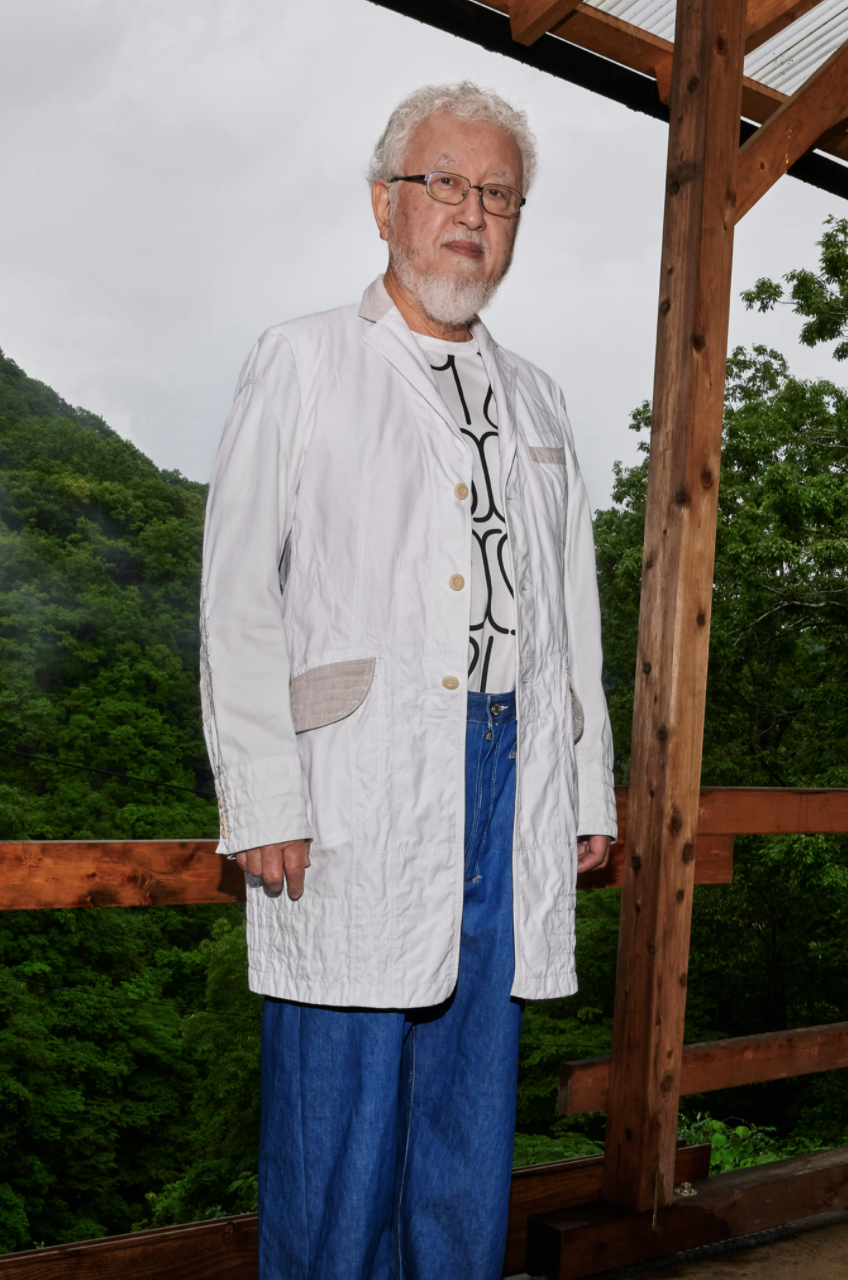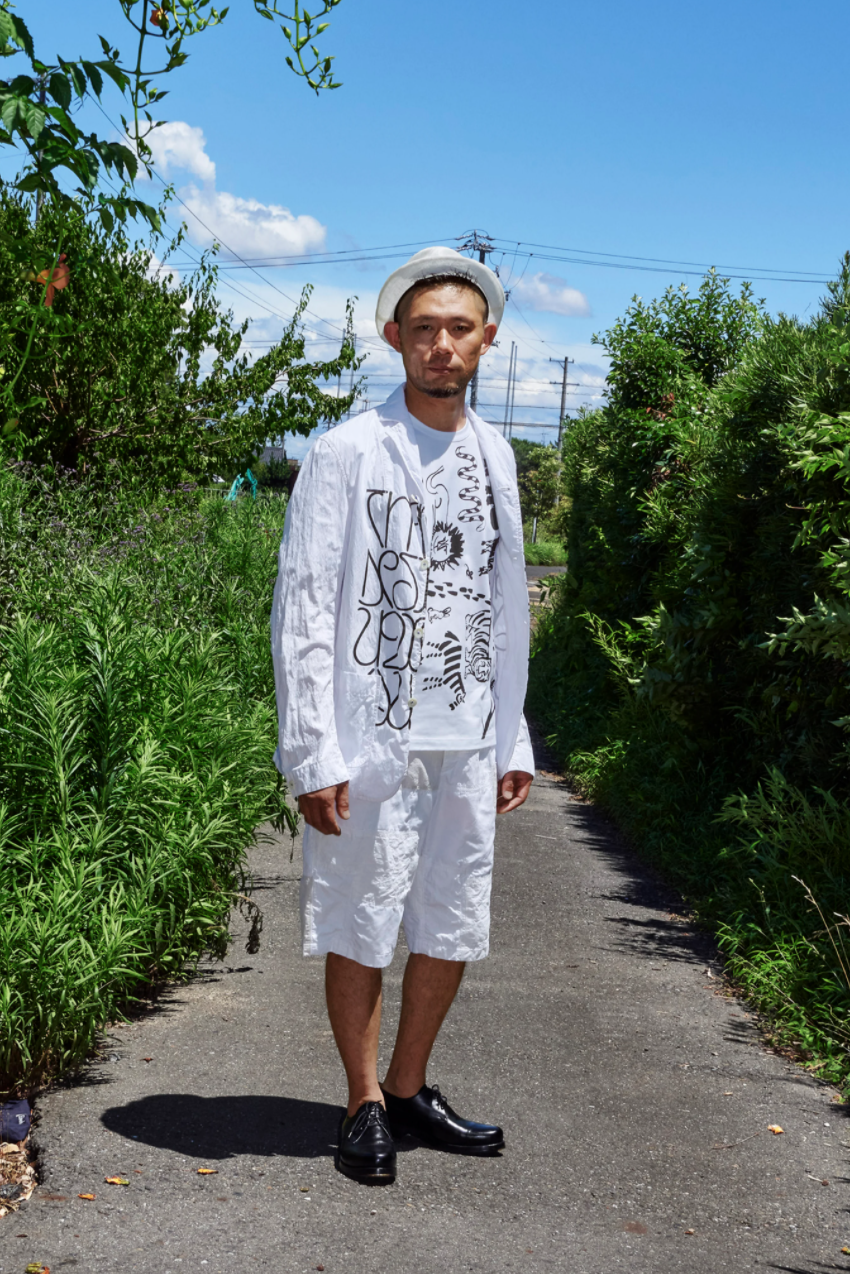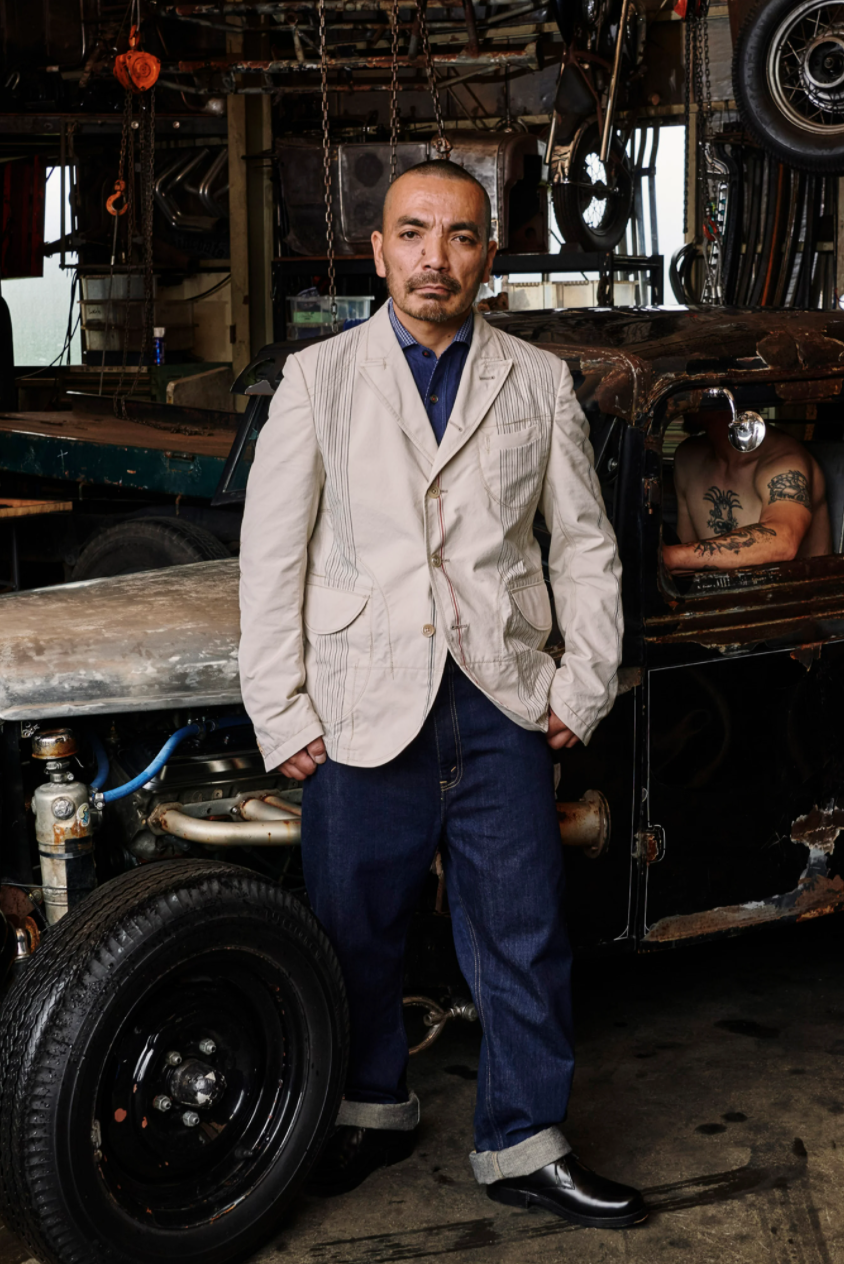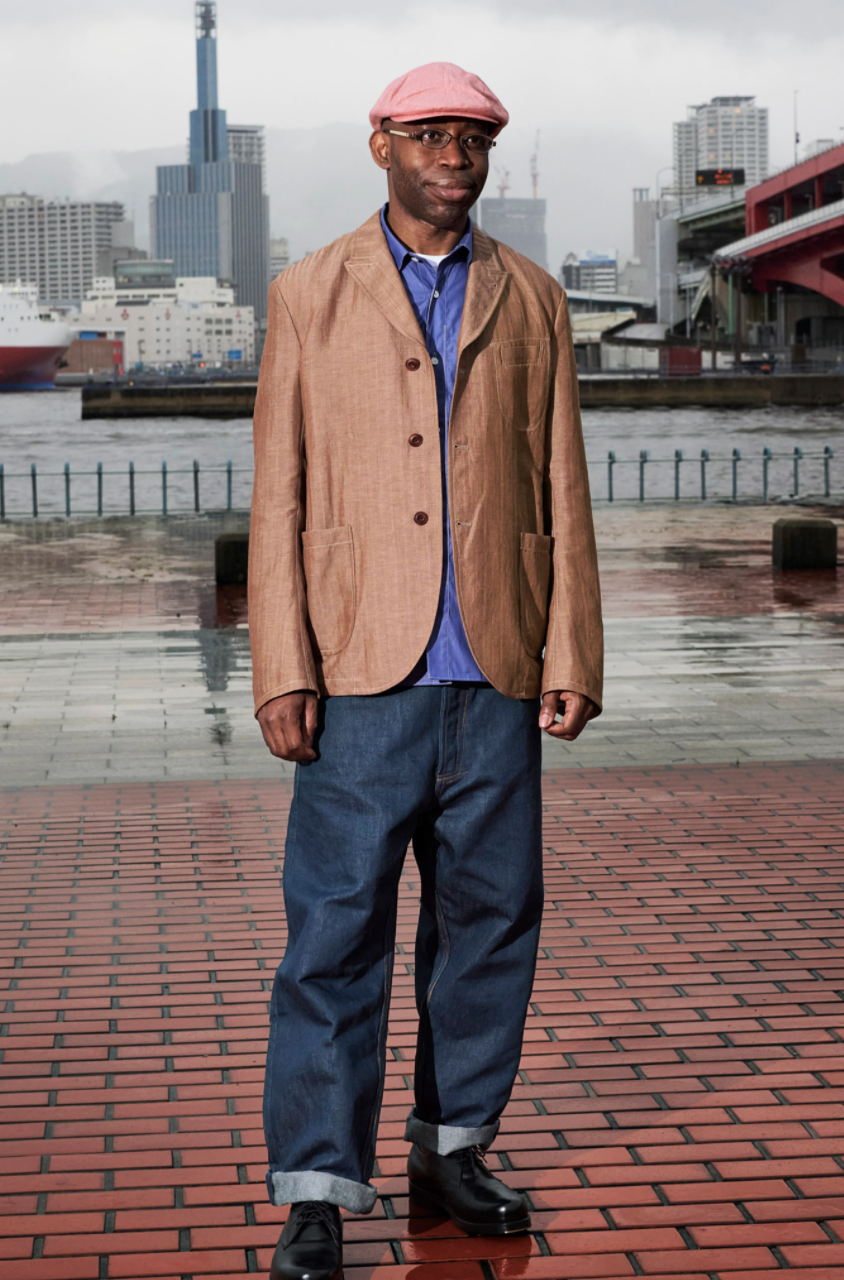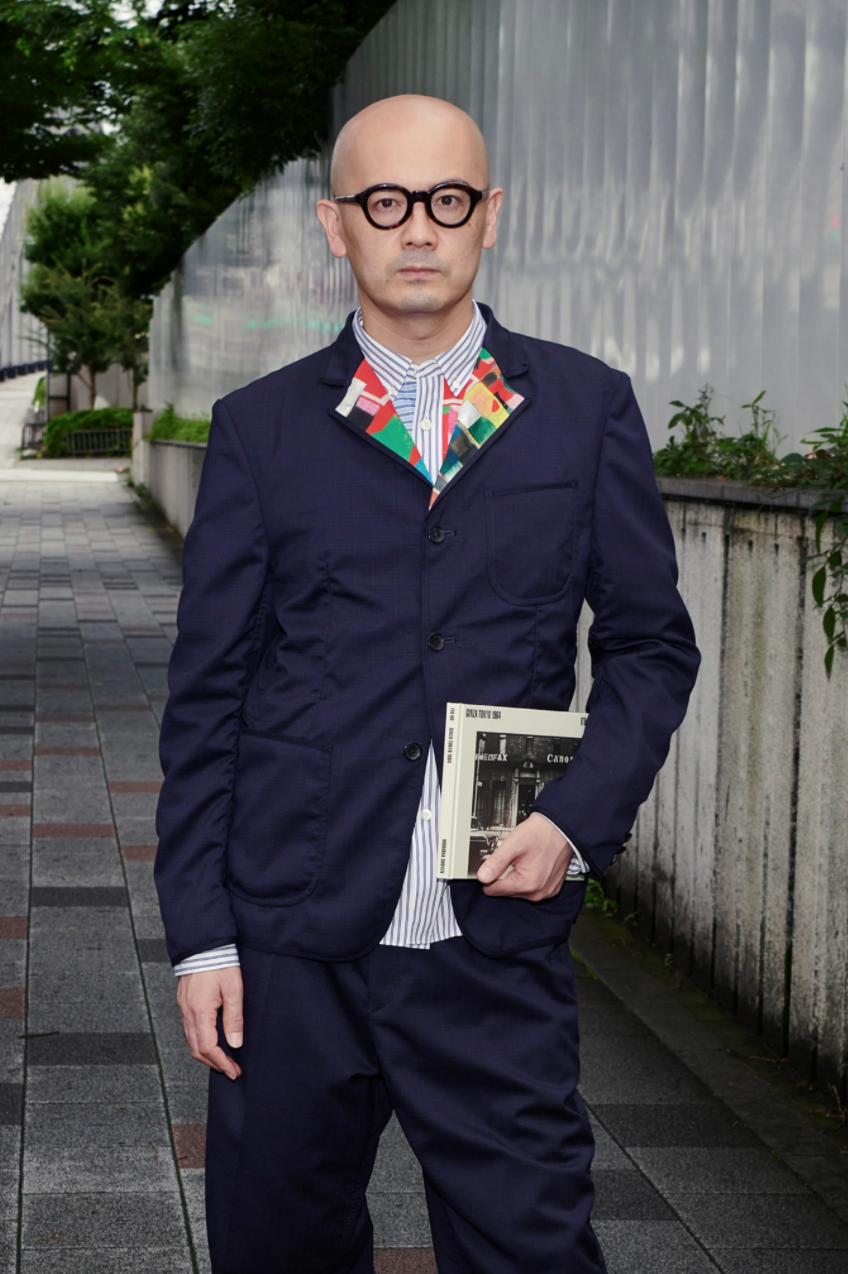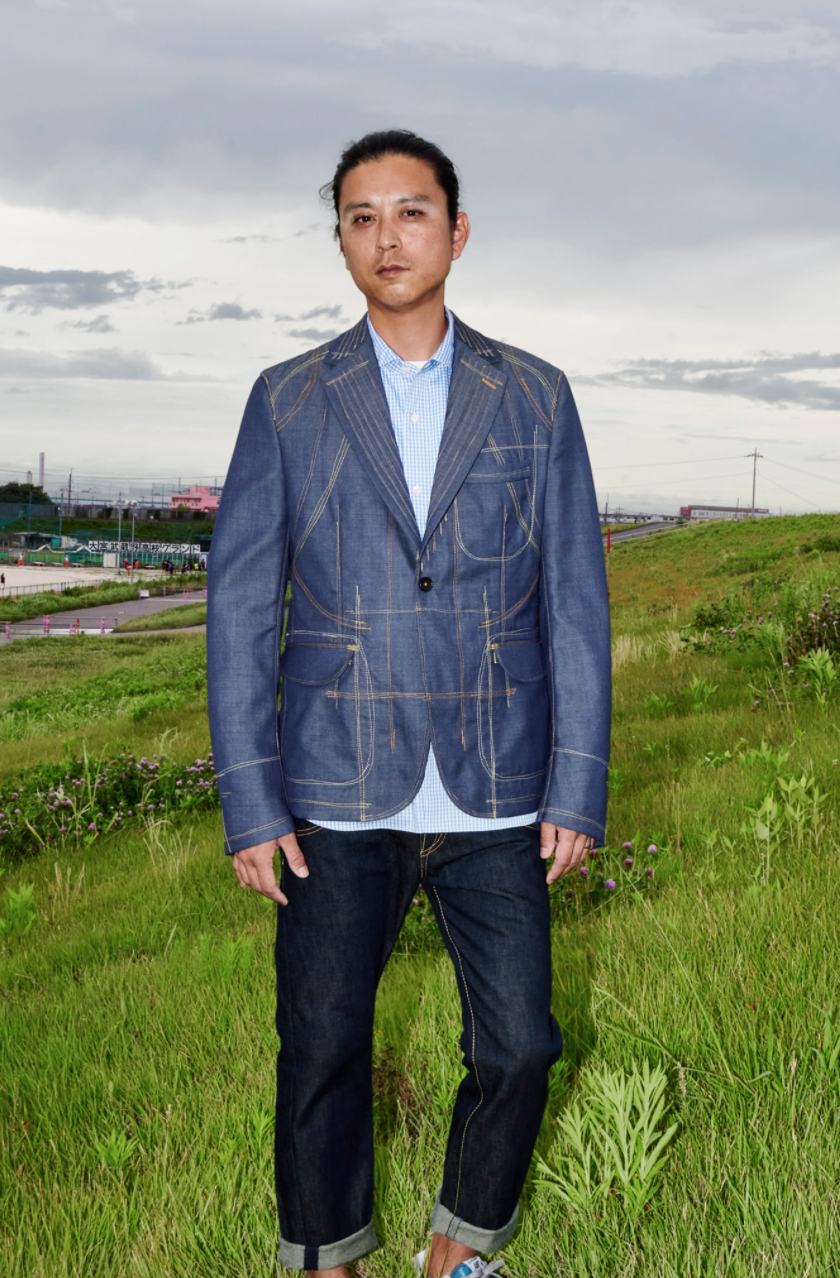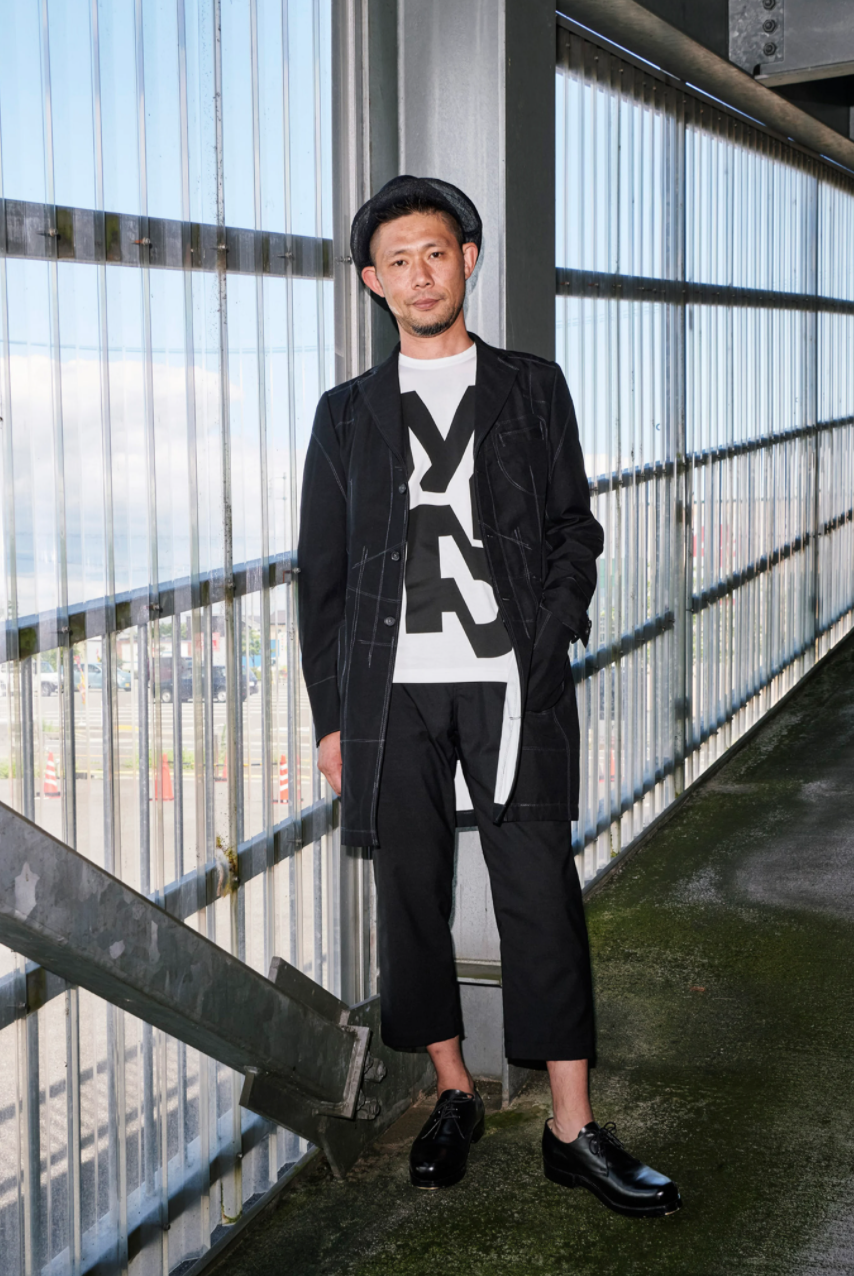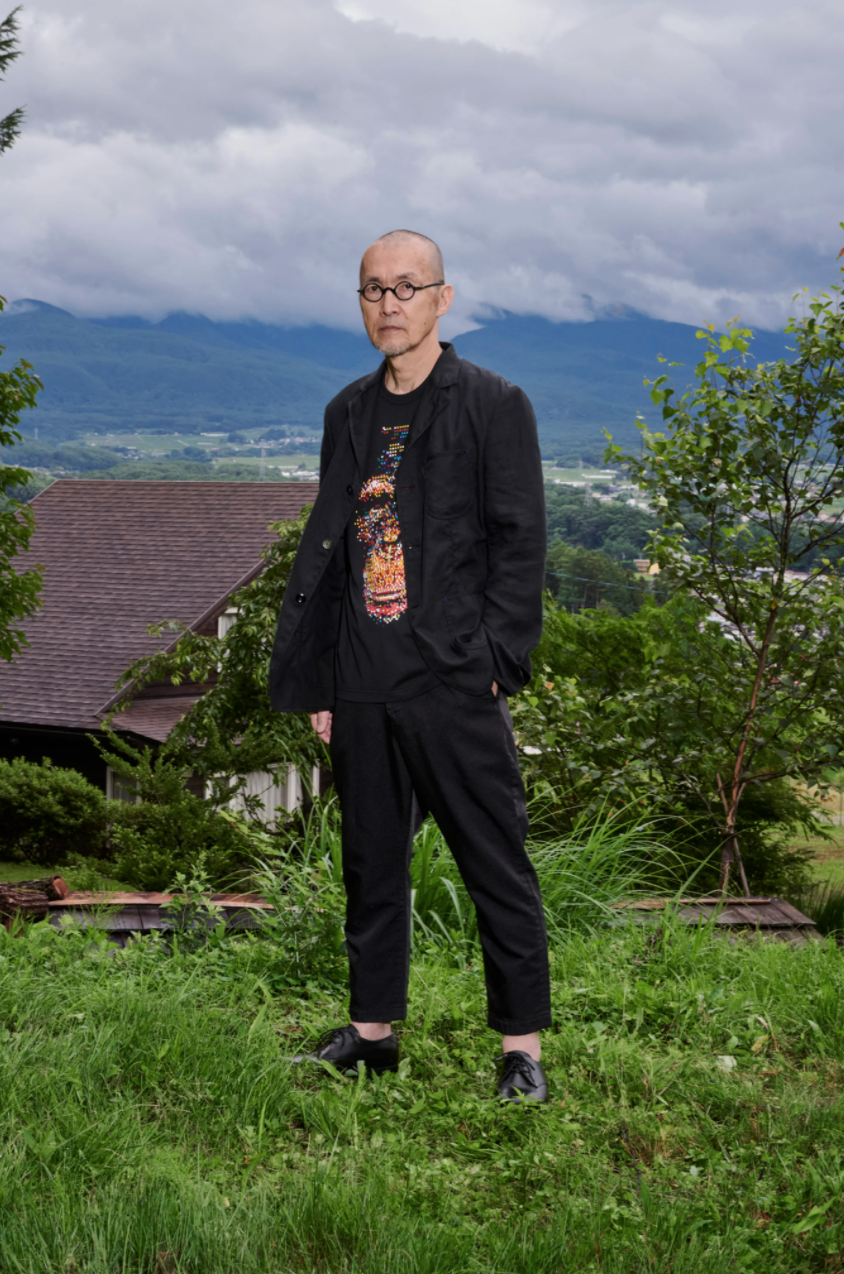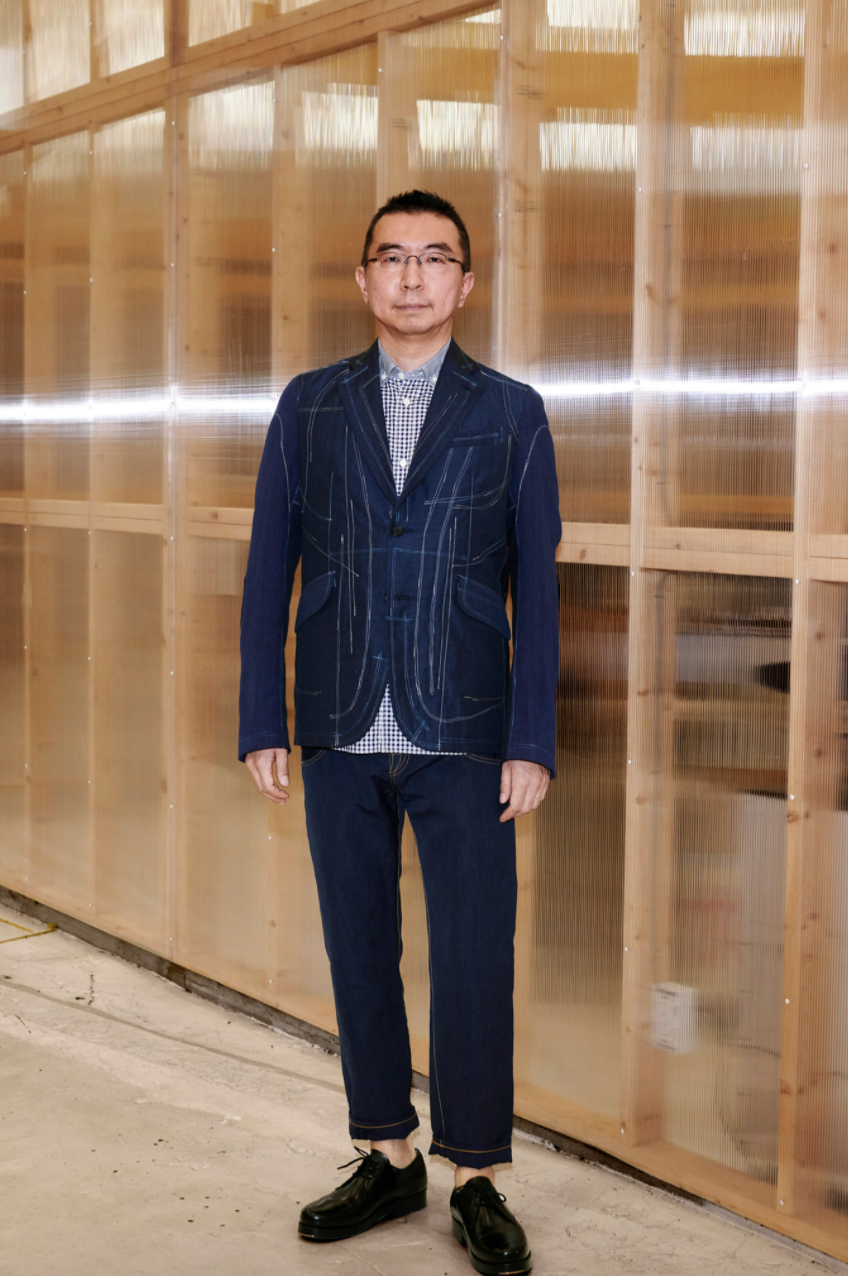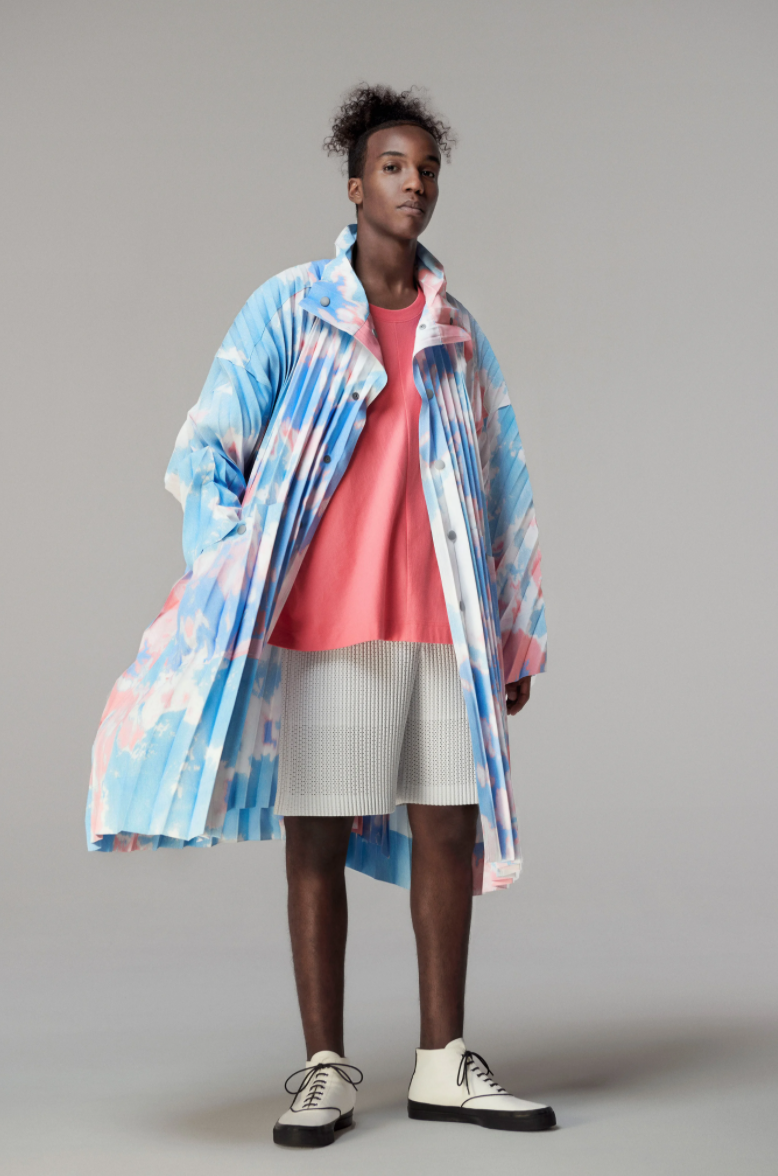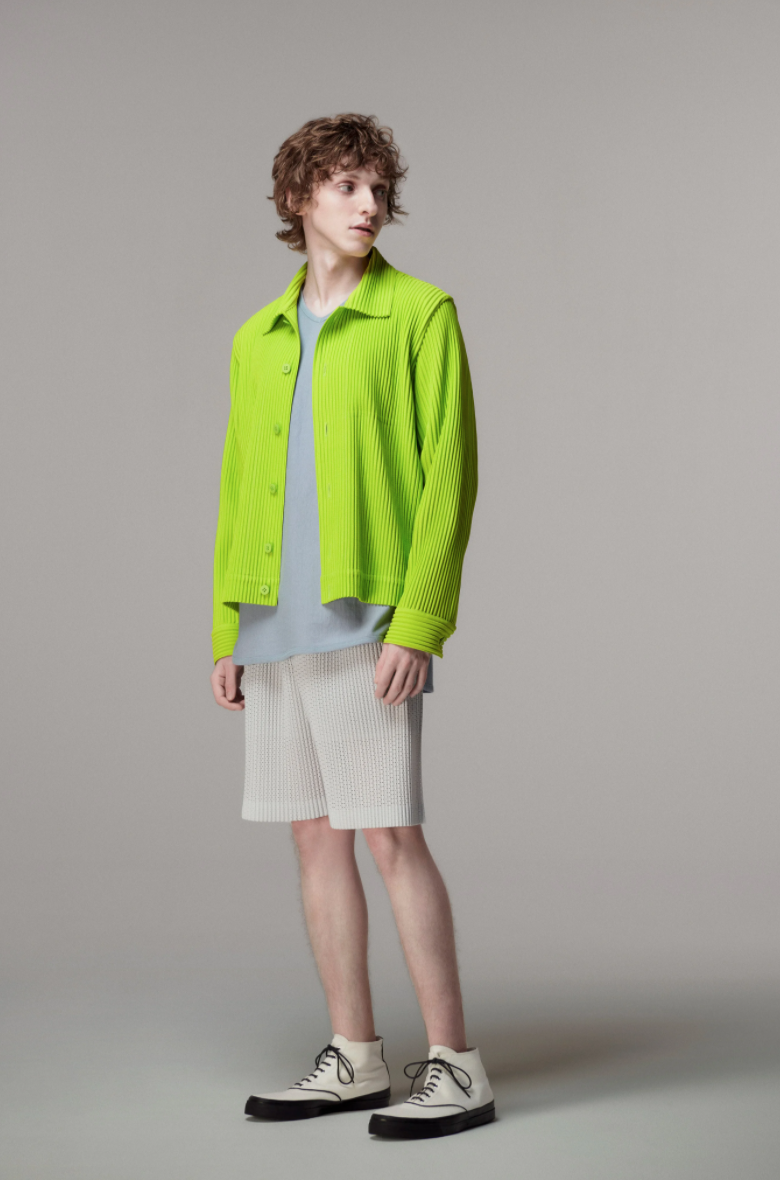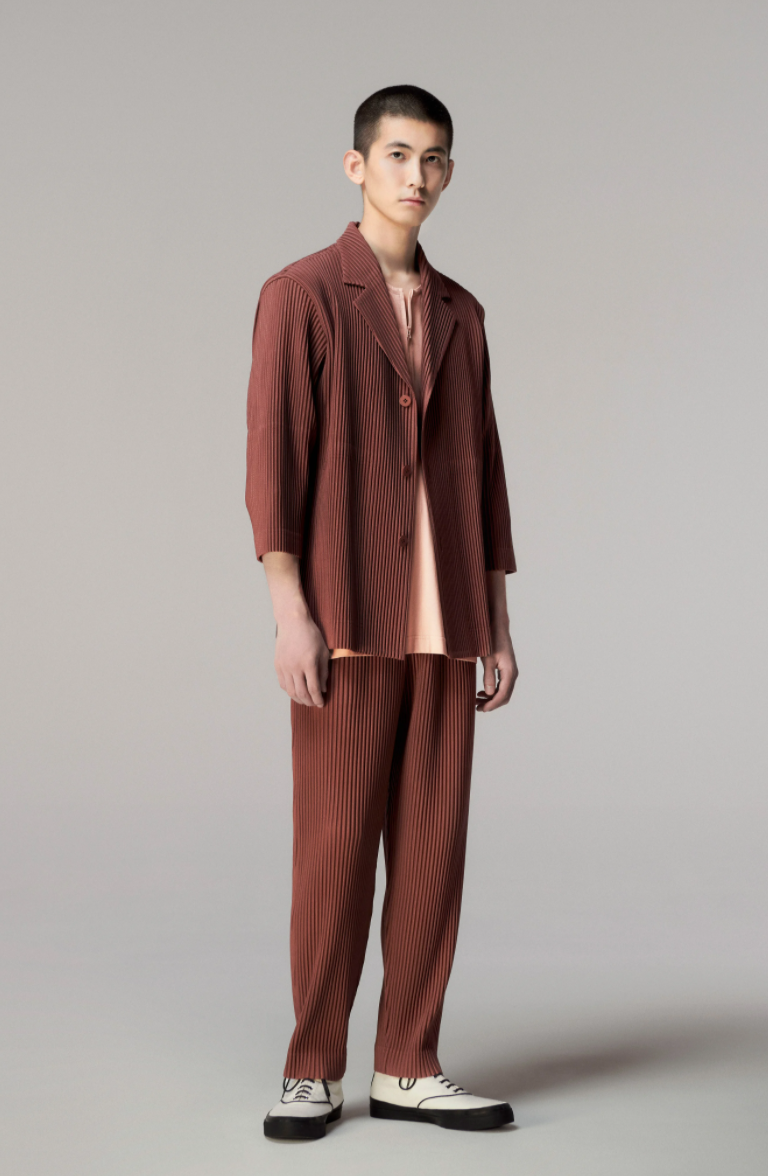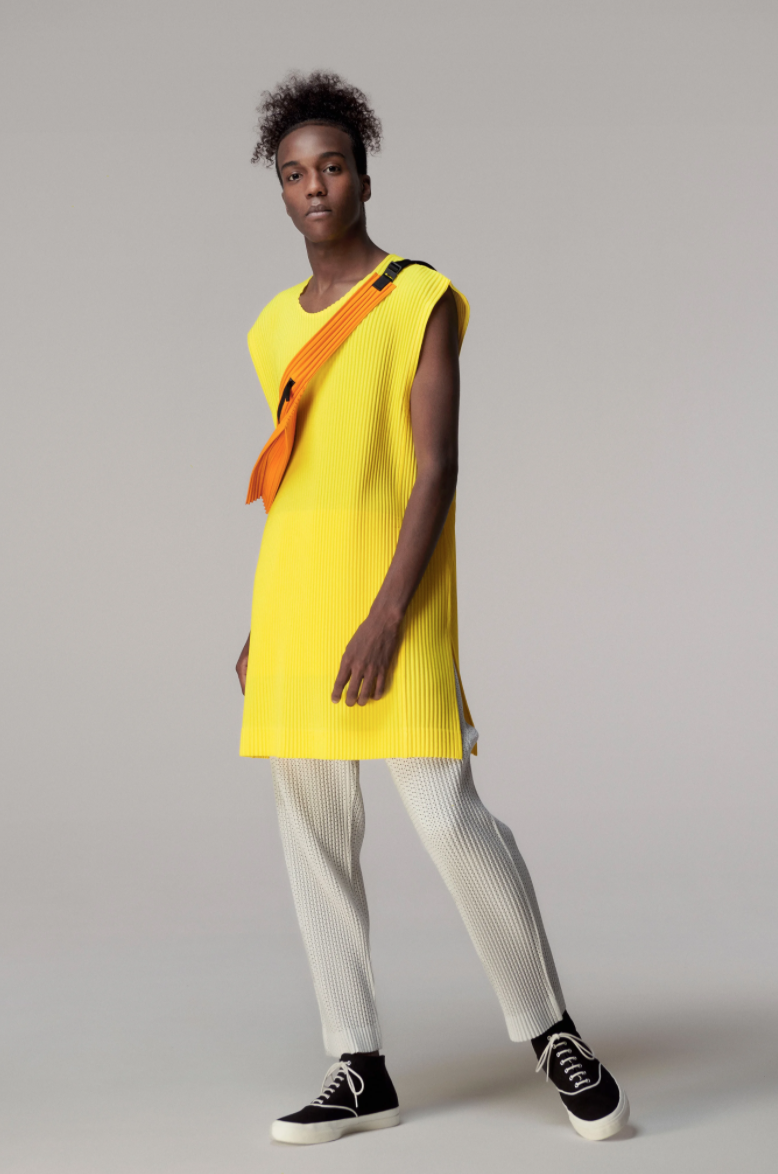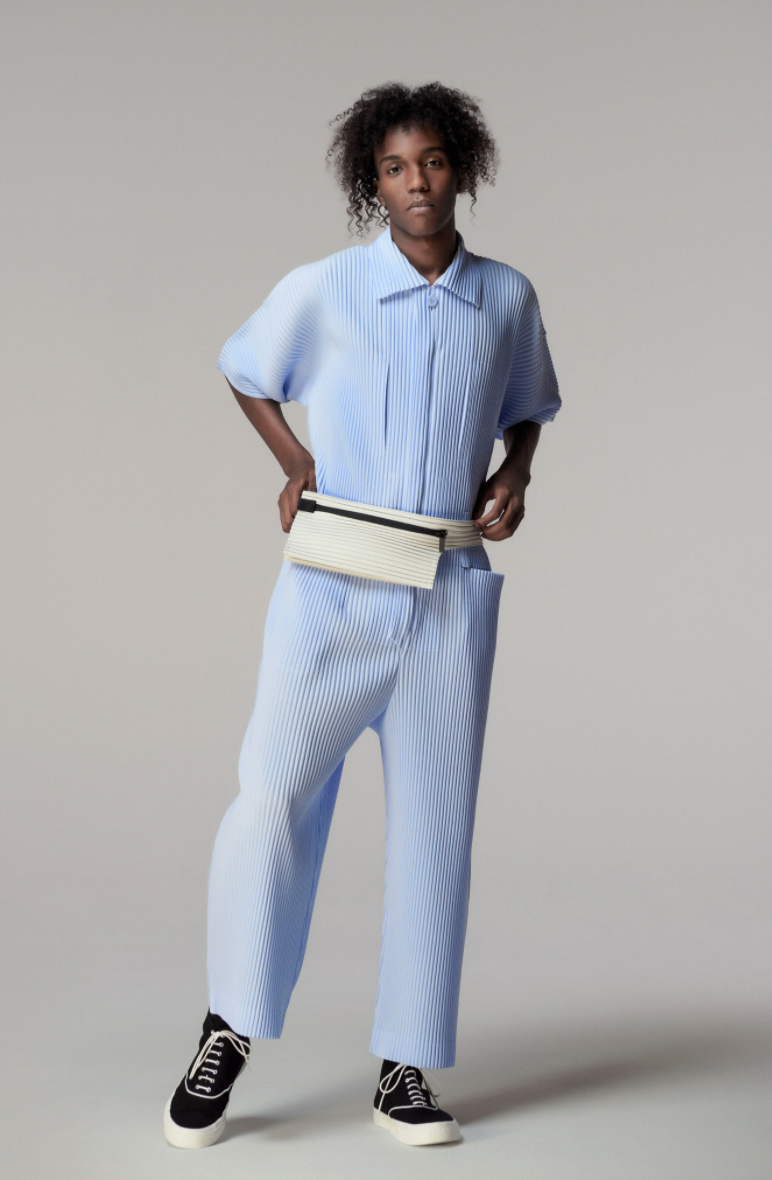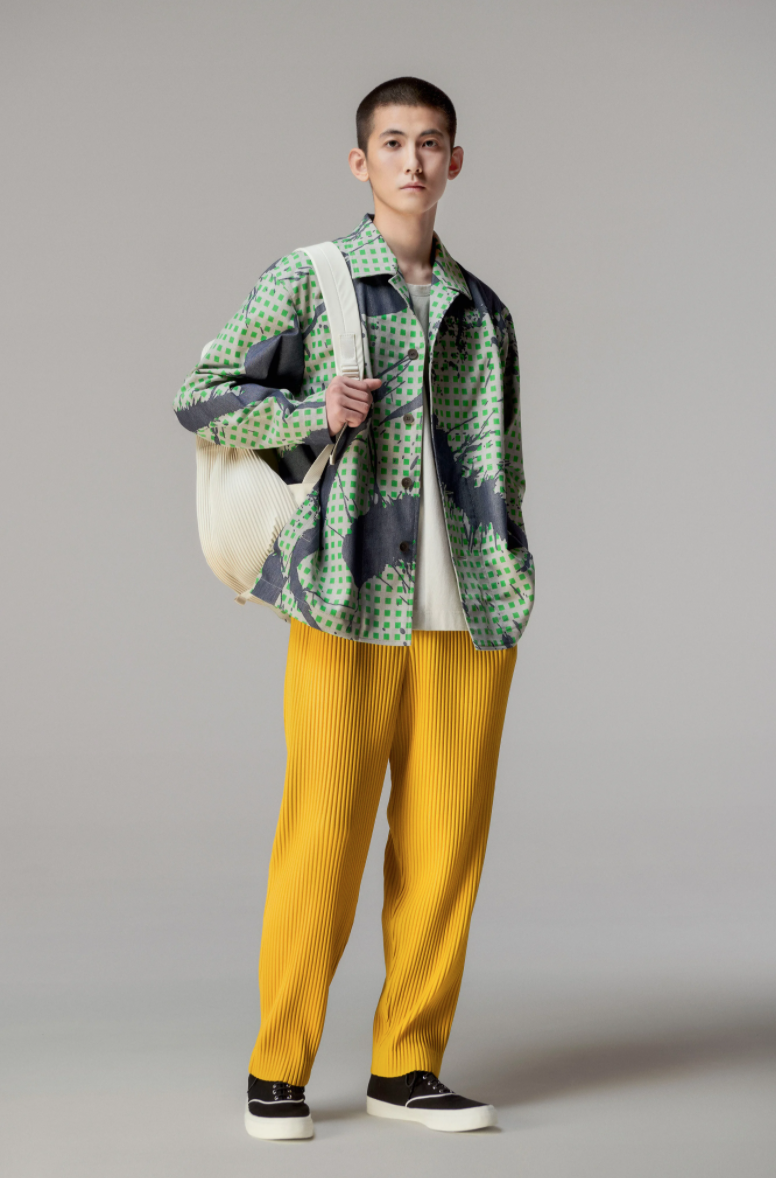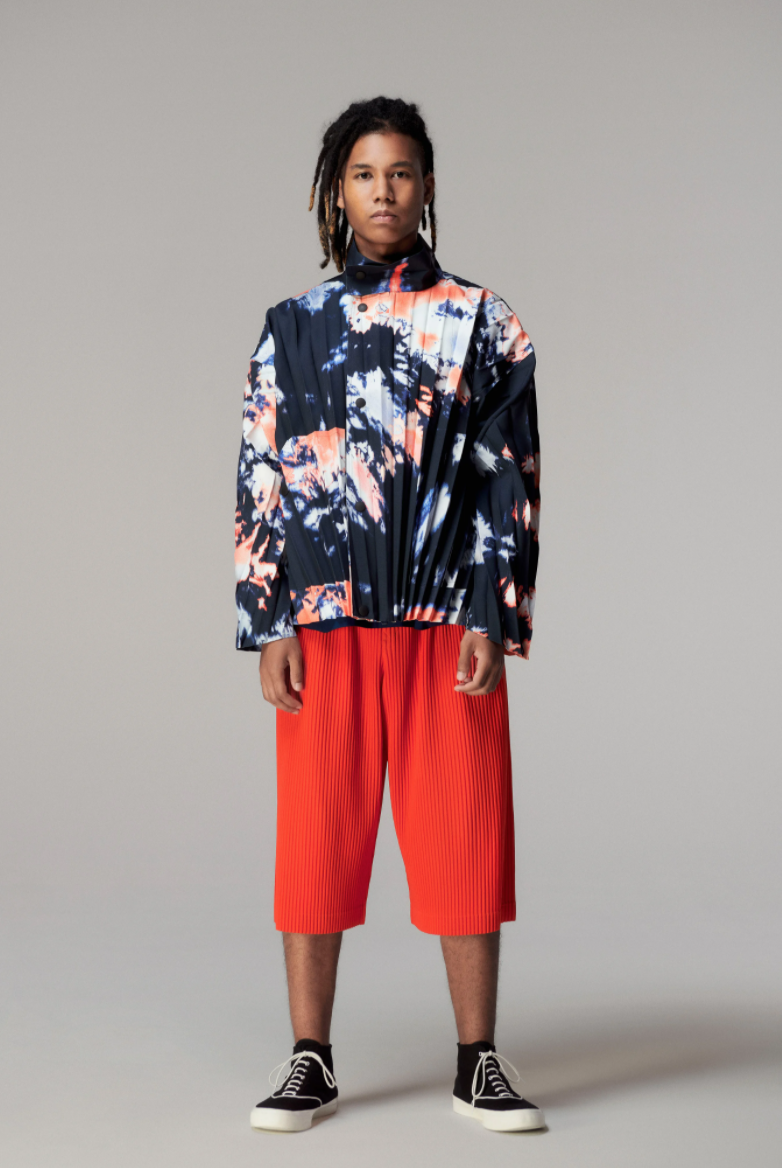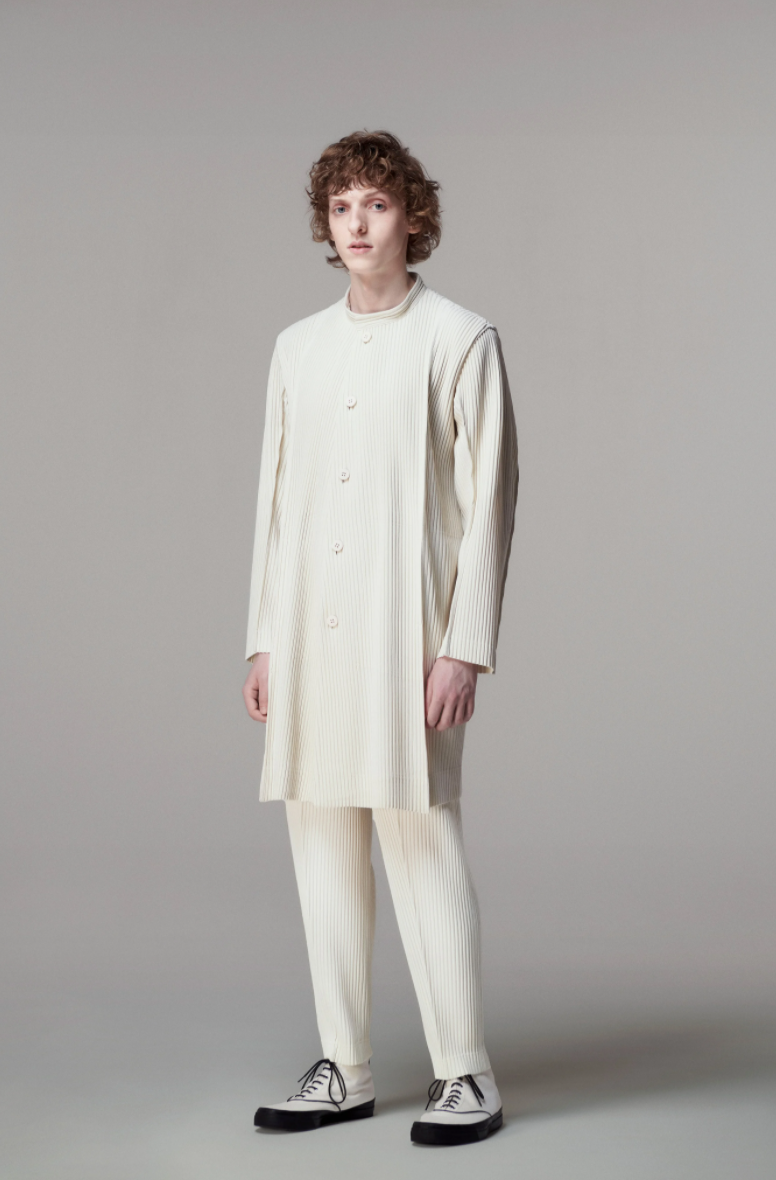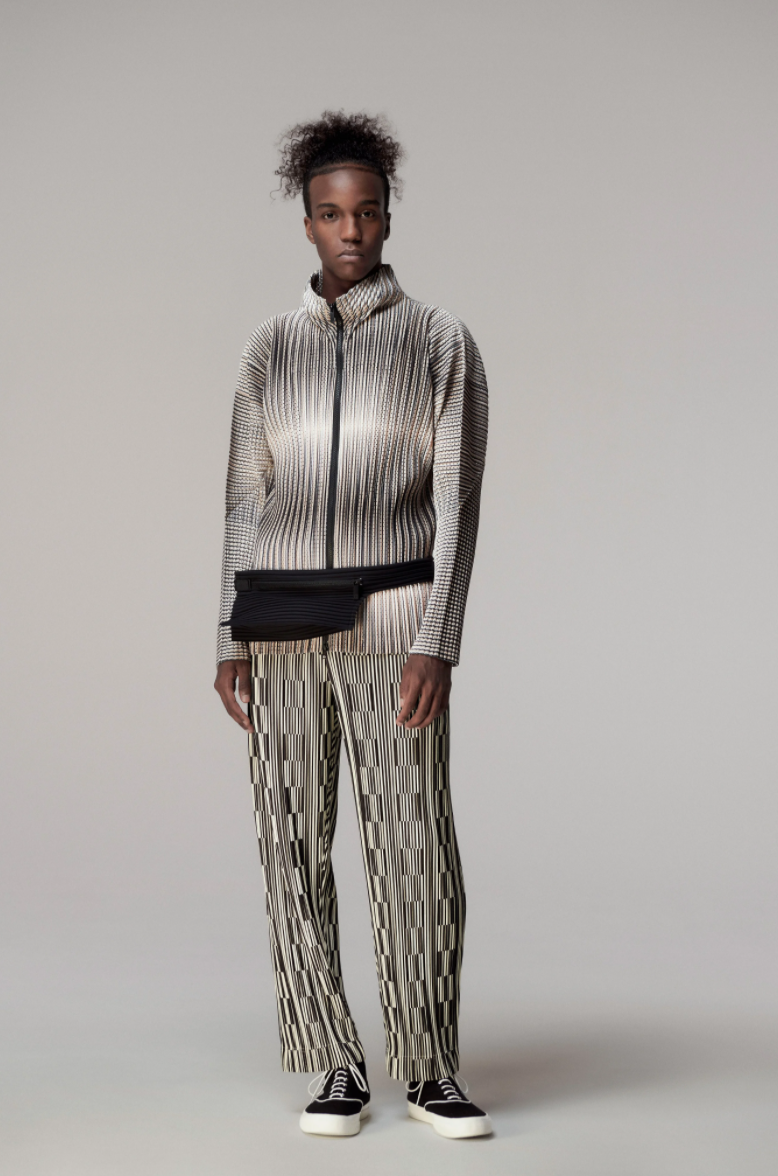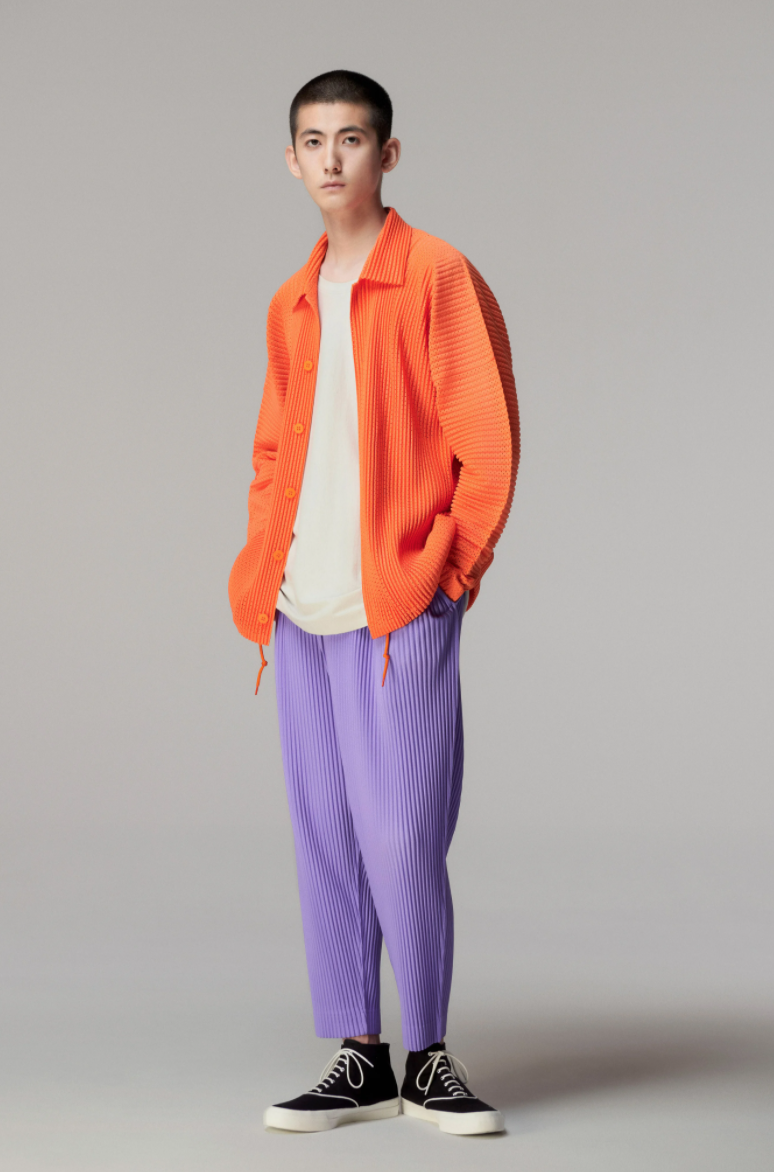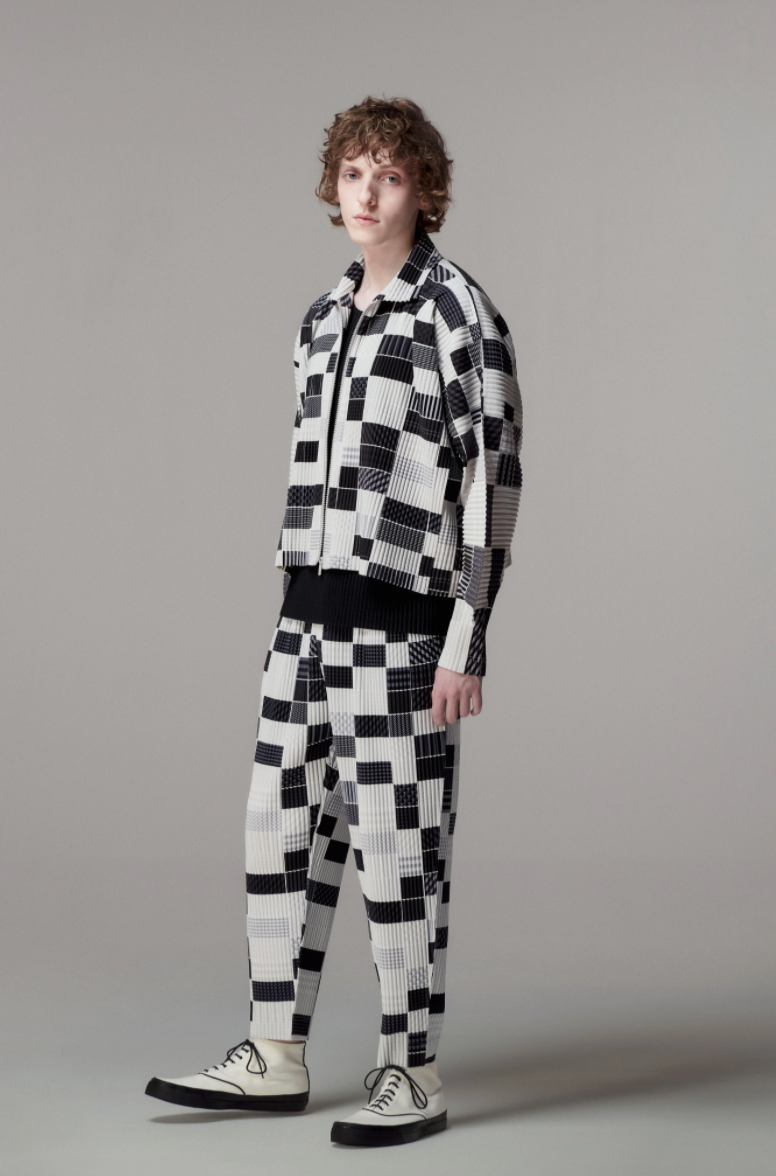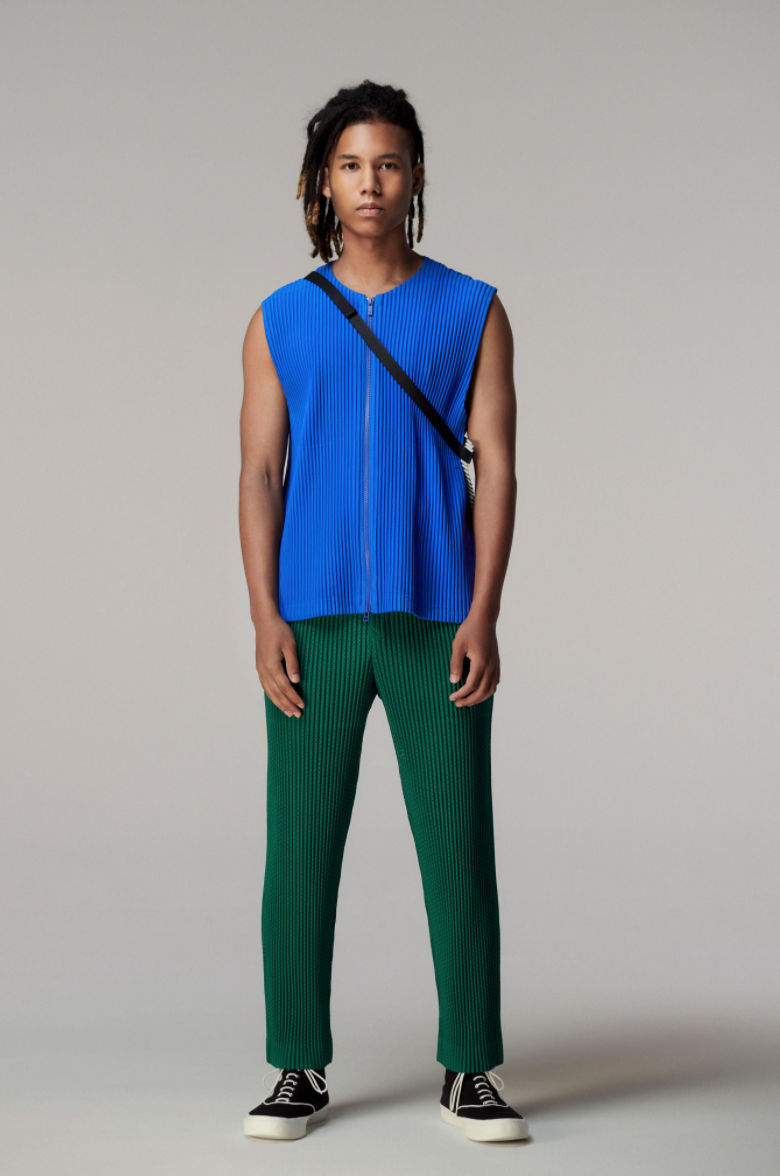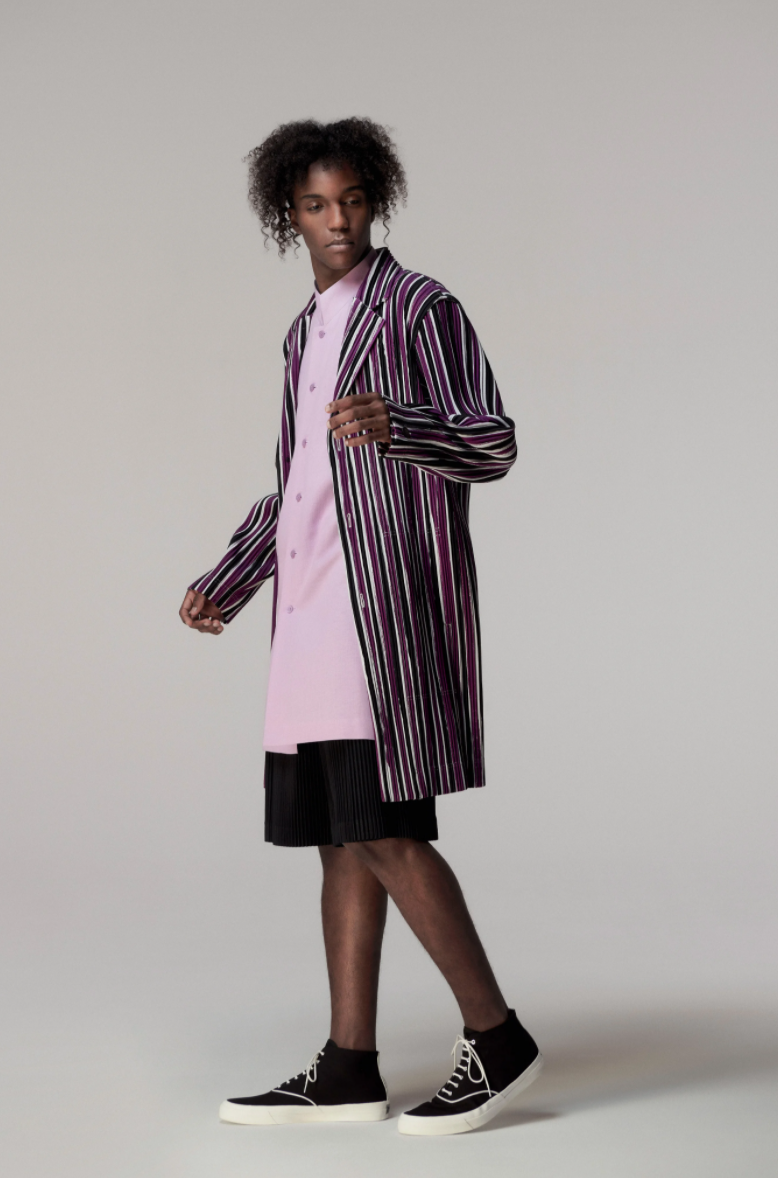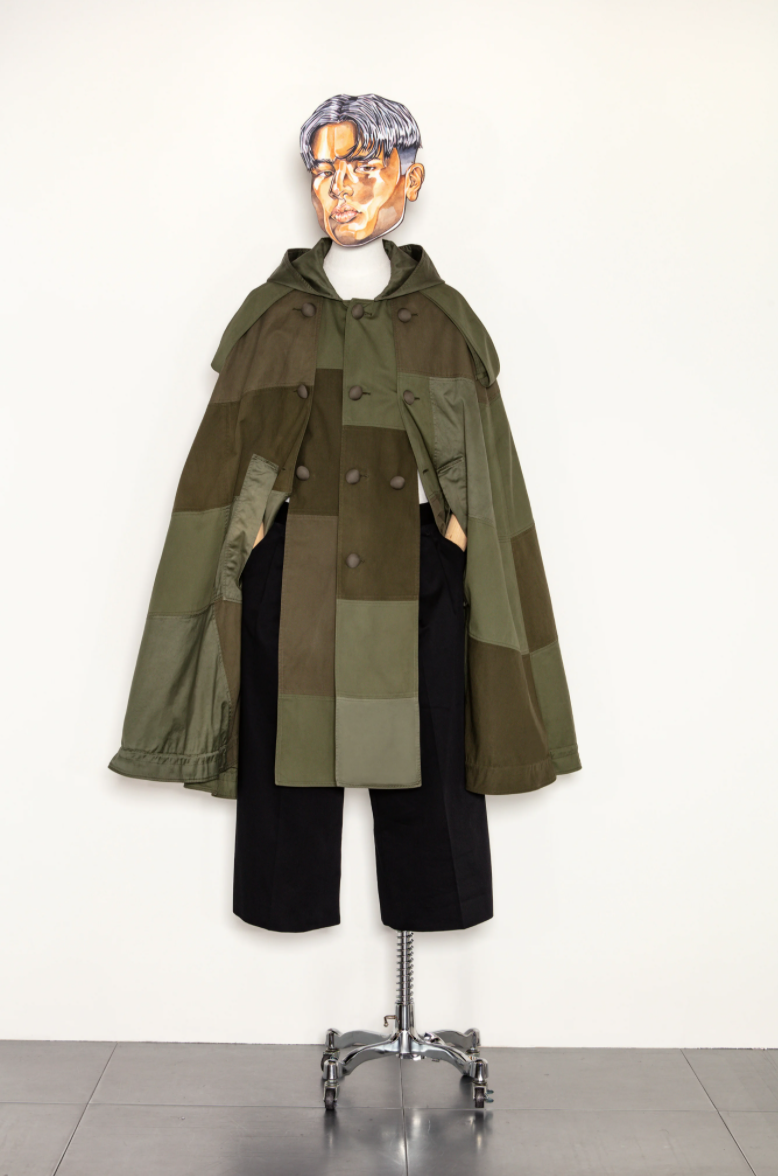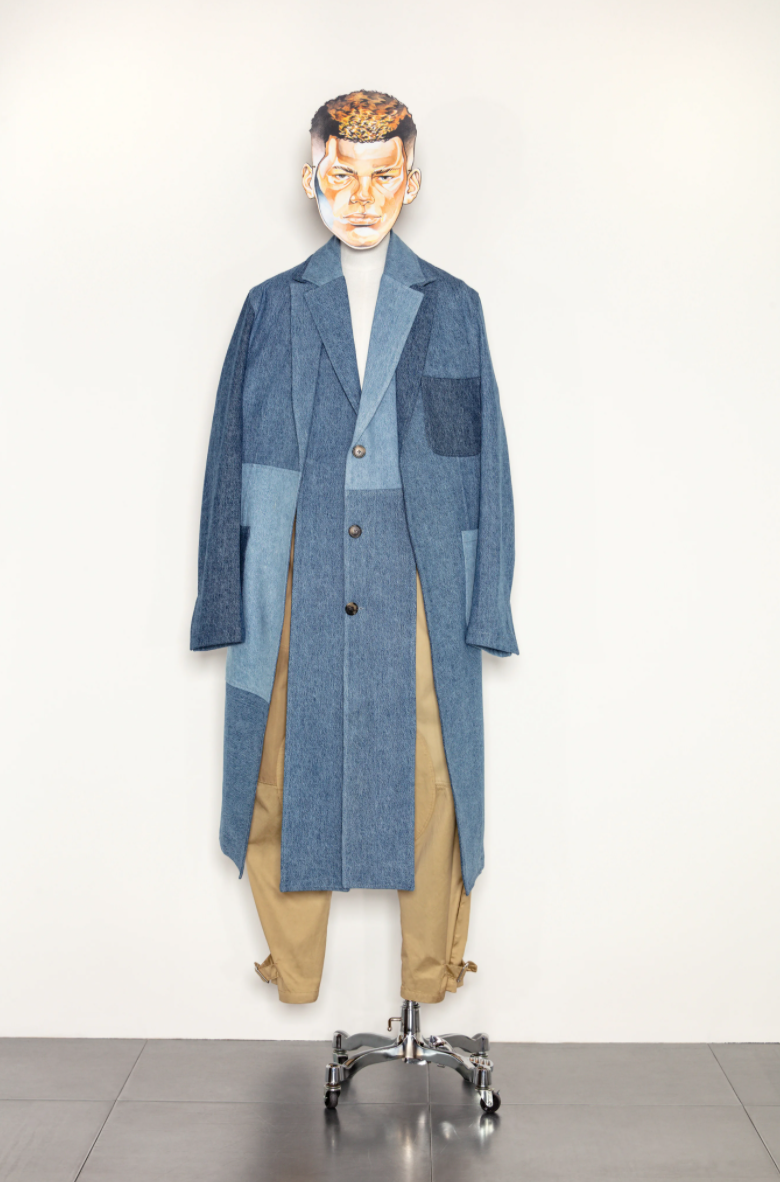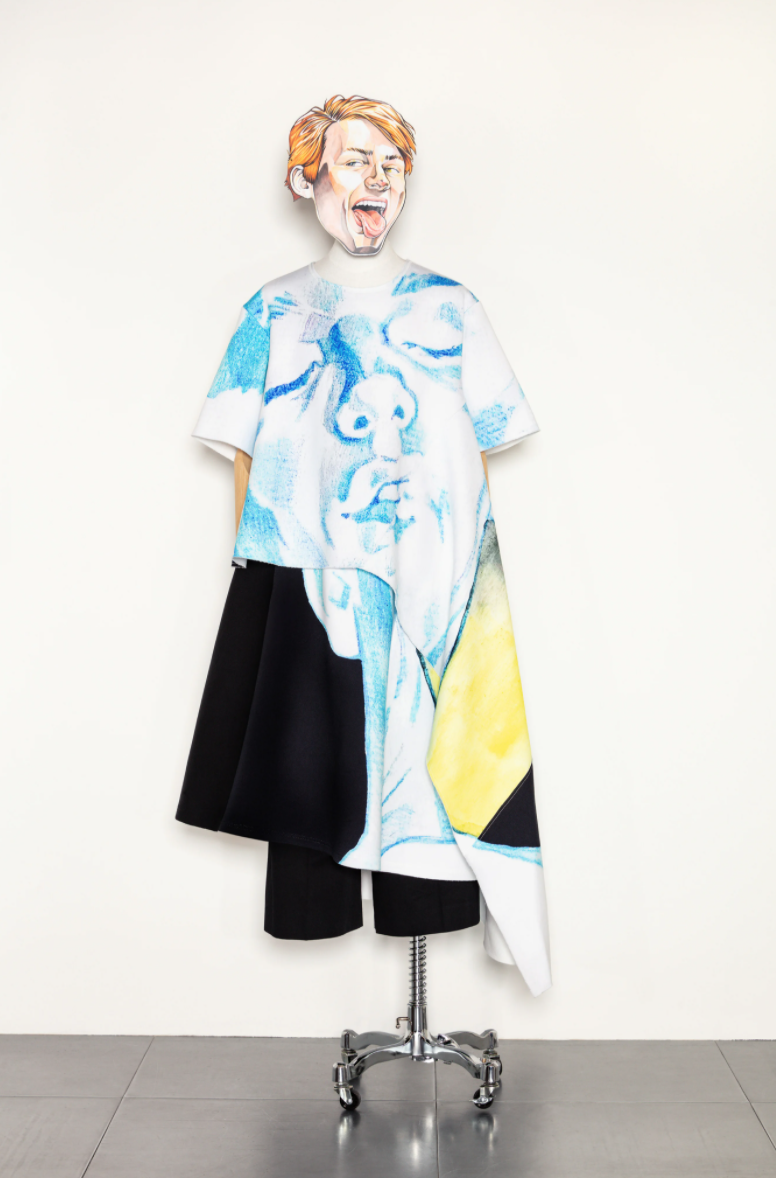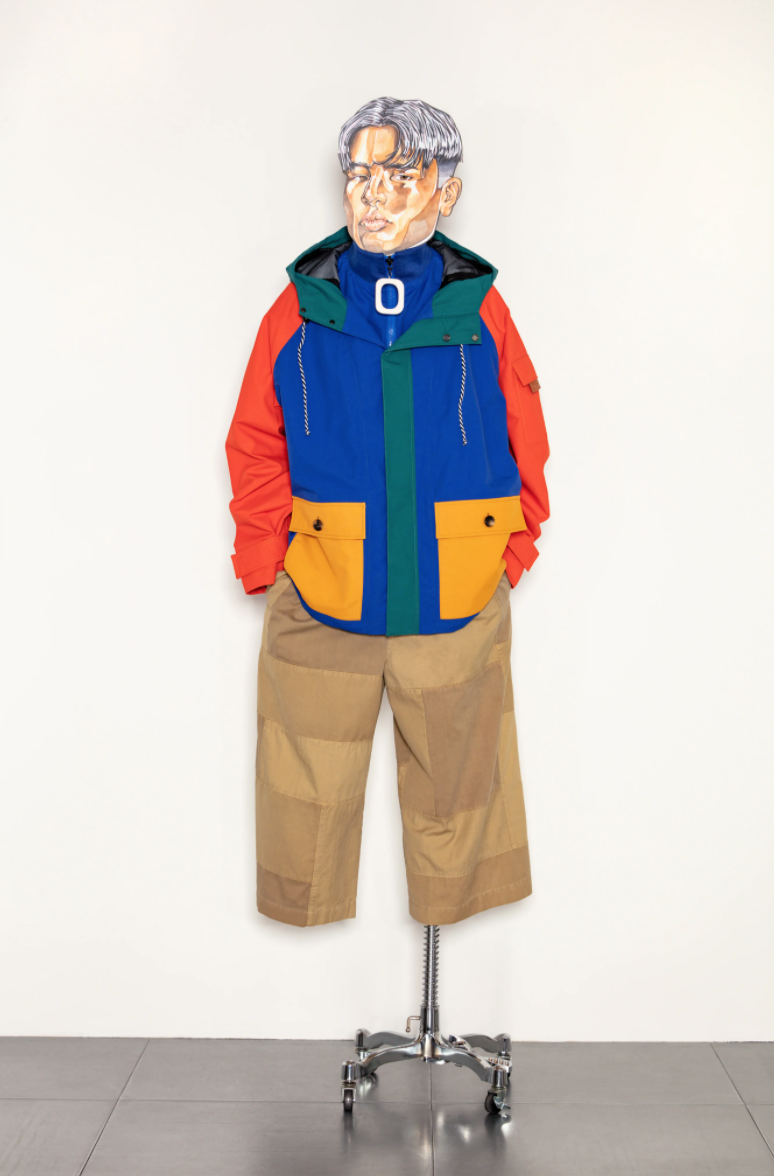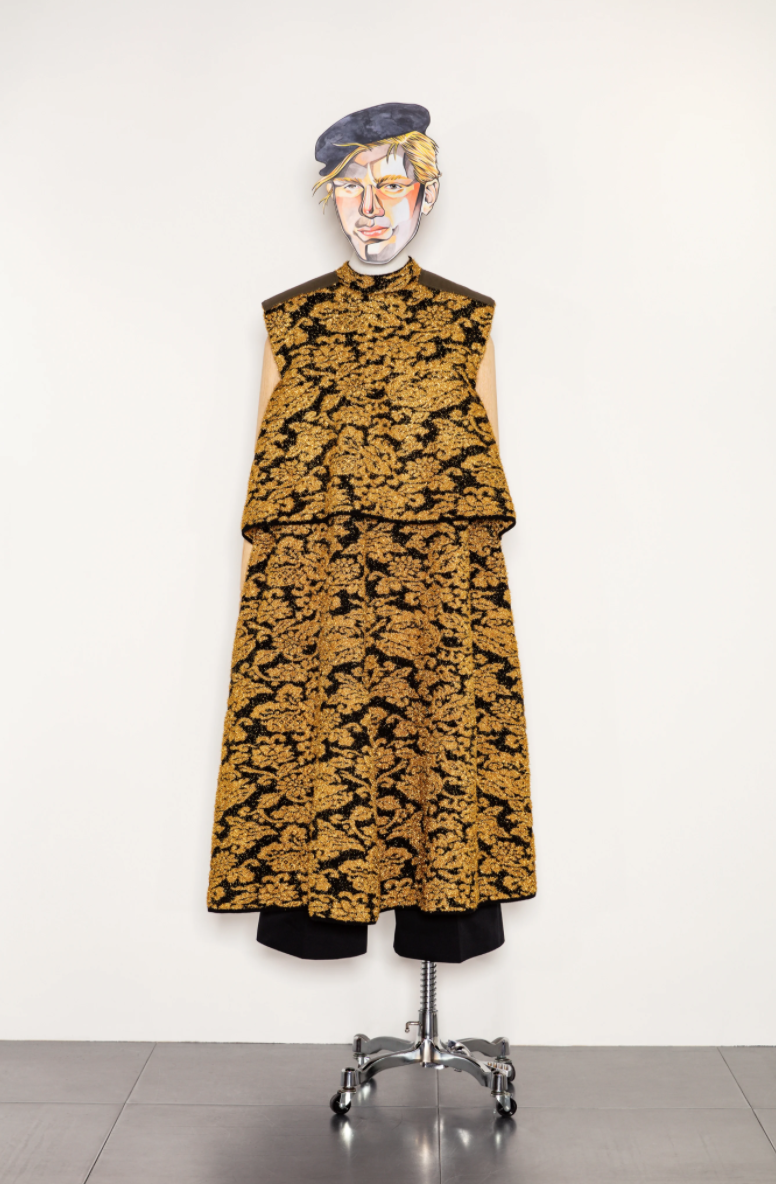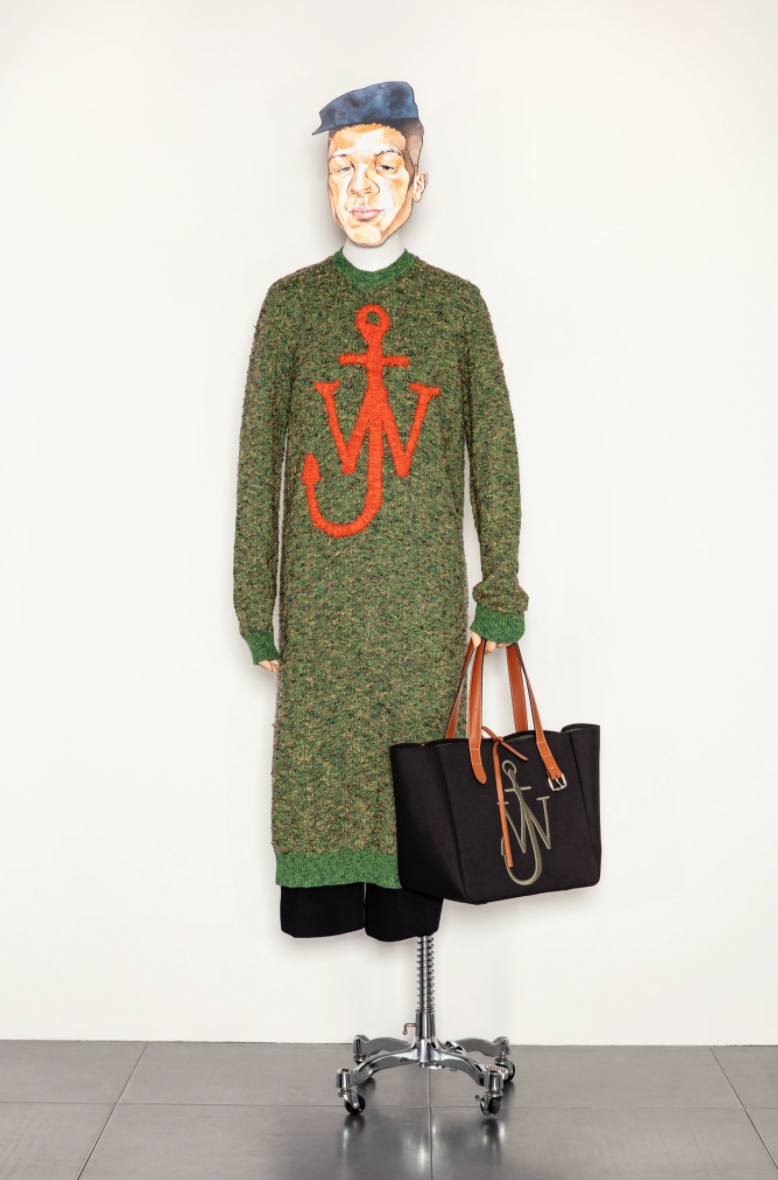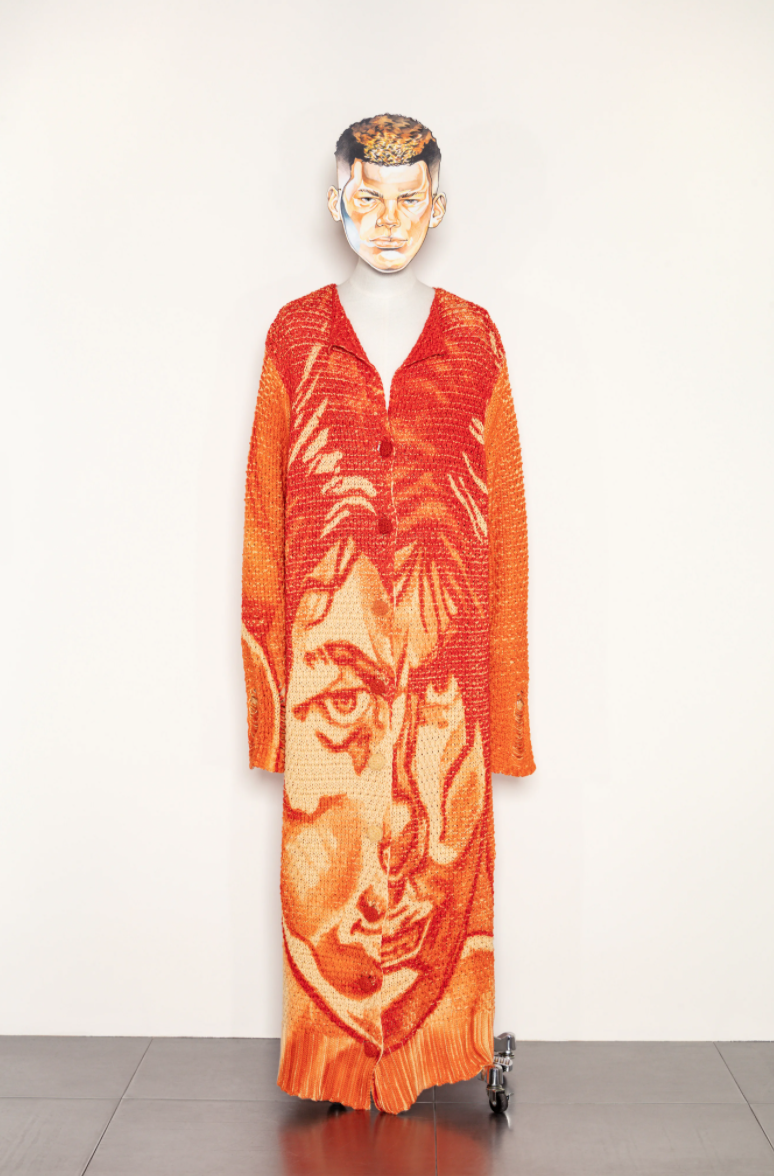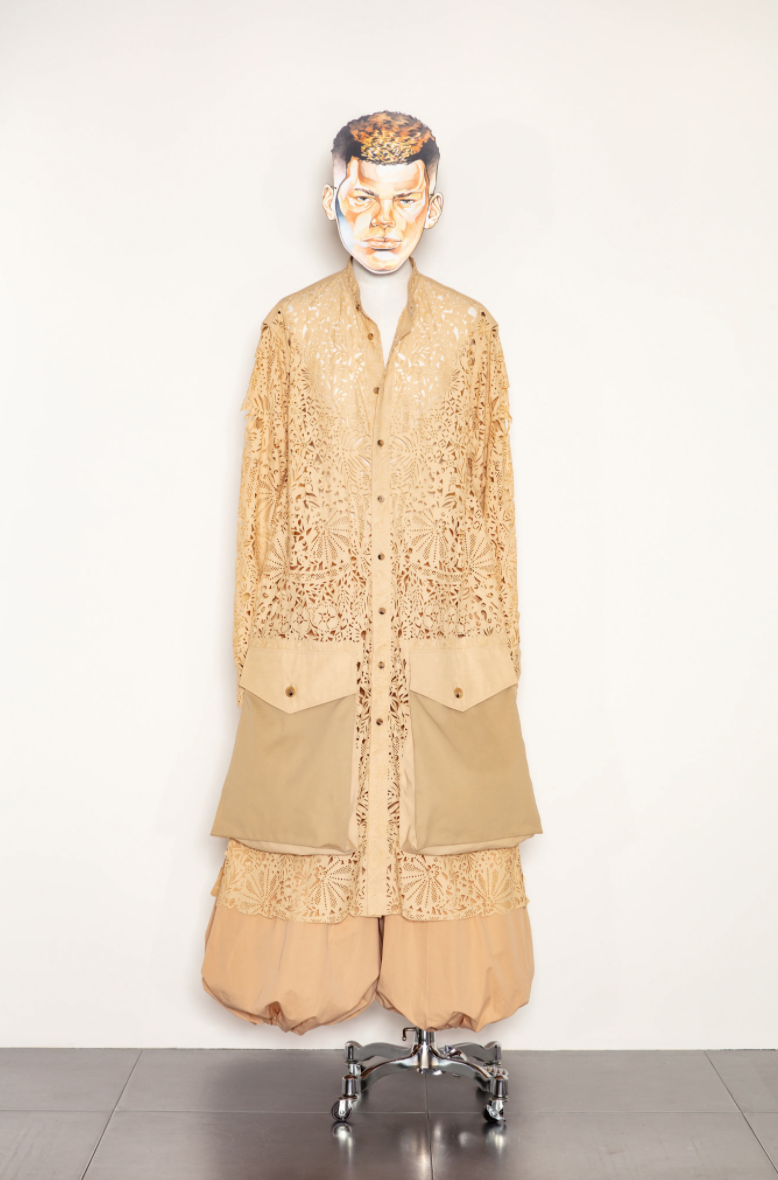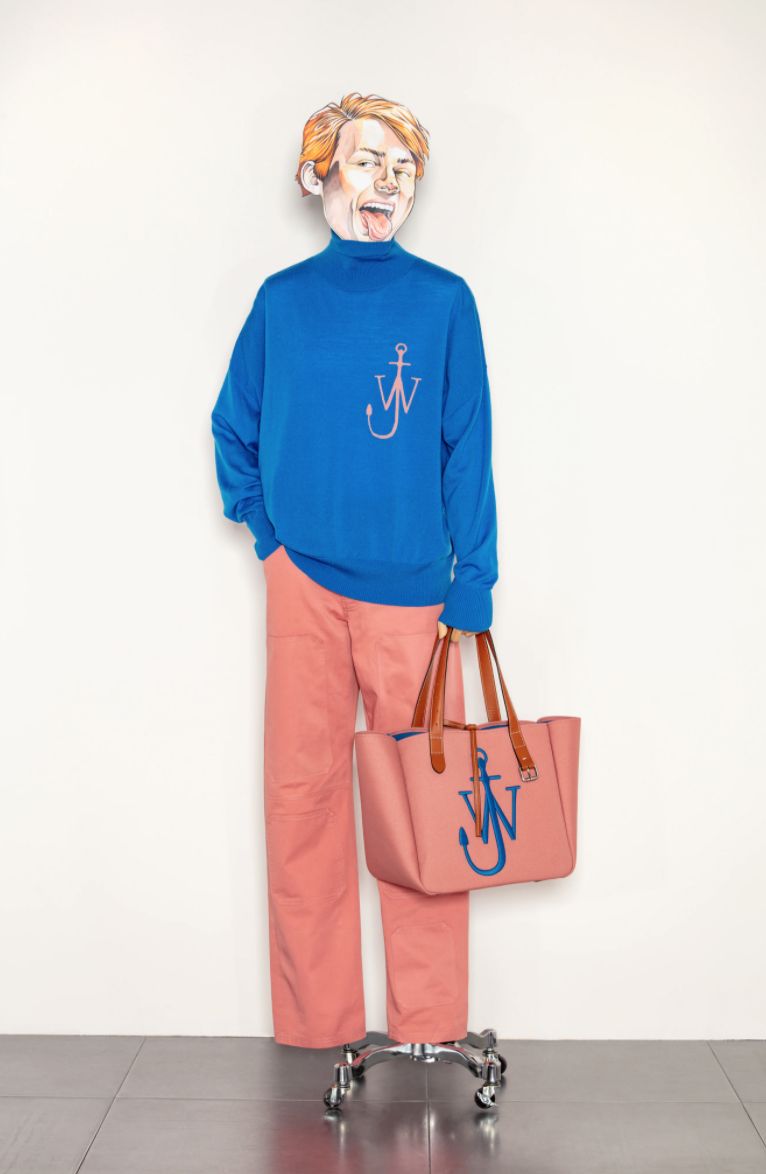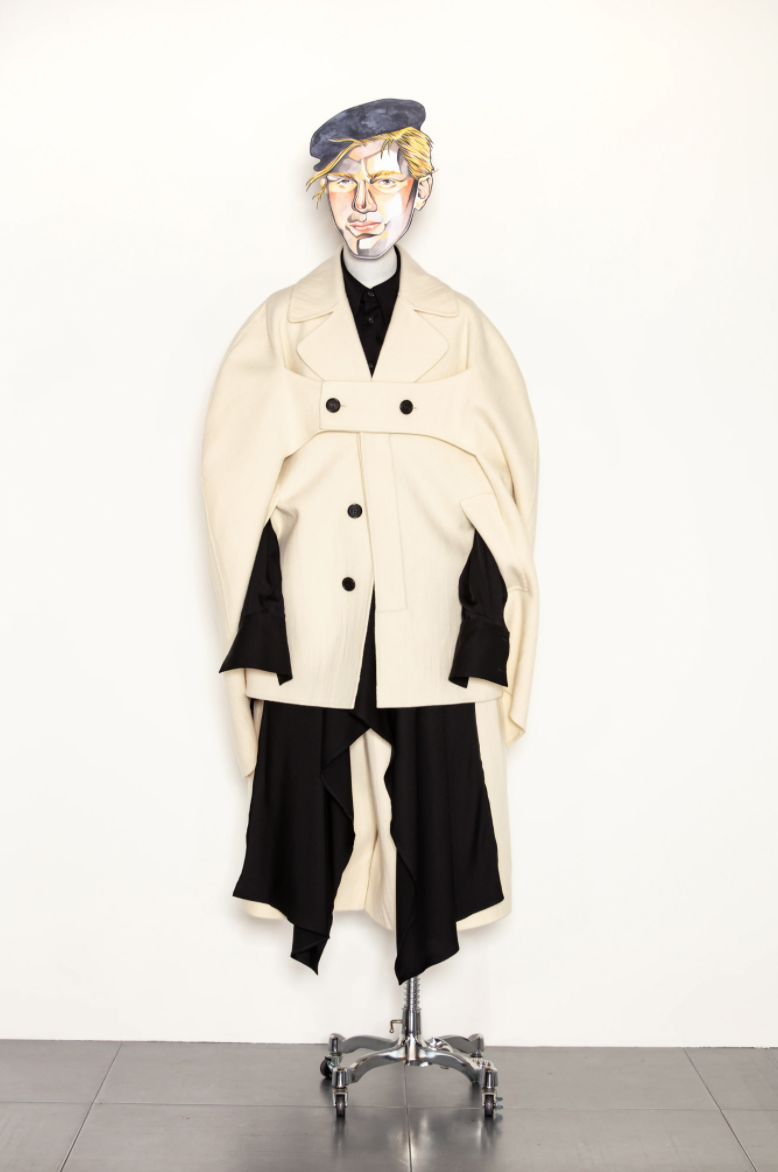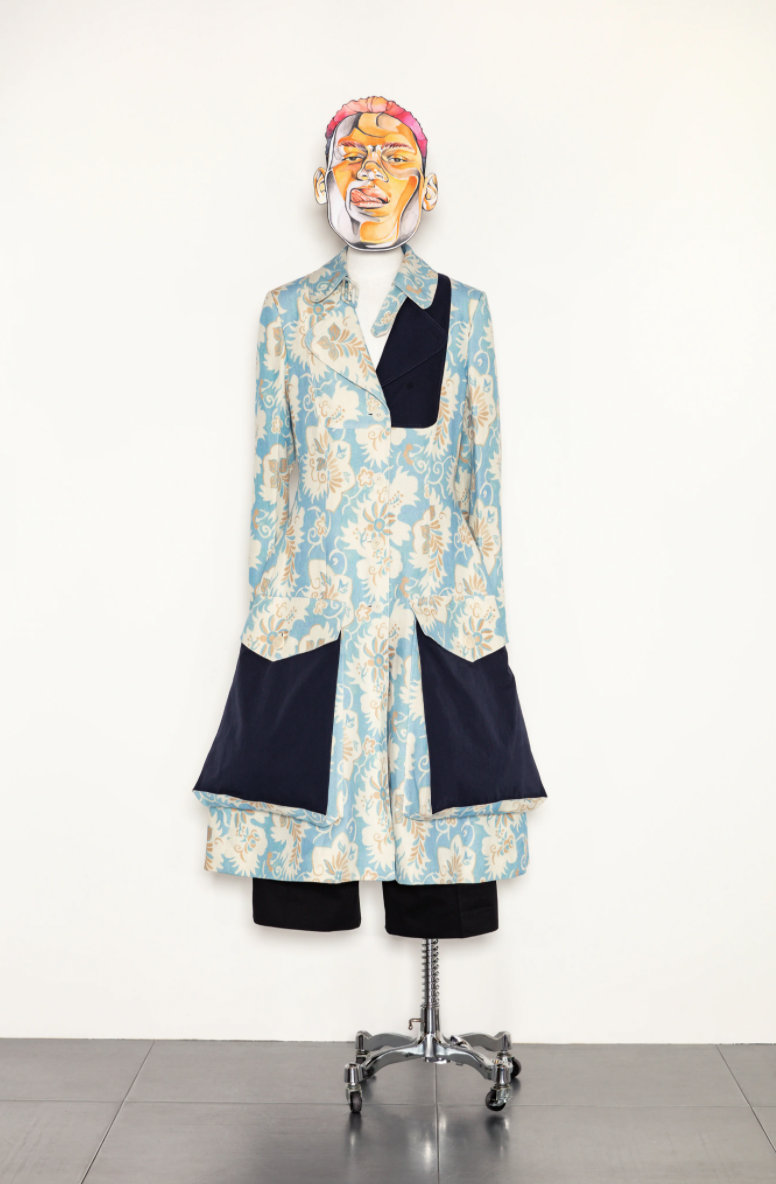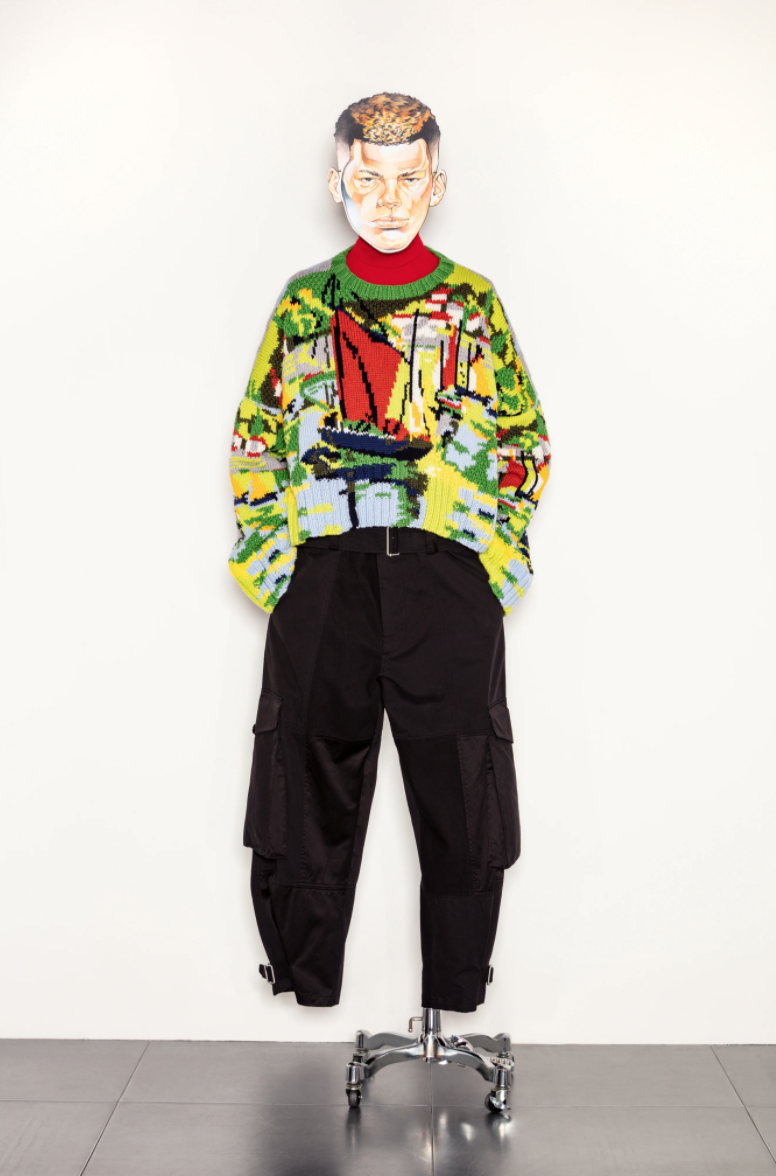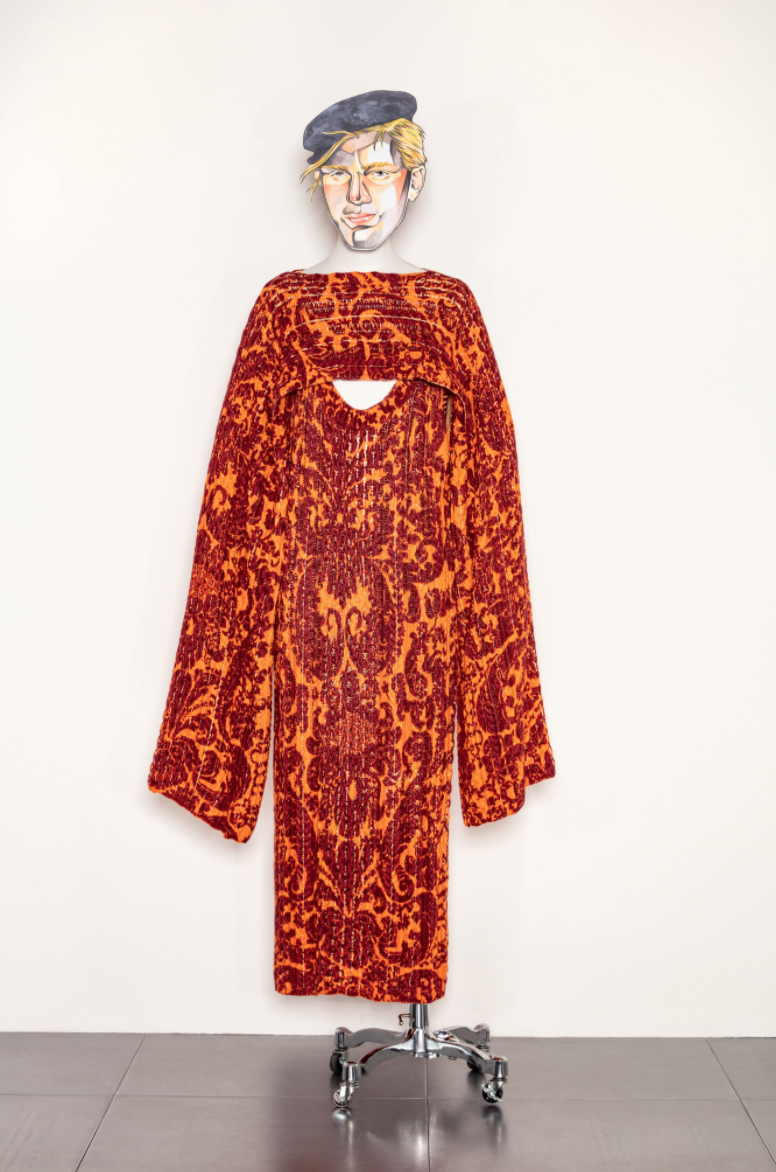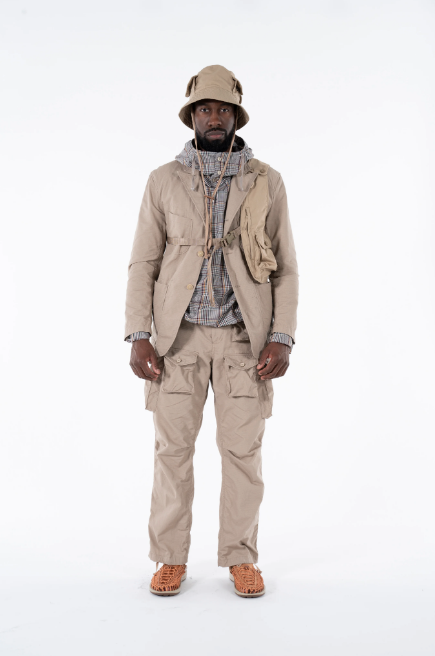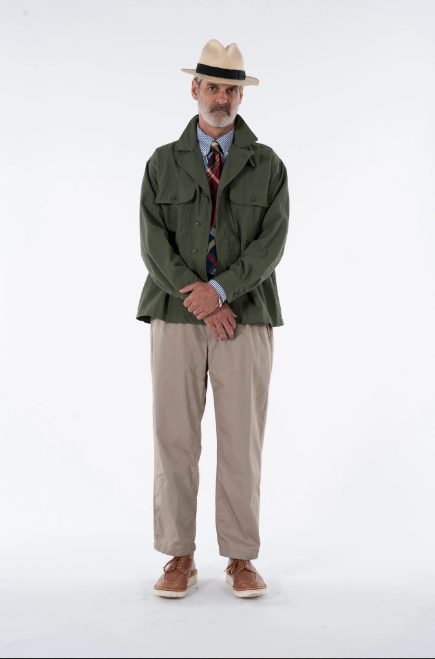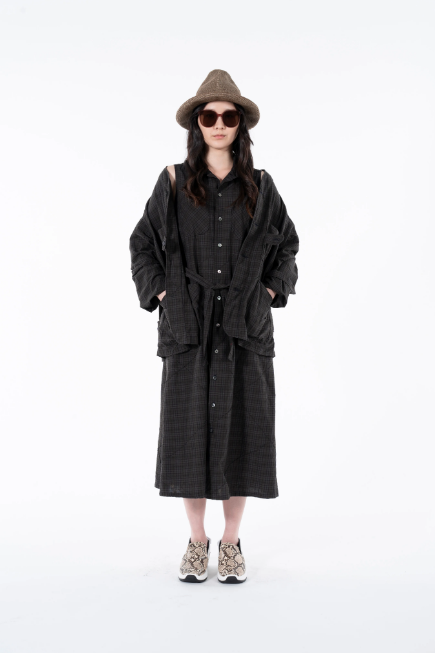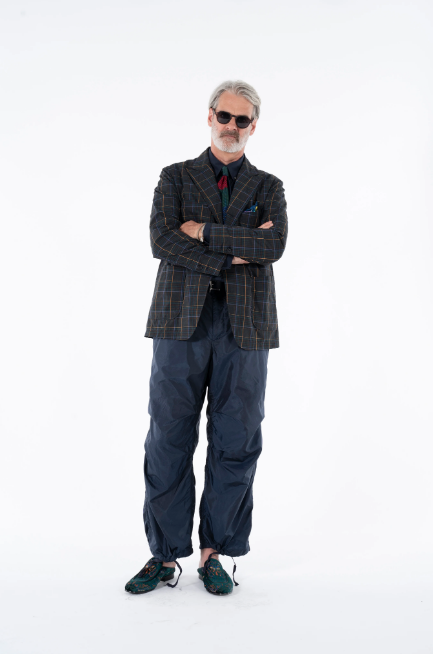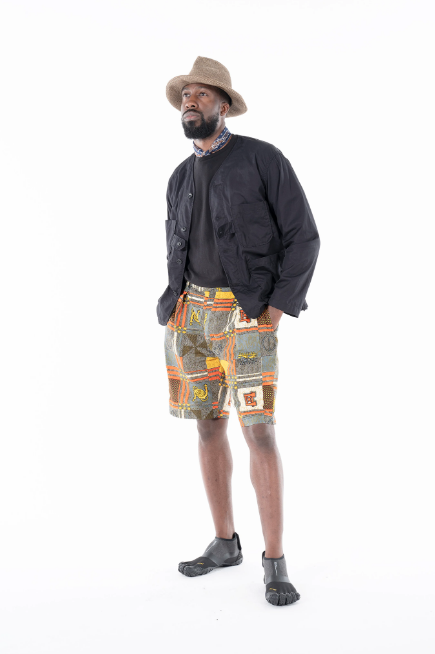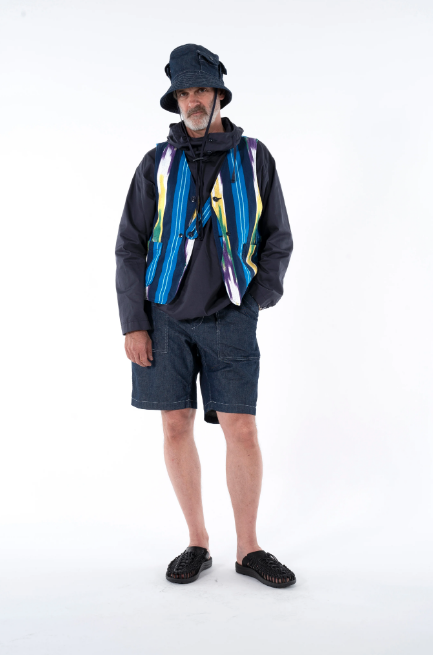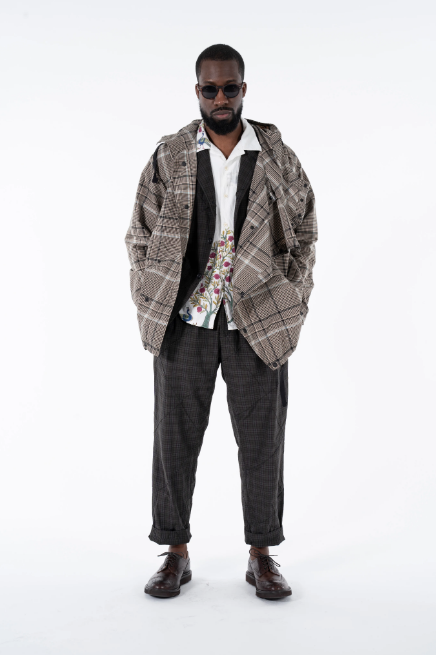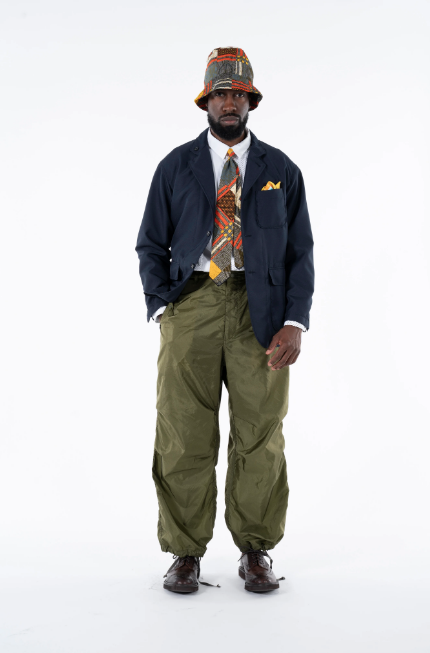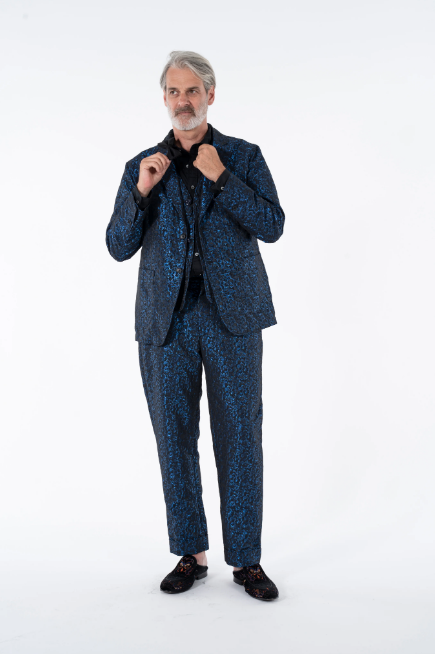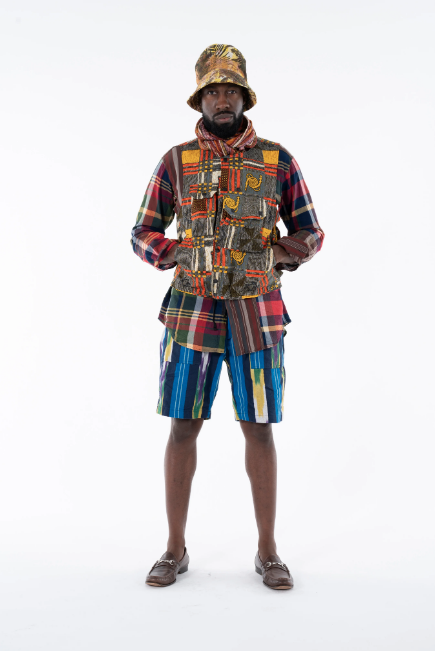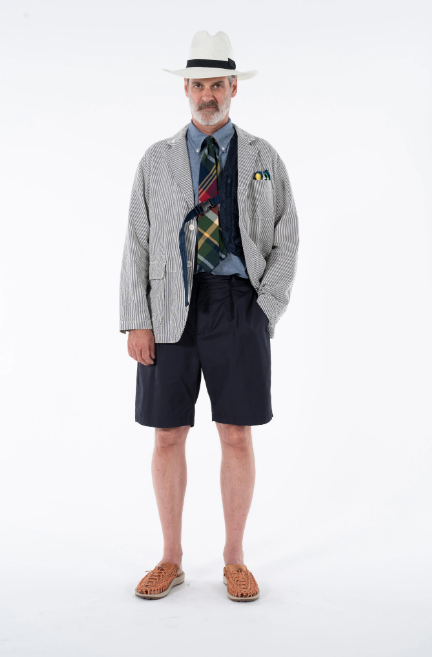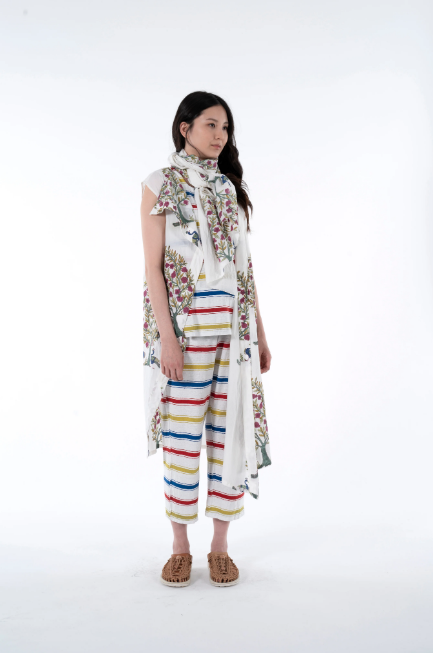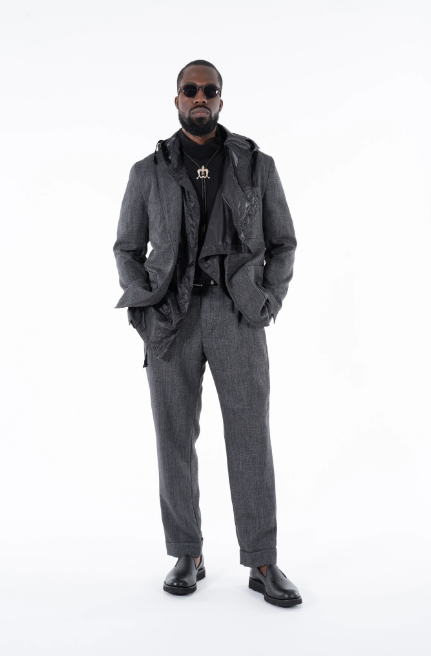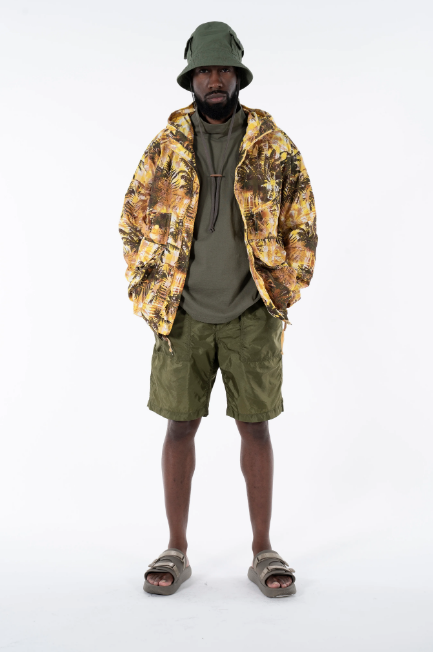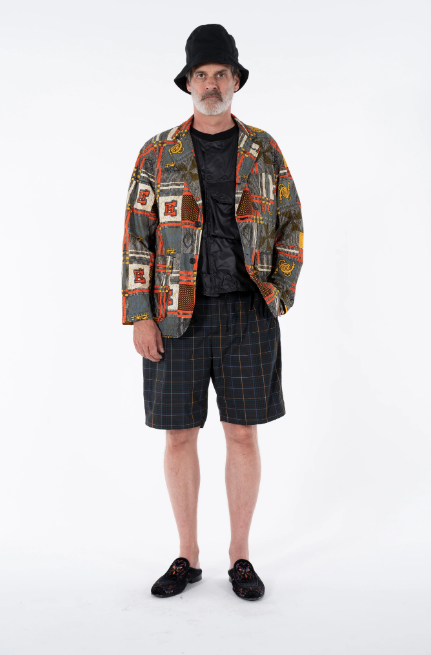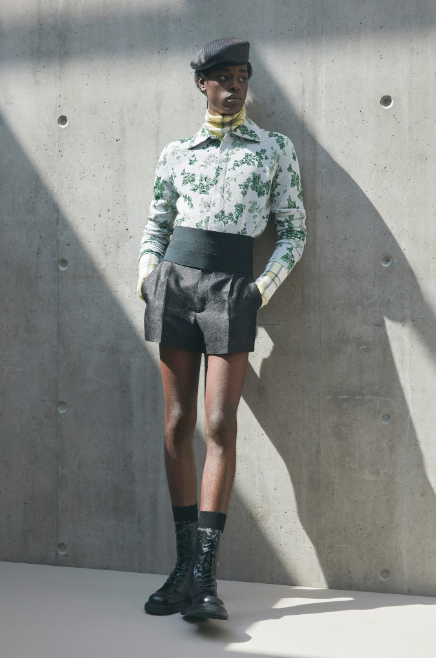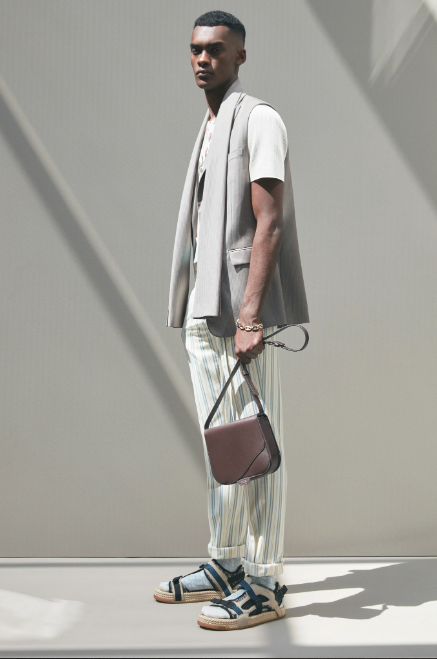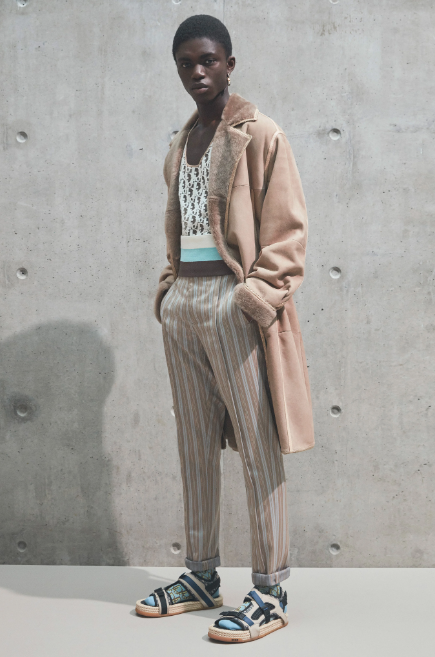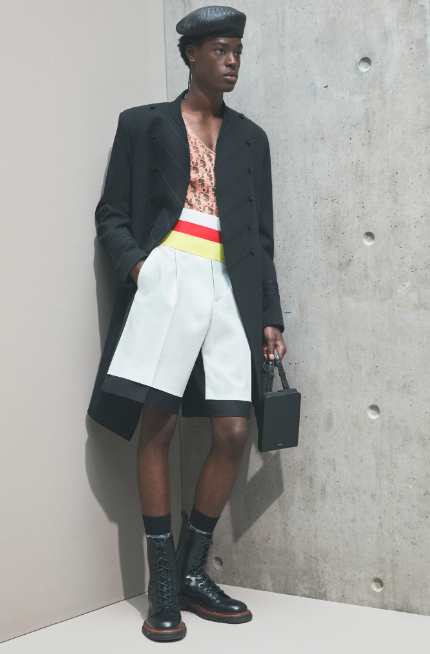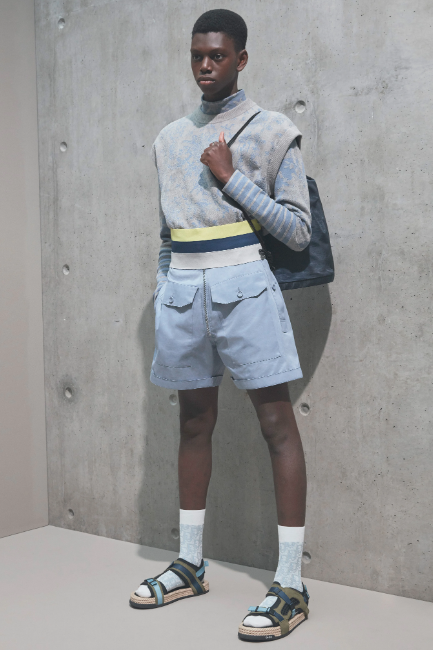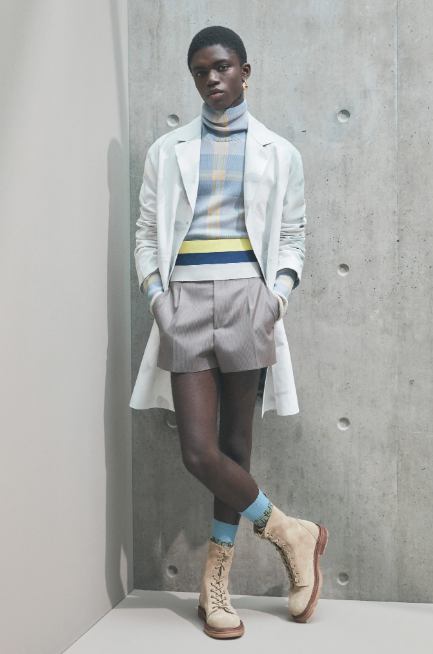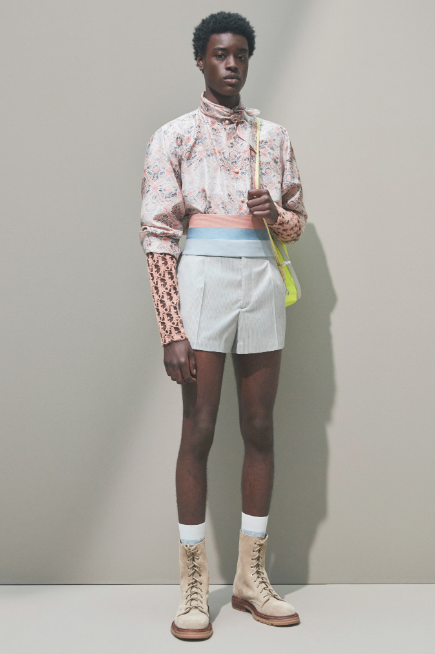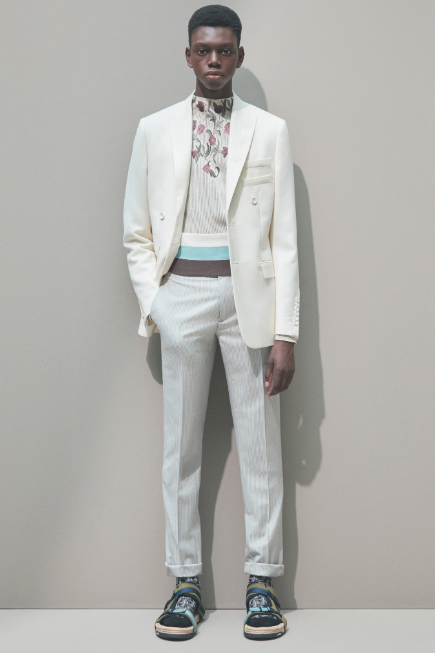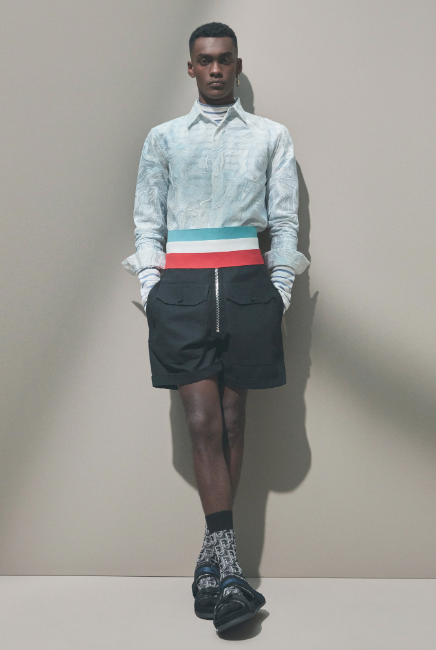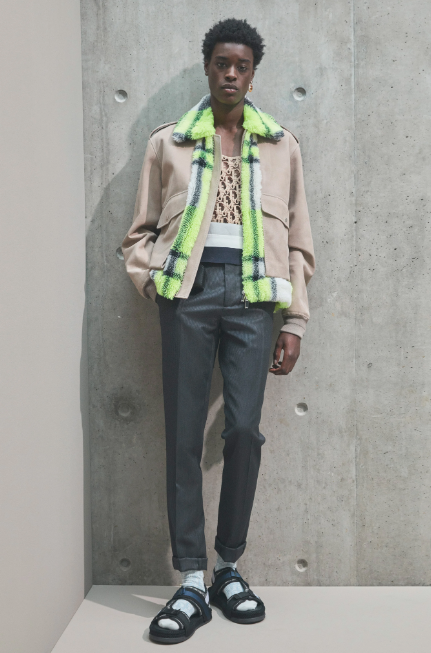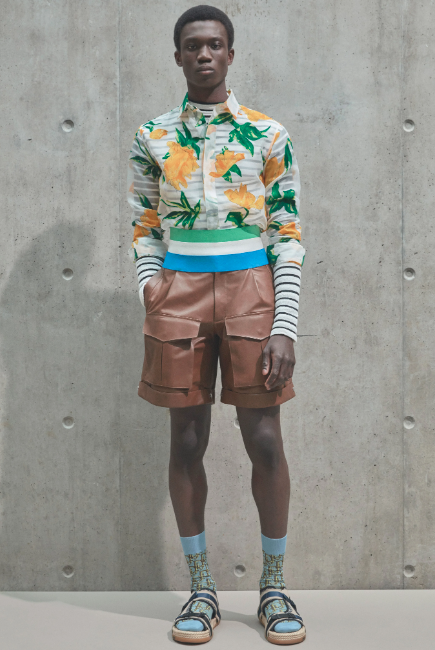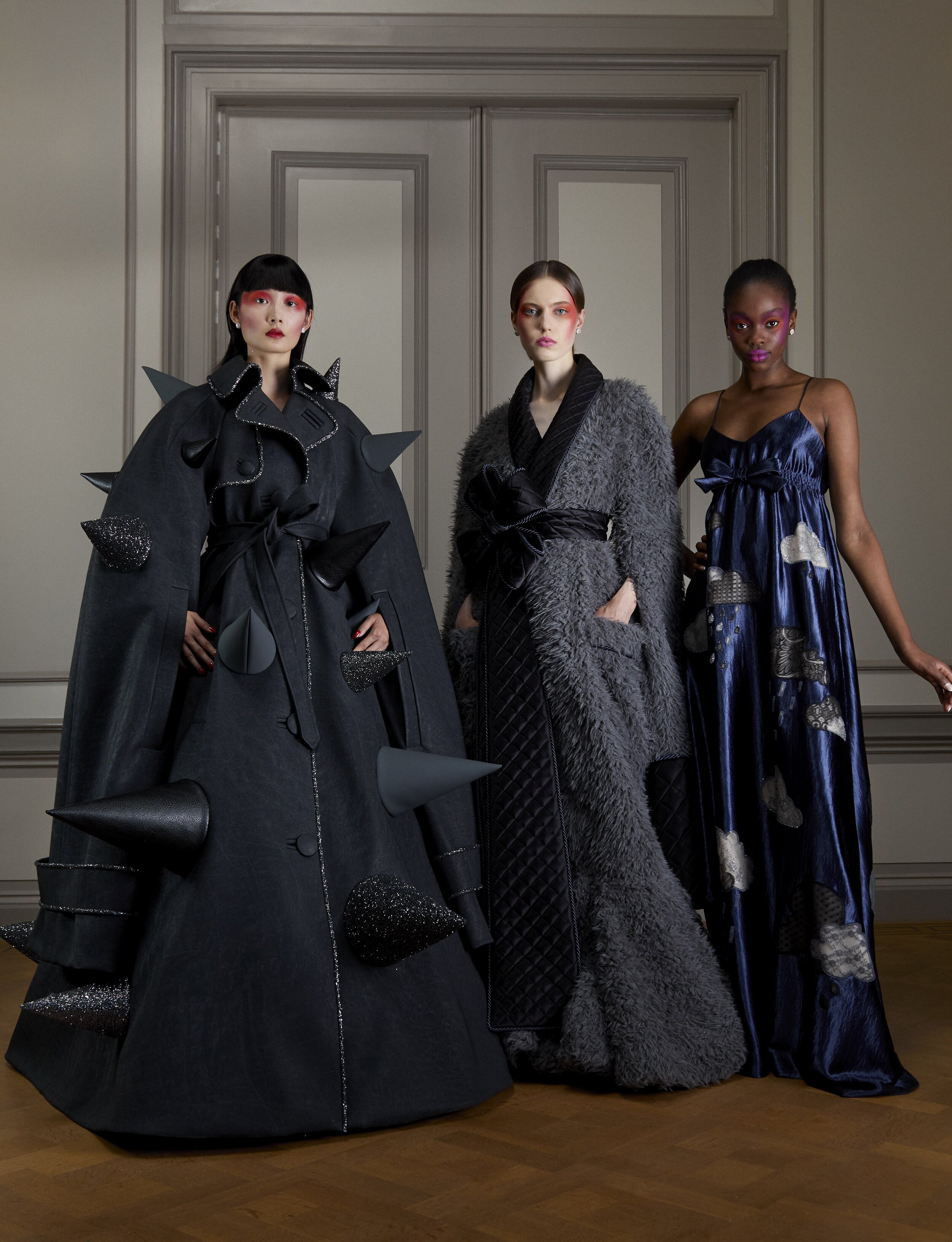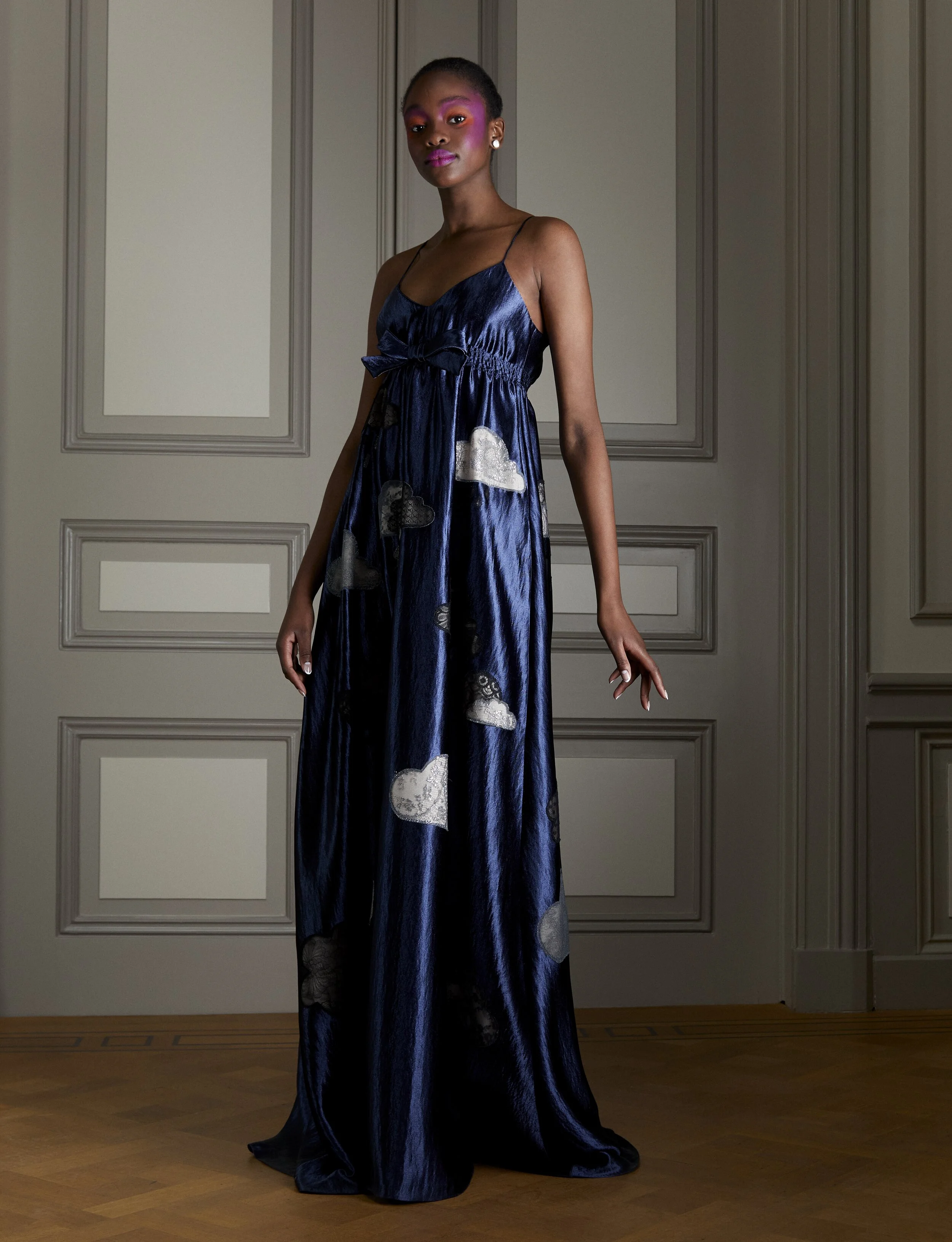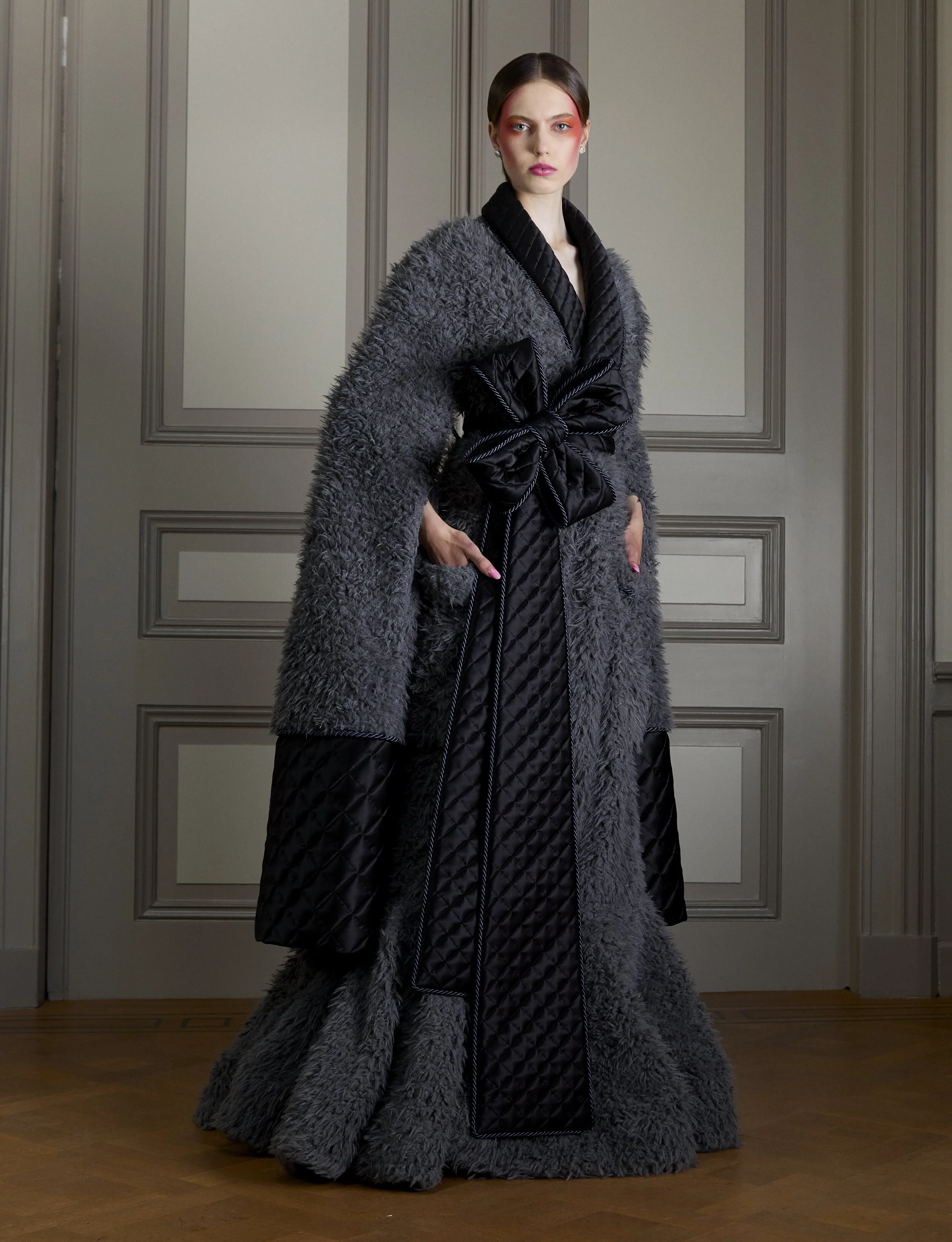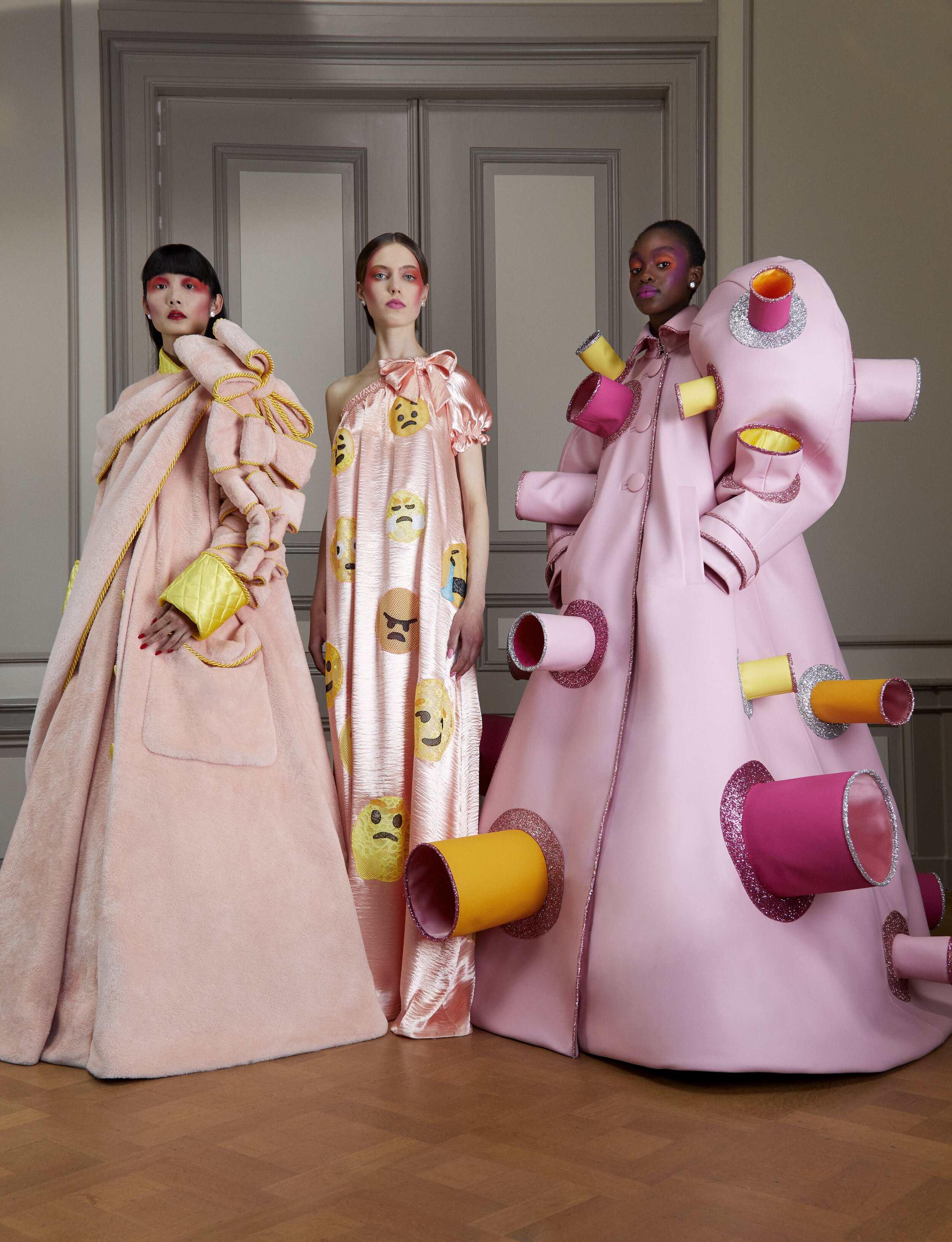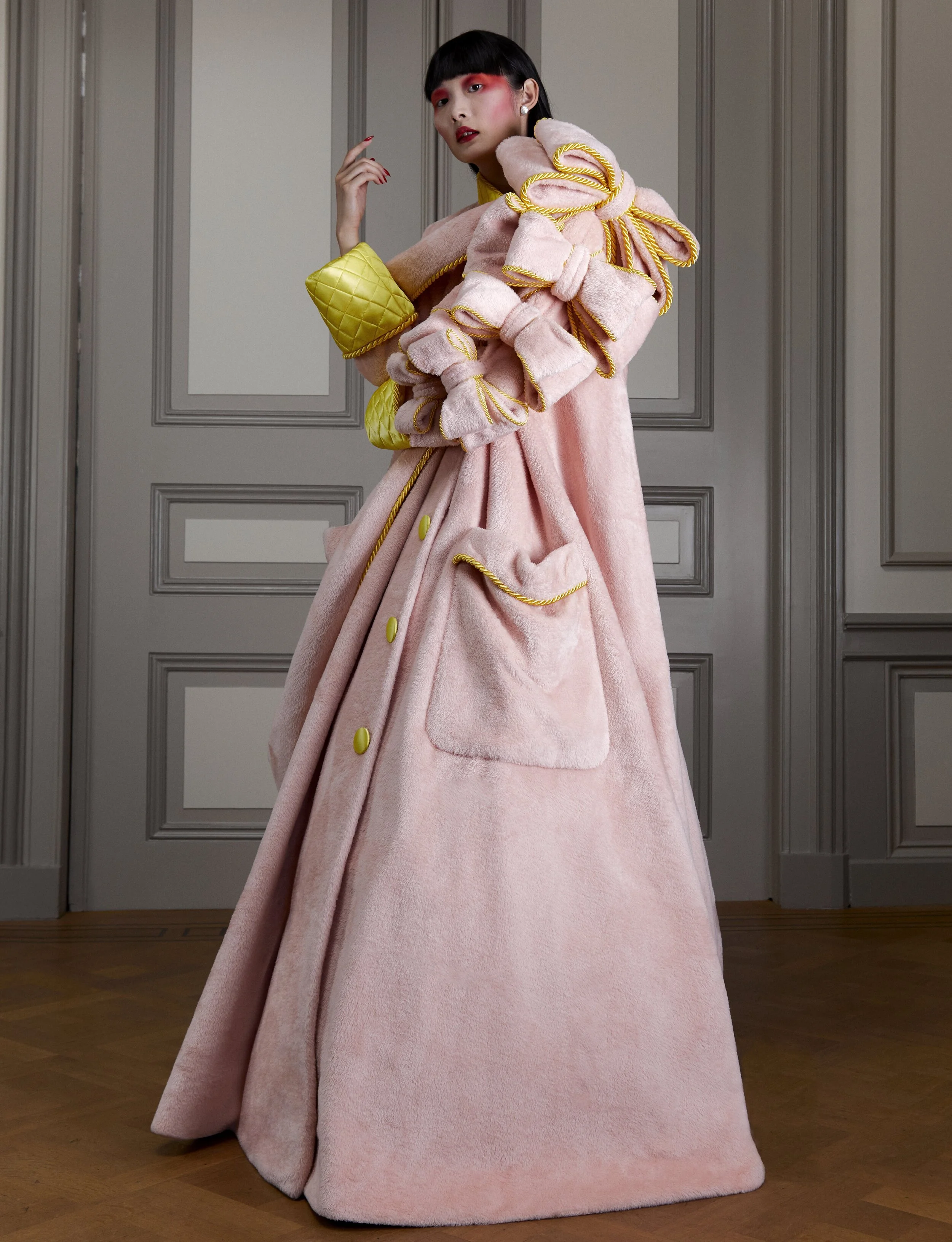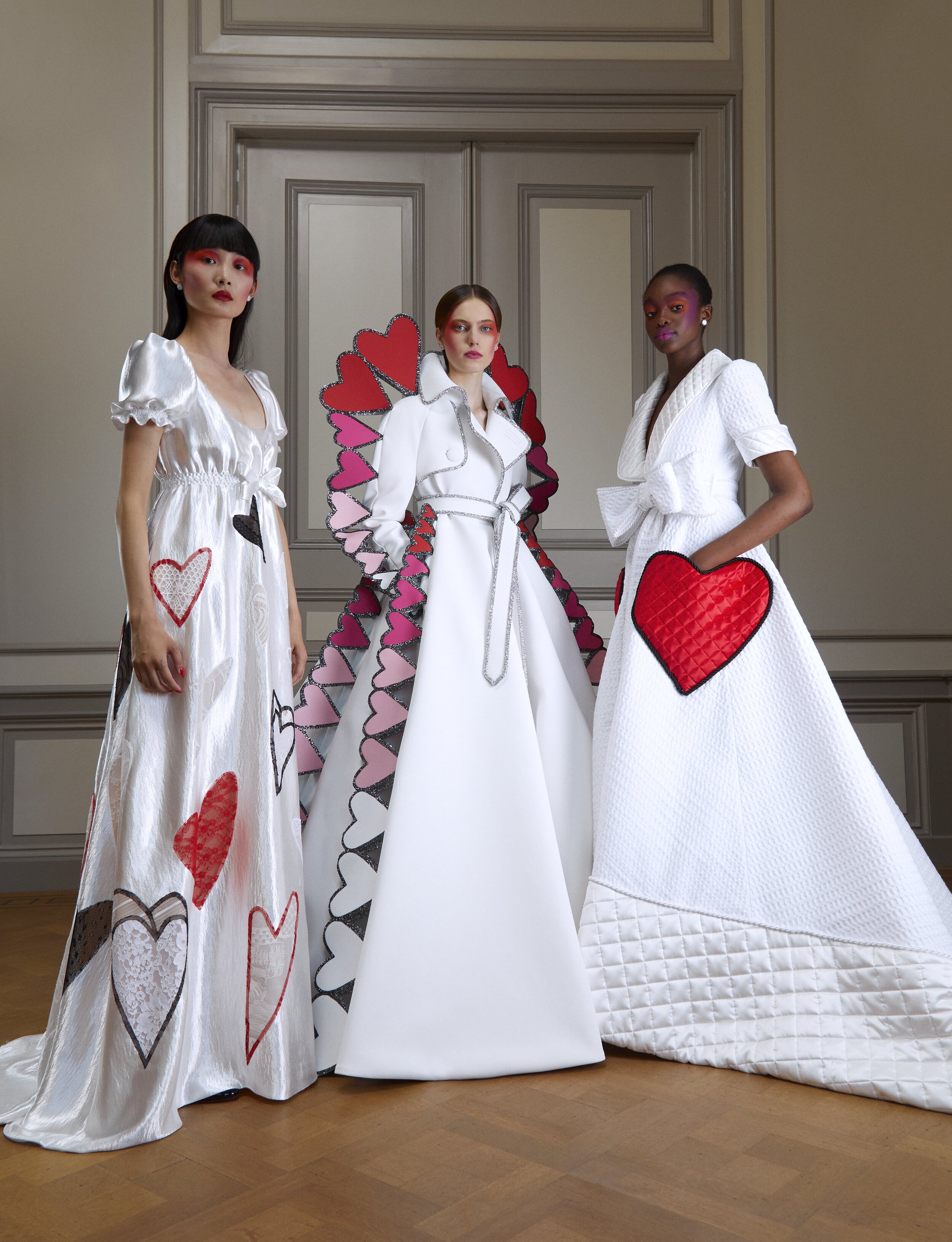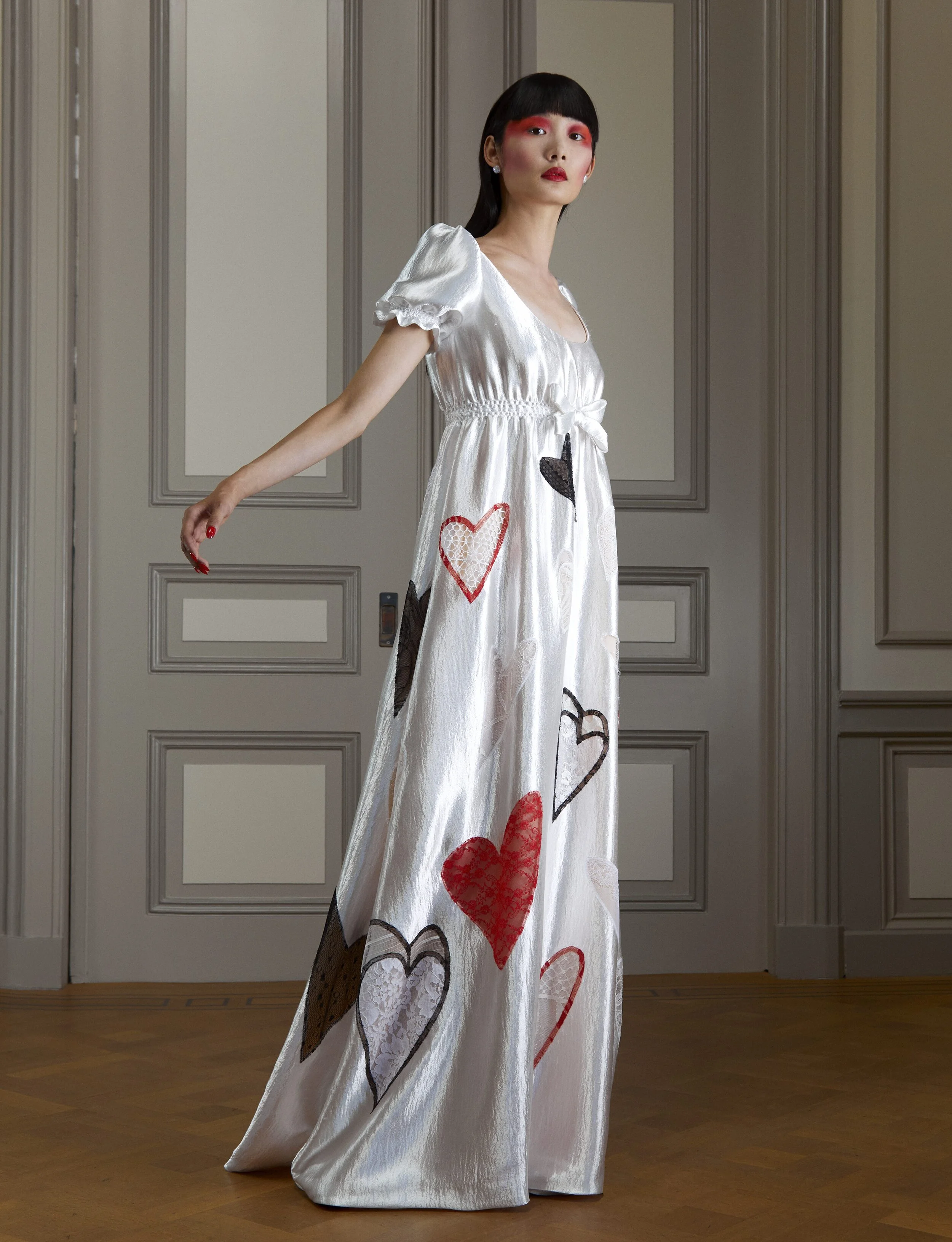Loewe Spring 2021 Menswear
/Fashion people have been bandying about terms like ‘experiential,’ ‘immersive,’ ‘multi-platform’ and ‘digital’ for years, but only now—in the midst of the horrendous crisis of the pandemic—have creative people started breaking through the walls of all that jargon. What Jonathan Anderson orchestrated on July 12th around the launch of Loewe’s spring 2021 collection and its women’s pre-collection felt like a long-needed quantum leap into the new world of open-ended possibilities. Where would a designer who’s always talked about Loewe as ‘a cultural brand’ and his links with artists and artisans go? How can the truth of tactility and emotion be felt when no congregational live event is possible?
In a midday Zoom call, Anderson said that in the initial shock, he’d tussled with confronting how to carry on. “In the first two weeks of the lockdown, I hated being in the job I do. There’s been a couple of weeks where I’ve really struggled to know why I’m doing this; feeling powerless because you’re not saving lives, or because you’re part of a weird elite.” But then he rallied, “realizing you’re trying to save jobs through this, that there’s a whole ecosystem of families, people who’ve been making bags for generations.”
On one level, what he came up with felt like dipping into a 24-hour Jonathan Anderson-curated worldwide live summer festival of arts, crafts, and conversations on Loewe’s Instagram page and website. “My whole thing is to do something in each time zone,” he said, from his London home, around 12PM British Standard Time. The program rolled from Beijing time onwards, connecting with (amongst others) crafts-collaborators Kayo Ando, who showed the art of Shibori, paper artist Shin Tanaka from Japan and the basketweave artist Idoia Cuesta in Galicia, Spain. There was music curated by Adam Bainbridge (aka Kindness), who showcased a calming ‘medley’ comprising different versions of Finnish musician Pekka Pohjola’s Madness Subsides, performed by Park Jiha in Korea, performer and producer Starchild, French-Malagasy pianist and bandleader Mathis Picard, and American harpist Ahya Simone. Lots more roved through live chats between Anderson and the actor Josh O’Connor, and, later, a conversation with contemporary textile artists Igshaan Adams, Diedrick Brackens, Anne Low, and Josh Fraught.
And on another level, there was the Loewe Show-in-a-Box, a cache of paper-art discoveries delivered as a tactile substitute runway experience to the doorsteps of the people who’d ordinarily have trooped to Paris for the show in the Before Times. It was a grander follow-up to the JW Anderson show-box he sent around last week. This one was a large linen-covered box file. Inside was a pop-up show set, a flip-book of photos of the clothes on mannequins, a paper-pattern of one of the garments, print-outs of sunglasses to try on, textile samples, a set of paper pineapple bags and looks to stick together to make your own 3D ‘models,’ and a pamphlet listing Anderson’s art history inspirations. Slipped alongside was a packet of cut-out paper portrait silhouettes he’d had made of Loewe staff members. “I like that they’re kind of immortalized in this moment,” he said.
For Anderson, it’s been a way of honoring the people who make, the crafts that are involved, and the sea-changes in emotion being wrought in these weird times—as well as capturing it all for posterity in the form of an object, something that a 20-minute runway event never could. “For everyone who’s turned up at my shows for the past 10 years, I’d like them to say ‘Oh, this is how we dealt with it,’ instead of it being visual content that we don’t keep.”
With their sculptural volumes, twisting, looping, and wrapping forms, both collections read as Anderson’s push to convey the 3D presence of garments through the limitations of a flat, 2D medium of communication. Some of his references had been taken from El Greco and Velázquez, and his absorption of high Spanish art in the Prado in Madrid; others from his admiration of Issey Miyake’s pleats, and from wanting to showcase the painstaking handcrafts his collaborators bring. The leather-workers helped him evolve a basket-weave top and a soft, suspended bag that folds itself around one side of the body like an apron. The Japanese Shibori print radiates from the side of a tunic.
“I have actually really enjoyed this process. It has made me be way more humble about who I am in this industry,” he concluded. “If I look at before the pandemic, I was slightly struggling. I was going out to prove that we are doing something. I think what’s been good about doing this is that I’m closer to the people who make the bags, to the pattern cutter.” Holding it all together in the digital space is turning out to mean more sharing of the glory, less behind-closed-doors mystique, more proof of the humanity, time, and ingenuity that goes into making things, he believes. “I think that fashion now has to get rid of all the layers and just say, ‘This is what this brand does, and we’re going to do it with conviction.’ It has to be real. I think it’s bigger than the collection. I’m really proud of it because it’s very honest, it’s our humility. And it’s actually about finding that I love what I do.”
Source: Vogue
FASHIONADO


